Last Updated on April 25, 2023
This September I had the privilege to take a road trip through southern Europe and the Western Balkans: Slovenia, Croatia, Montenegro, Albania and Bosnia and Herzegovina. While I had been in Croatia before, the others were new to me, and I was excited to explore them.
We took my boyfriends car in northern Italy and drove all the way, sleeping in our tent, Airbnb’s or small guesthouses while enjoying the changing landscapes. The entire trip took us one month but could be so much longer since every place is worth spending more time to discover it in depth.

Route
Our route through the Balkans started in the National Park Triglav in Slovenia for the weekend. Then we headed south to the island Cres in Croatia to spend a week there followed by the historic cities Trogir and Dubrovnik. After that we spent another week in Kotor Bay in Montenegro and drove all along the coast until Albania, where we visited Shkoder and Theth in the mountains.
To explore the eastern area of Montenegro we headed to the Durmitor National Park and then continued our trip to Sarajevo and Mostar in Bosnia and Herzegovina. Our final stop was in Rijeka, Croatia and then we went back to Italy.
Slovenia
National Park Triglav
The Triglav National Park is the only national park of Slovenia and one of the oldest of Europe. It’s bordering Italy and located in the Julian Alps that are known for their impressive mountains, alpine lakes and outdoor sports paradise. While there are many activities to pursue, we decided to visit the southeastern area of the national park to enjoy a chill weekend by the lake Bohinj, which is the largest glacial lake of Slovenia.
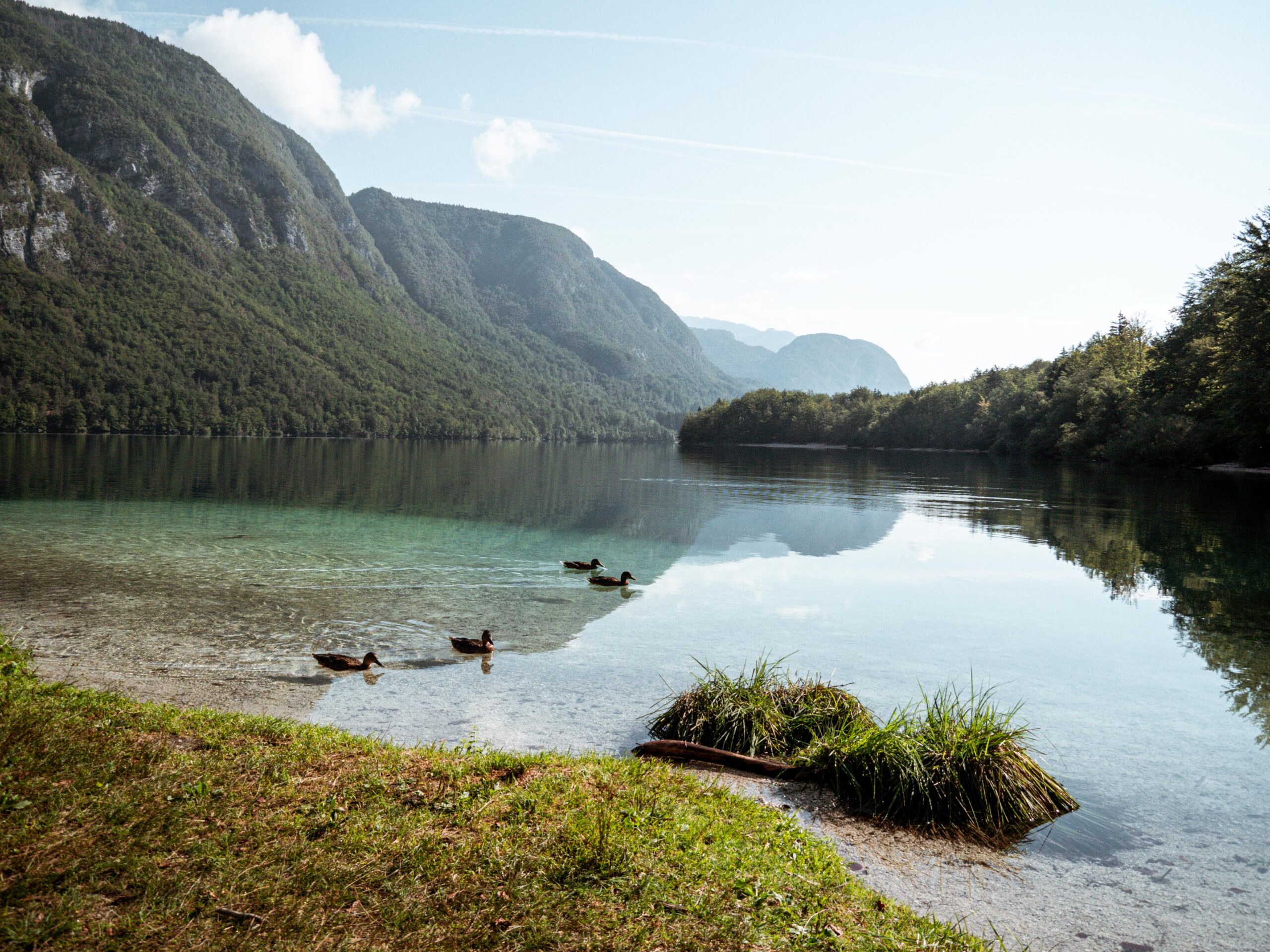
For 2 nights we camped at Camp Bohinj, a lovely outdoor camp next to the lake. It’s suitable for camper vans and tents, and it is possible to camp directly in the forest without squared slots for the tent. This way we were able to enjoy our morning coffee by the lake followed by a refreshing swim in the water and some SUP, which you can rent at the campsite. In the evening we took a sunset walk following the Zlatorog Fairy Trail through the forest which was leading along cow fields and a river.
Another lake is located just a 30-minute drive from Lake Bohinj and is probably the most famous one of Slovenia. Lake Bled is known for its natural island in the middle on which a church was built. Around the lake there are numerous short hikes to different viewpoints, which is definitely recommended to see the island and its church from above. We decided to visit the lake to finish our weekend in Slovenia and then continued our trip to Croatia.
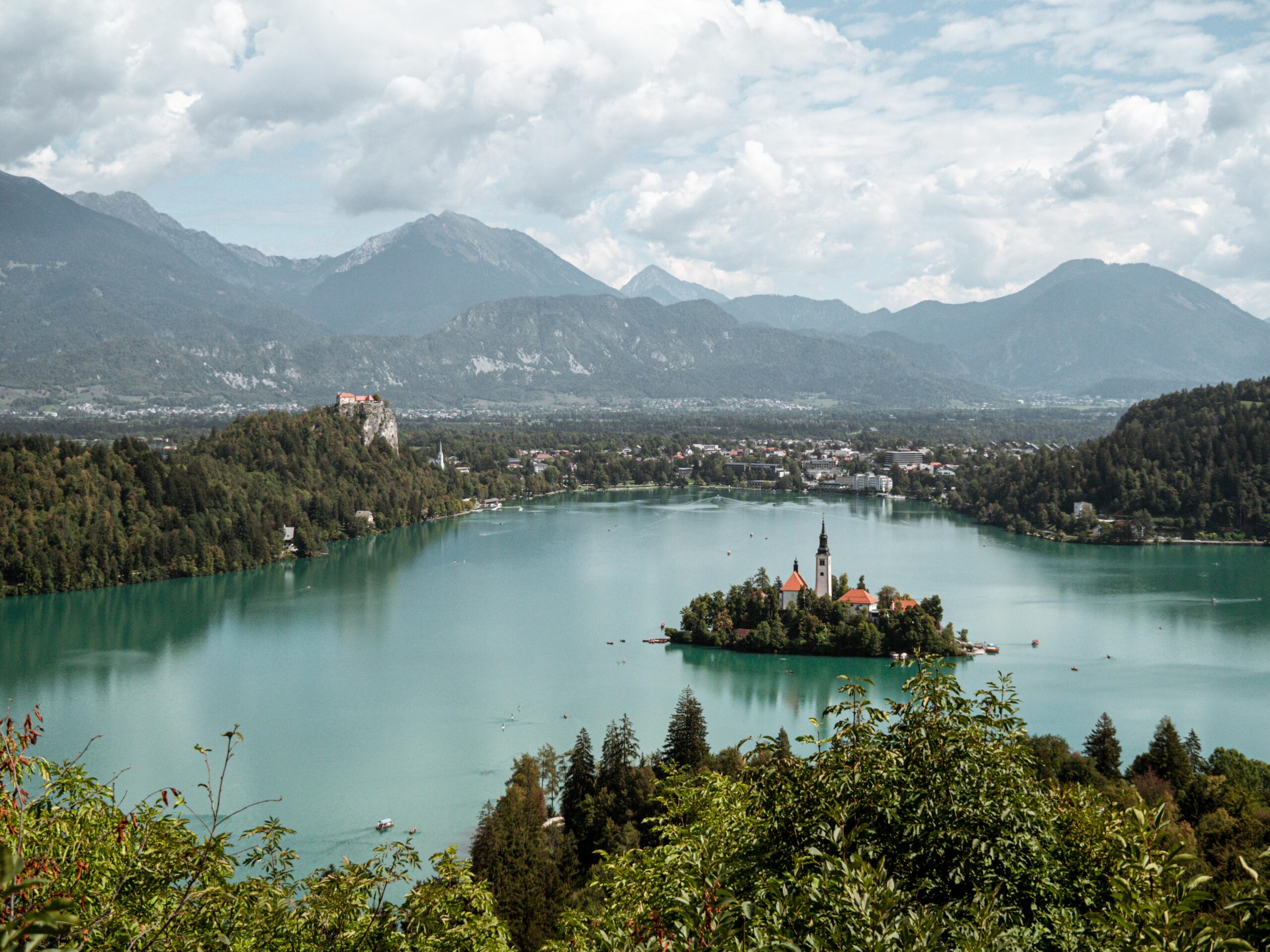
Croatia
Island Cres
For the next 5 days we wanted to spend our time on the biggest island of Croatia – Cres – which is located in the Kvarner Bay. I’ve actually spent a summer holiday with my family on that island 9 years ago and it remained in good memory, so it was time to explore it again.
Even though so many years have passed the island didn’t lose it’s wild, adventurous and at the same time relaxing atmosphere. We stayed in the capital called Cres as well and explored neighboring beaches and fishing villages for a few days about what I wrote more in detail here.
Trogir
Then we continued our journey south and ended up in the historical city Trogir which is located 27km next to Split, the second biggest city of Croatia. It’s more than 2000 years old and has an incredibly well-maintained old town with narrow streets, historic buildings and squares next to the waterfront that is lined with palm trees. Therefore, the UNESCO declared the entire old town a World Heritage Site in 1997.
Dubrovnik
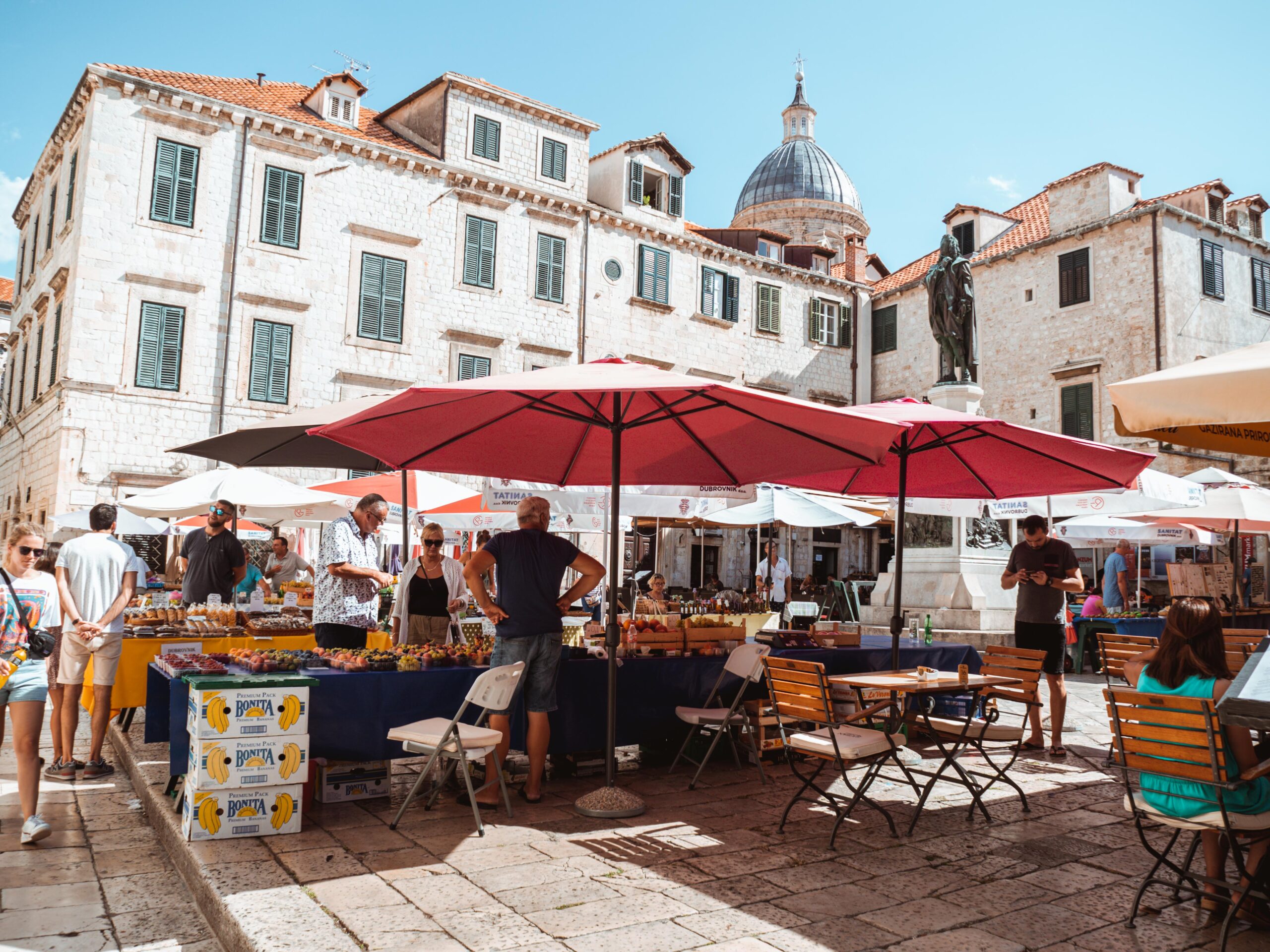
Even more famous is the city Dubrovnik, which got its popularity not only for being the filming location of the tv show Games of Thrones, but also for its remarkable old town. Just like Trogir it was declared a UNESCO World Heritage in 1979.
The main attraction is the city wall, which is one of the best-preserved ones in whole Europe including five fortresses and sixteen towers and bastions. Besides that, there are numerous other sights to discover such as cathedrals, squares, and other beautiful buildings in the old town.
Due to its popularity the city was a bit crowded even though we visited in September, but still worth a visit to admire its historical old town.
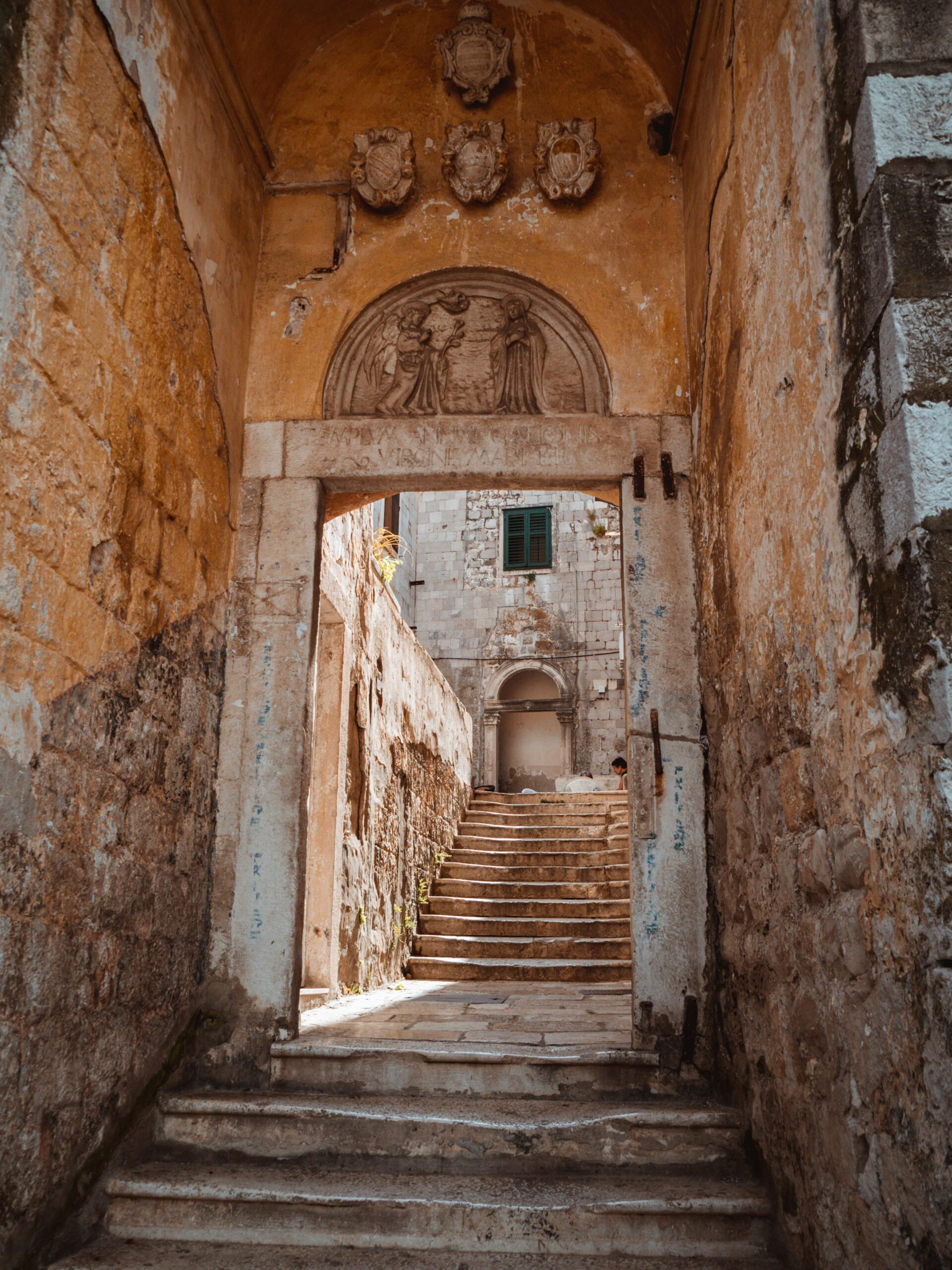
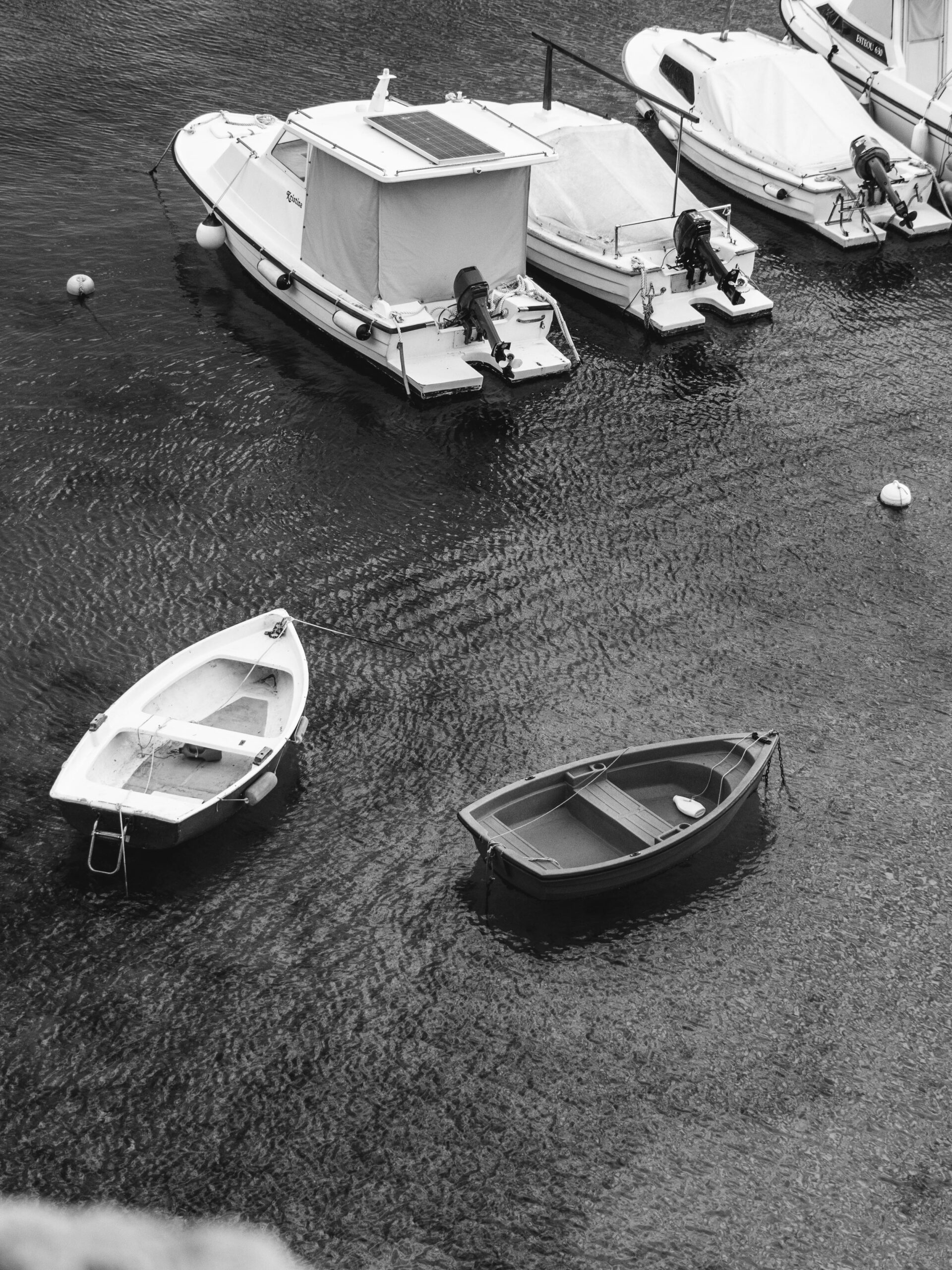
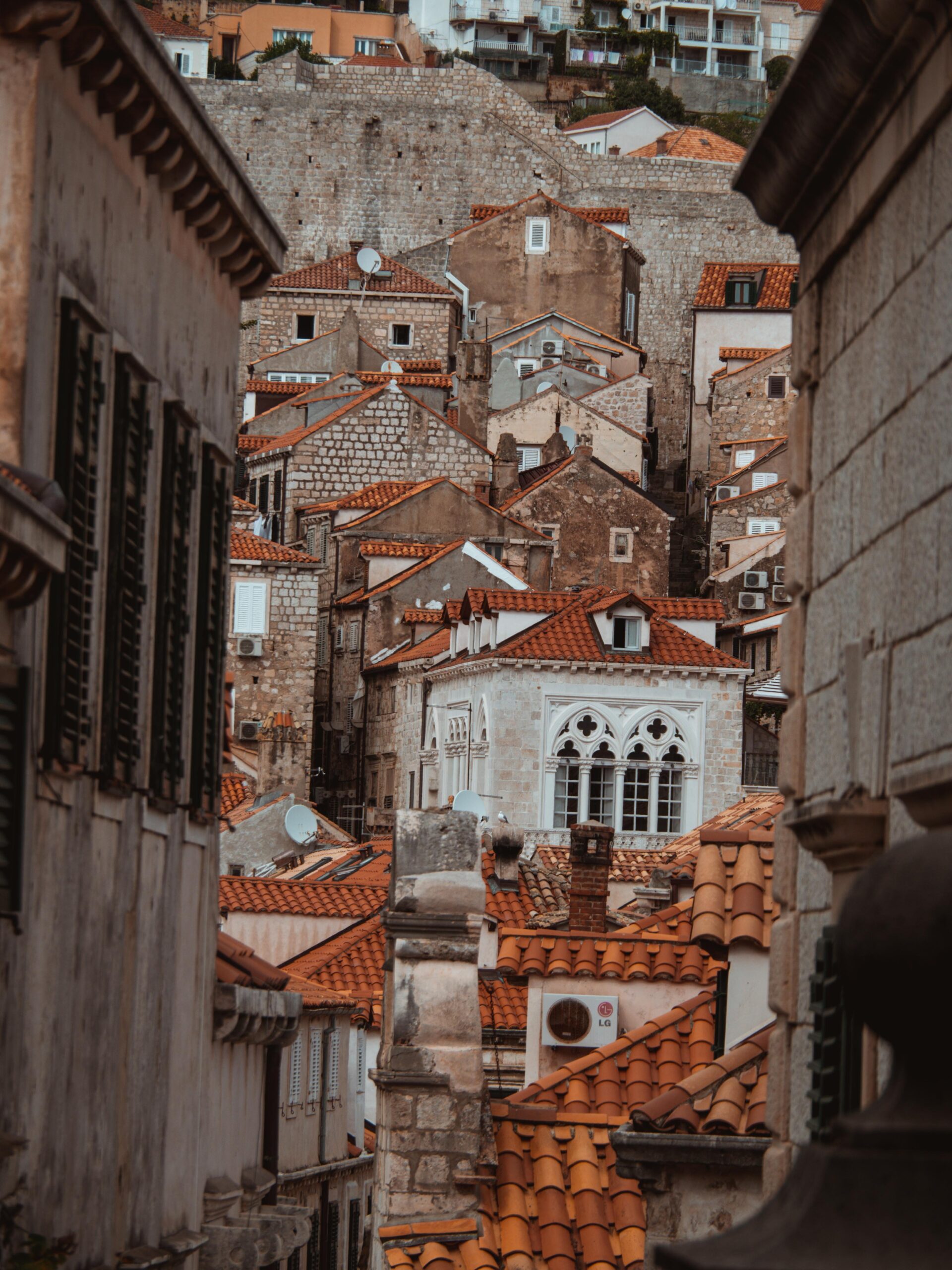
Montenegro
Bay of Kotor
Only about 60km south, you’ll find the famous Bay of Kotor in Montenegro – our next stop. From the day of arrival when we first laid eyes on the bay, we fell in love. The bay looks like a fjord where the high rocky mountains meet the Mediterranean sea. Along the bay there are several villages and towns such as Perast and Kotor, that were built directly next to the water.
Perast used to be a wealthy town which can still be seen in the architecture and the number of churches and palaces there. In front of the town, there are two islands – The Island of St. George and Our Lady of the Rocks.
Kotor – the eponym of the bay – was built spontaneously and therefore reminds a bit of a labyrinth, where you can discover an impressive new building or lively square after a tiny narrow street. The squares are asymmetric named after the goods sold on them and all streets are from irregular width without street names.
Besides visiting these towns, the bay is an amazing place to go swimming in the Mediterranean Sea or to hike up to the fortress of Kotor or the Fortress Gorazda overlooking the bay.
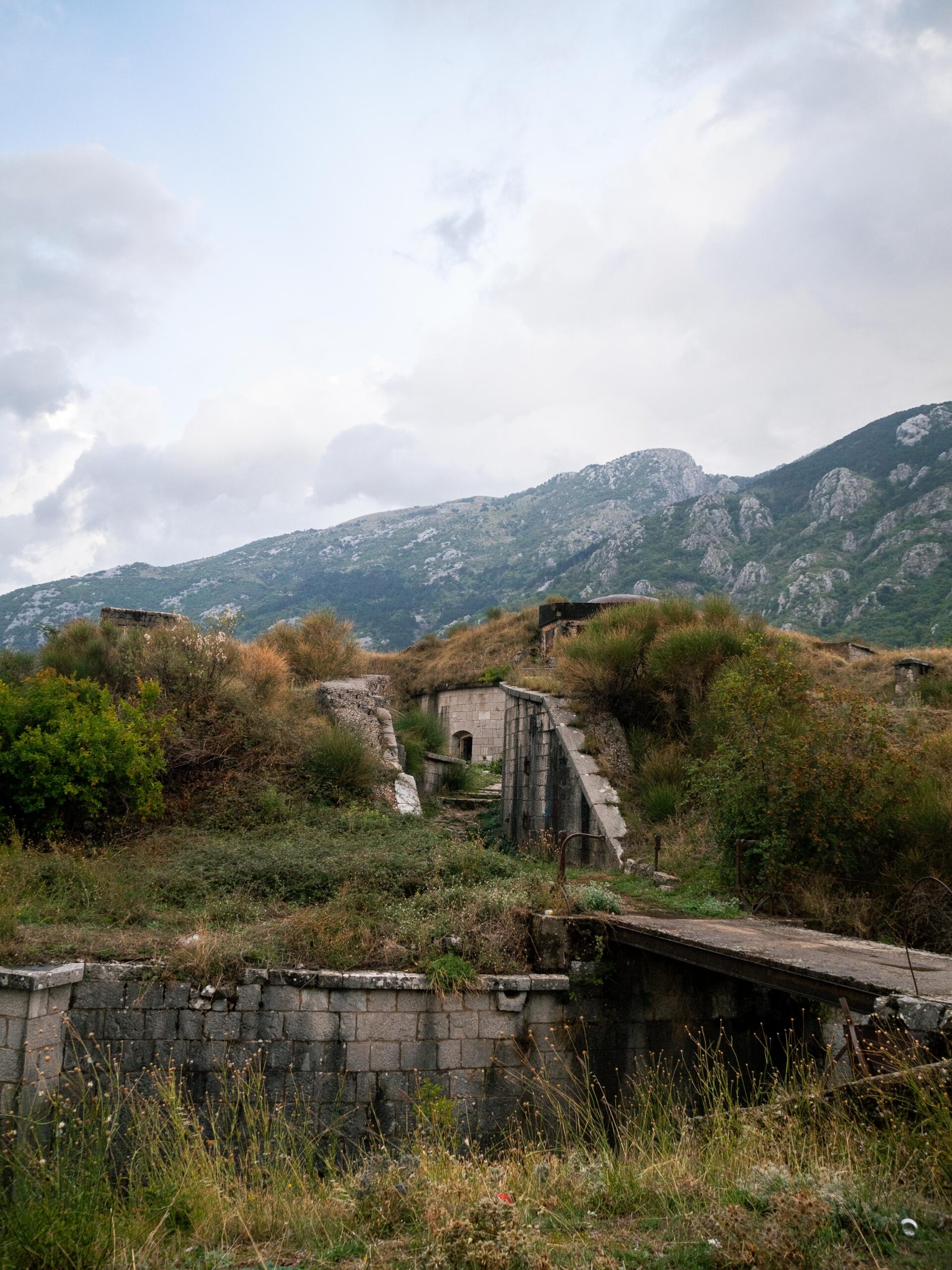
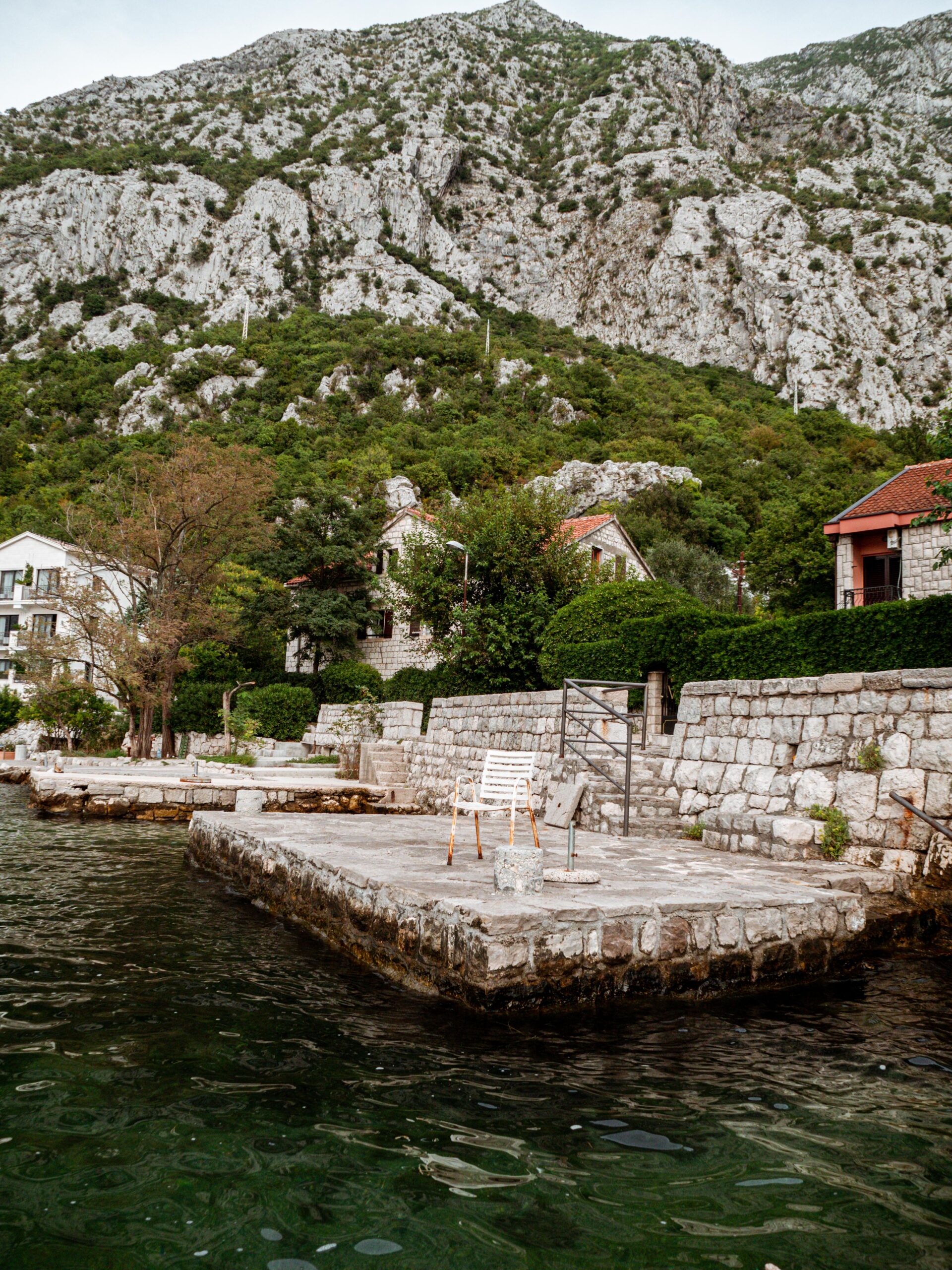
Coast from Kotor Bay until Ulcinj
To reach Albania we decided to drive along the entire coast of Montenegro, which is only about 87km from Kotor to Ulcinj. Our first stop was the town Budva – one of the oldest towns at the Adriatic Sea.The old town used to be on an island but is now connected to the mainland via a sandbank. Most of it was destroyed in an earthquake in 1979 but due to plans in the archives it was possible to reconstruct the entire old town which I wouldn’t have noticed without knowing.
Besides the old town Budva is not that nice in our opinion. It seems like a tourist hotspot filled with restaurants, high-rise buildings, hotel complexes and party zones.
Therefore, we continued to Sveti Stefan, a fishing village that was built in the 15th century. It reminded a bit of the old town of Budva since it was built on an island connected to the mainland as well. Nowadays the island has been built into a hotel complex while keeping its original architecture. For this reason, access to the island is only allowed to hotel guests. For normal tourists you have to pay entry, but strangely enough, the island was completely closed during our visit.
On the mainland there are two beaches, the one on the left for everybody and the one on the right is reserved for hotel guests. Due to the closed island, I assume that there were no hotel guests and also the right beach was visitable during our stay.
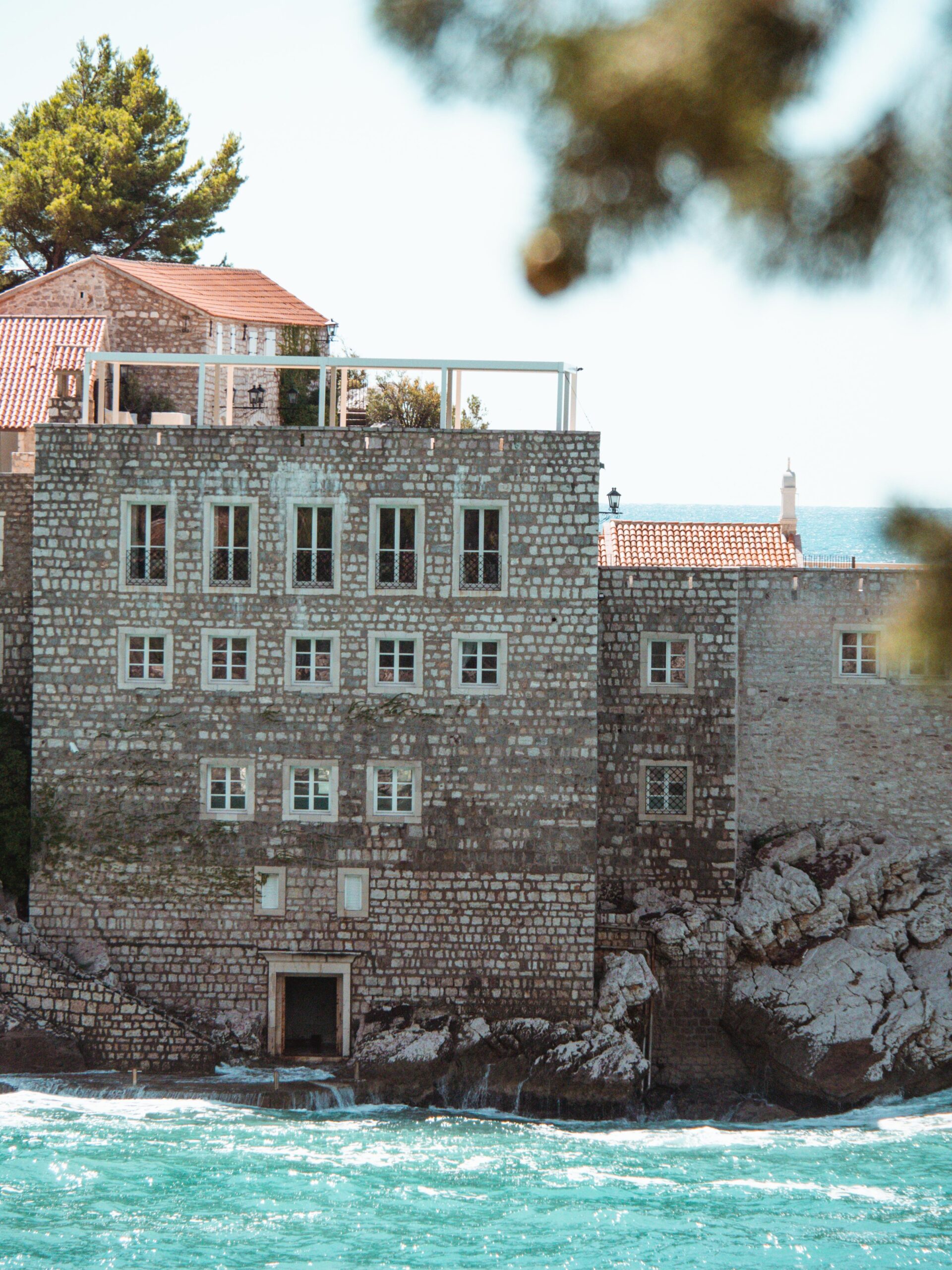
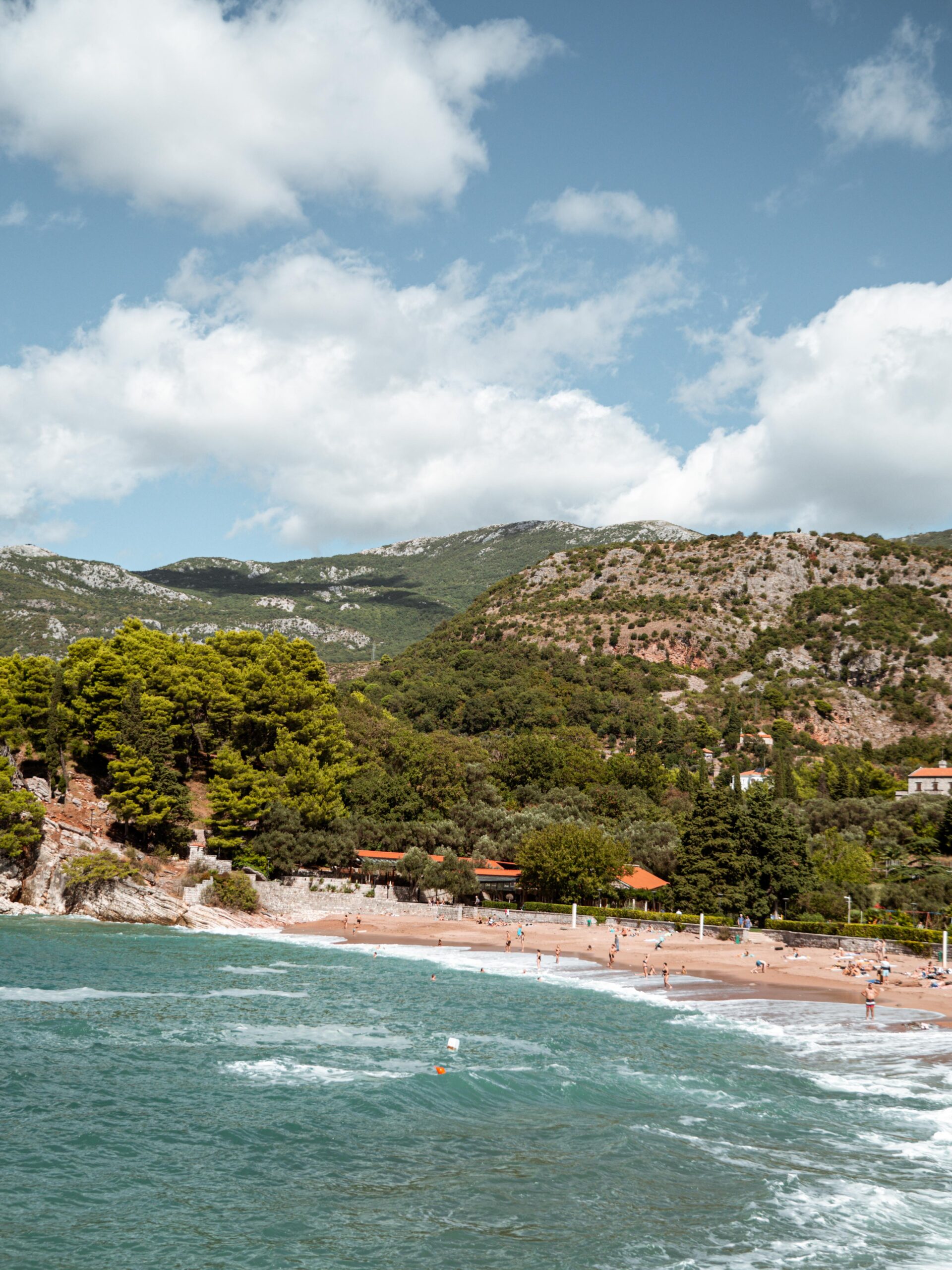
Following the street in the direction of Albania there are several beaches where you can stop and take a swim.
At some point we reached the most southern town of Montenegro – Ulcinj. While it’s a beautiful town to visit, its history is quite interesting too. It is believed that Ulcinj was founded by Illyrians in the 5th century BC and then remained an important destination for Greeks, Romans, Turks and even Pirates.
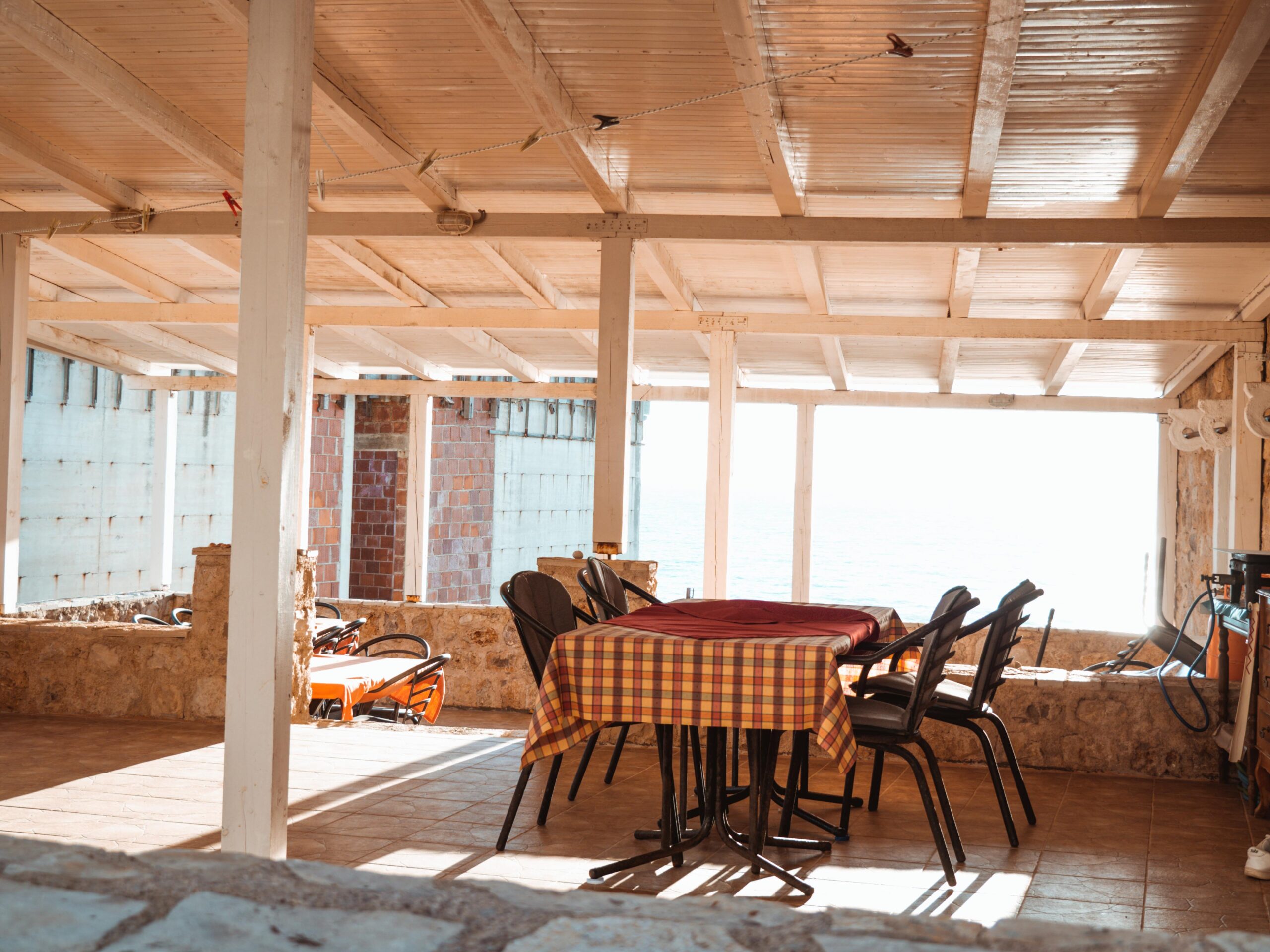
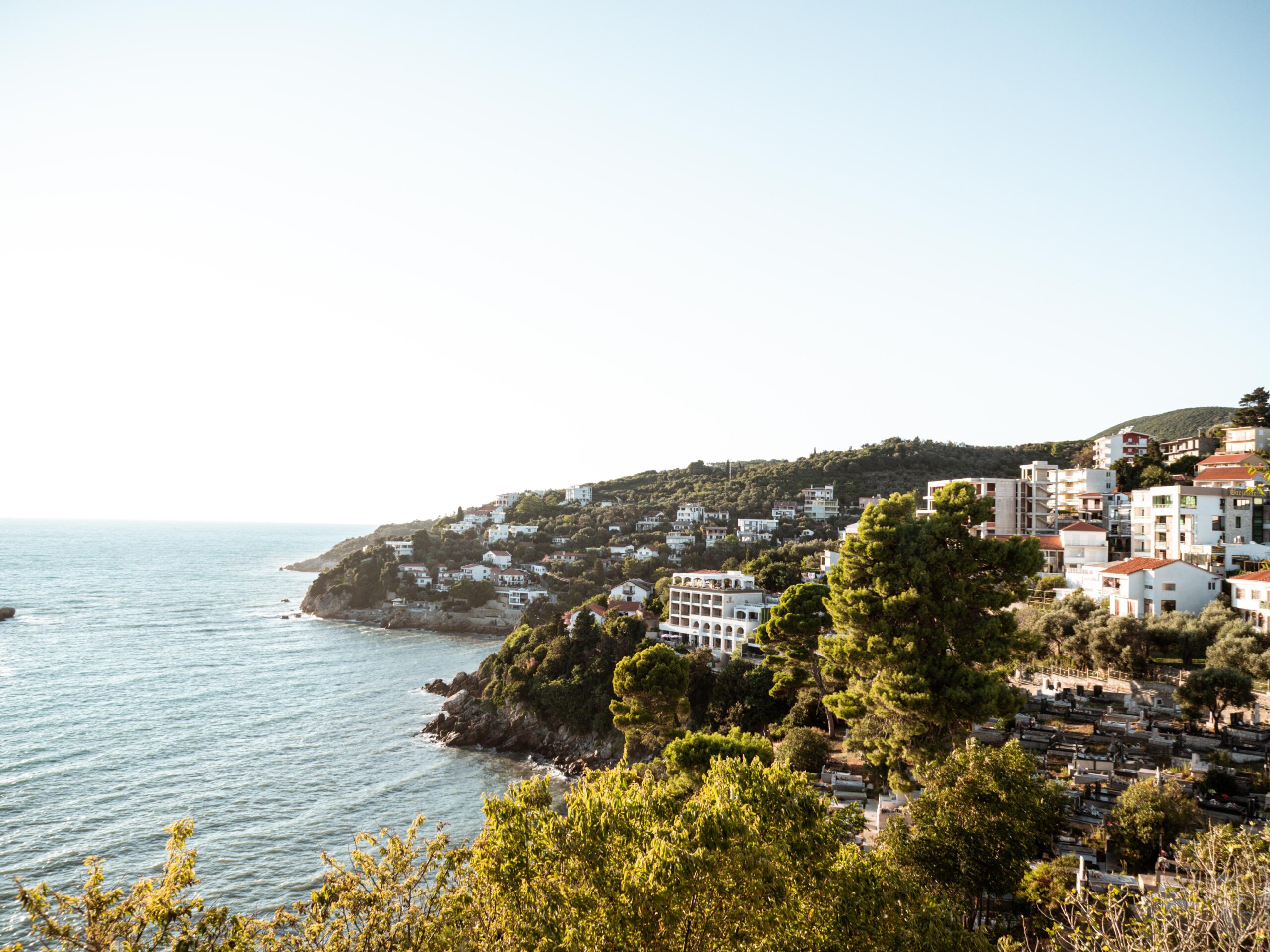
Albania
Shkoder
In the evening we arrived in Shkoder, one of the oldest cities in Albania. It’s located next to the Lake Skadar, which was declared a national park in 1983 and is the biggest lake of the Balkans. Two thirds are set in Montenegro and one third in Albania.
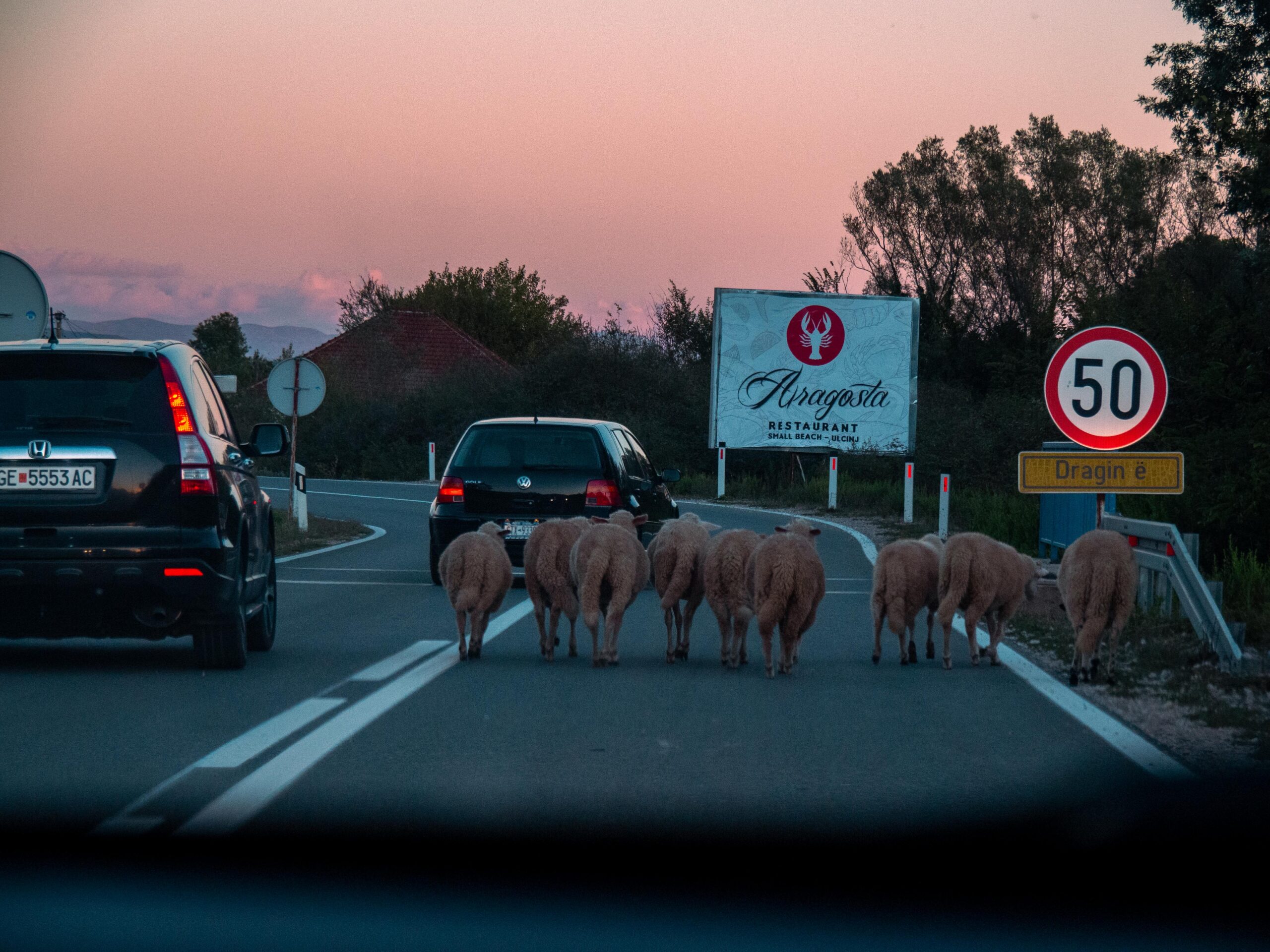
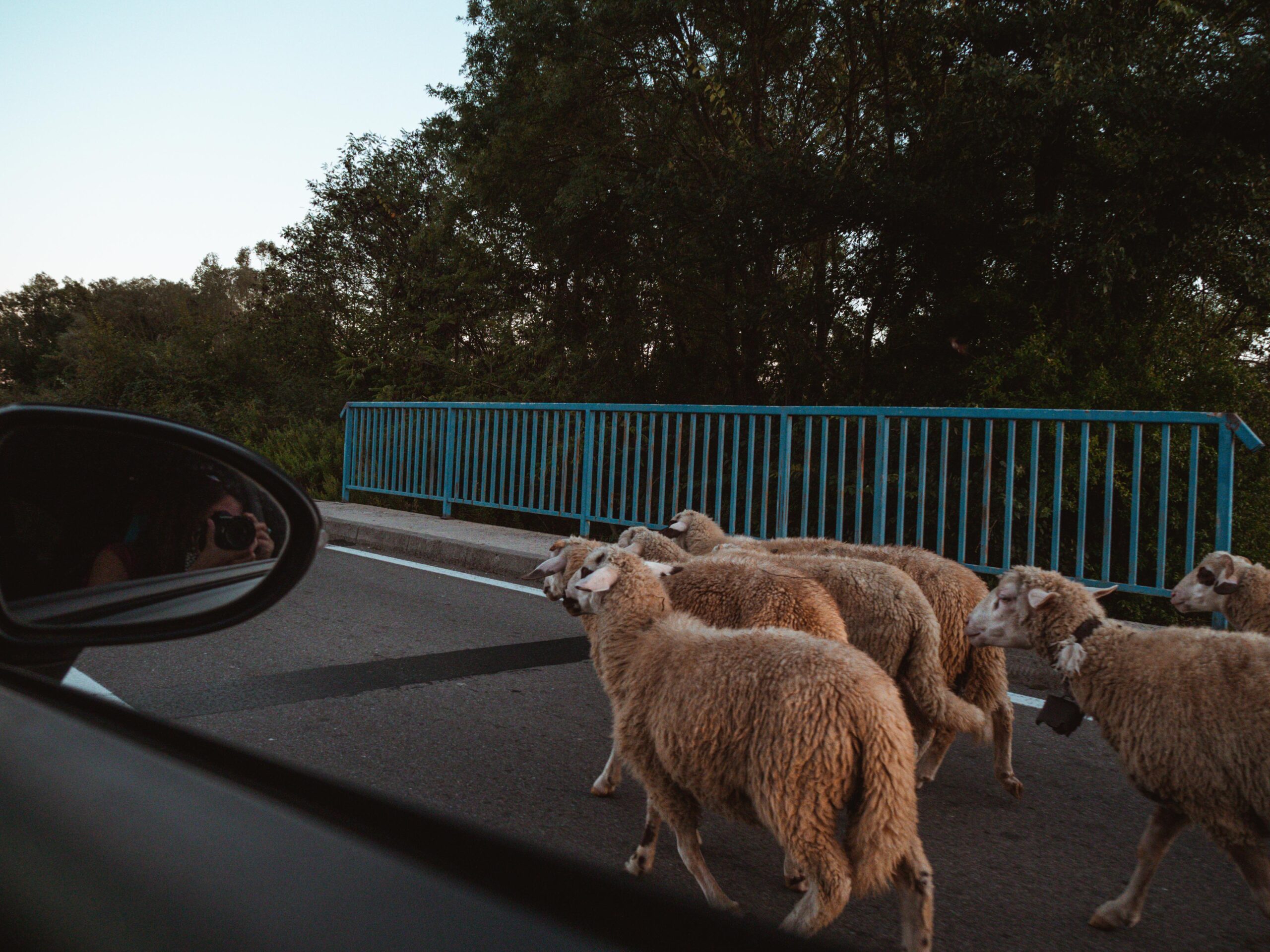
In the morning we decided to go kayaking on the Albanian side of the lake and then went to explore the city. What we noticed quite from the beginning was the number of bicycles everywhere in the city even though there were no paths for them.
For sunset we hiked up to the big castle Rozafa which is overlooking the city, the lake and the villages and fields in the area. According to a legend, three brothers wanted to build the castle, but it was more difficult than expected.
After listening to the advice of an old man, who told them to wall up a woman to make it last forever, they decided to sacrifice one of their wives. In the end the wife of the youngest brother was chosen, and they decided to leave parts of her body outside the wall, so she could take care of her child.
It’s just a legend, but still quite horrifying to think about it.
Theth
The Albanian alps are located in northern Albania and Kosovo and are also called Prokletije – the enchanted mountains. In a valley surrounded by the highest peaks of the mountains, there is the small village Theth. It’s a scattered settlement with widely spaced houses, where it seems like to have traveled back in time.
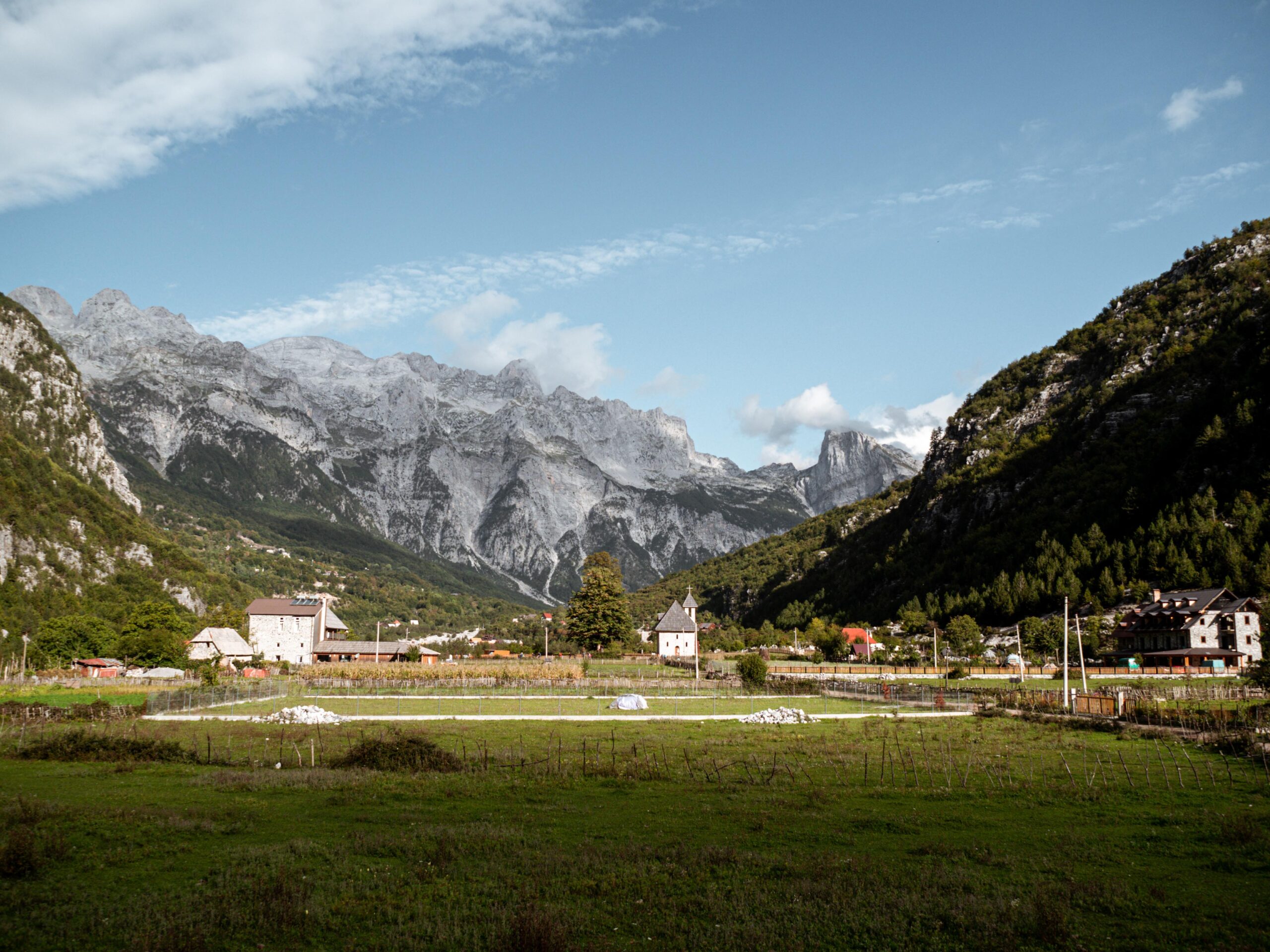
To get there from Shkoder by car, there is only one road that takes you deeper and deeper into the mountains. Its tar was only finished in the summer of 2021, which makes it possible to reach Theth by normal car now. Before that the road was impassable for the standard car and it took more than 4 hours for only 76km. Unfortunately, the tar stops once you reach Theth, so you’re left with the rocky impassable road again.
The houses are now numerous guest houses, but there is still no supermarket or any kind of shop – the perfect getaway to enjoy Albania’s mountains and nature. While reaching our guest house, we saw Albanian men riding numerous horses packed with backpacks around the village and farmers taking care of their cows.
Within the village there is a beautiful church to visit and an old defense tower, where in the past those who were persecuted by the blood vengeance locked themselves up to stay safe.
To enjoy the nature a hike to a waterfall and the famous Blue Eye is definitely recommended.
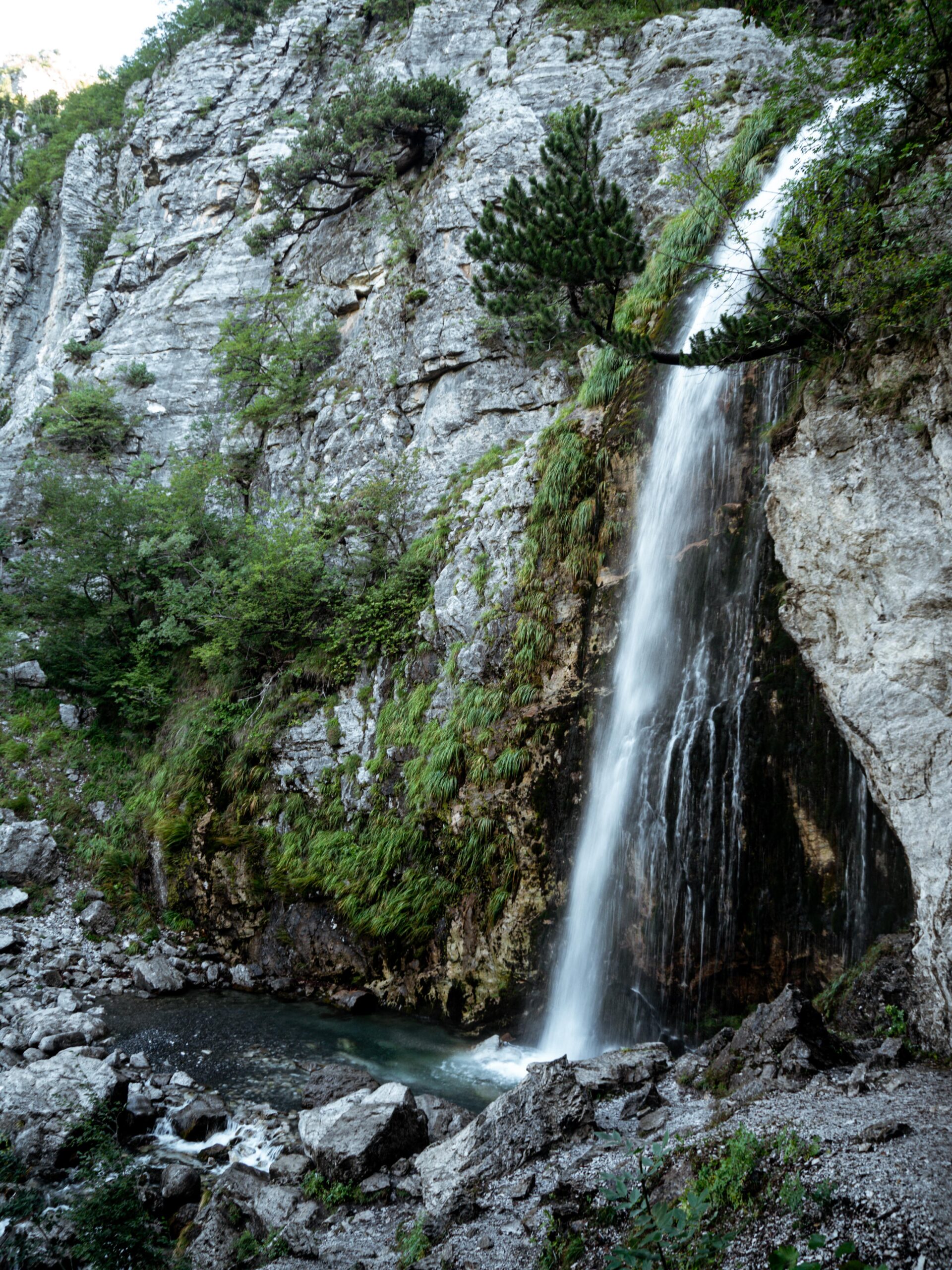
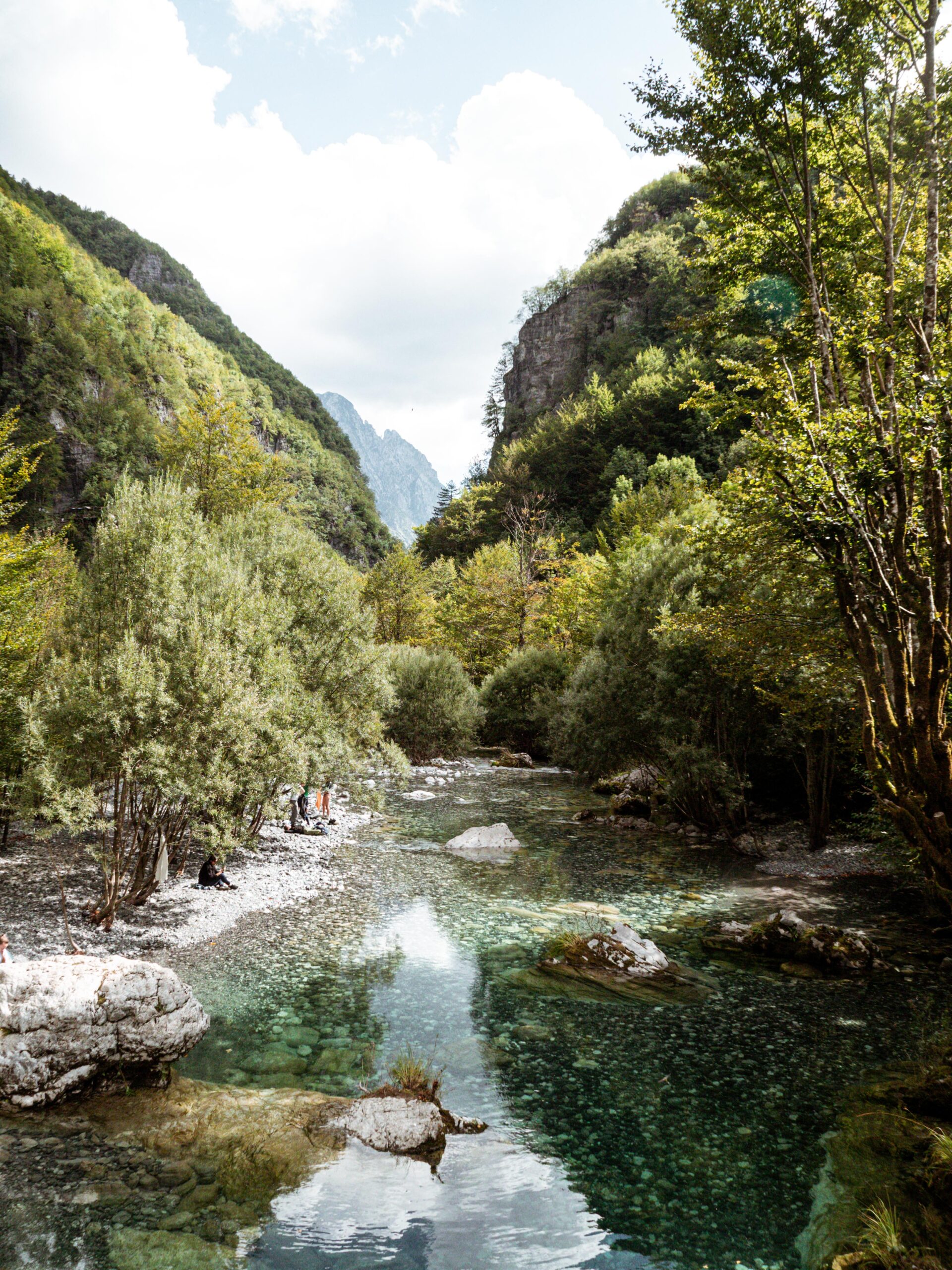
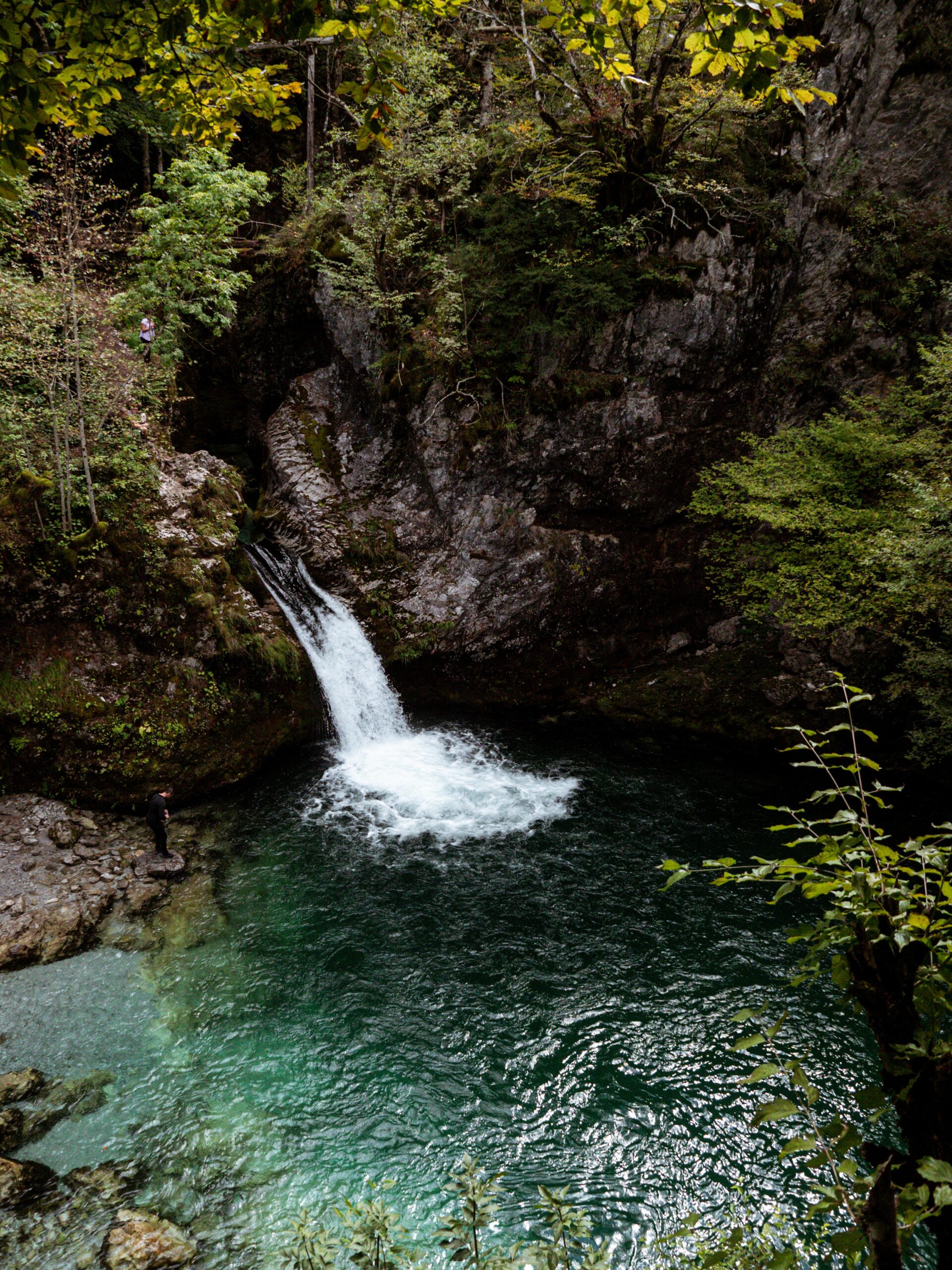
Montenegro
Durmitor National Park
After a few days in the mountains of Albania we decided to head back to Montenegro and discover more of the countryside. We first stopped at the Montenegrin side of the Lake Skadar, which was so different from Albania’s side. Then we took the road to the Durmitor National Park.
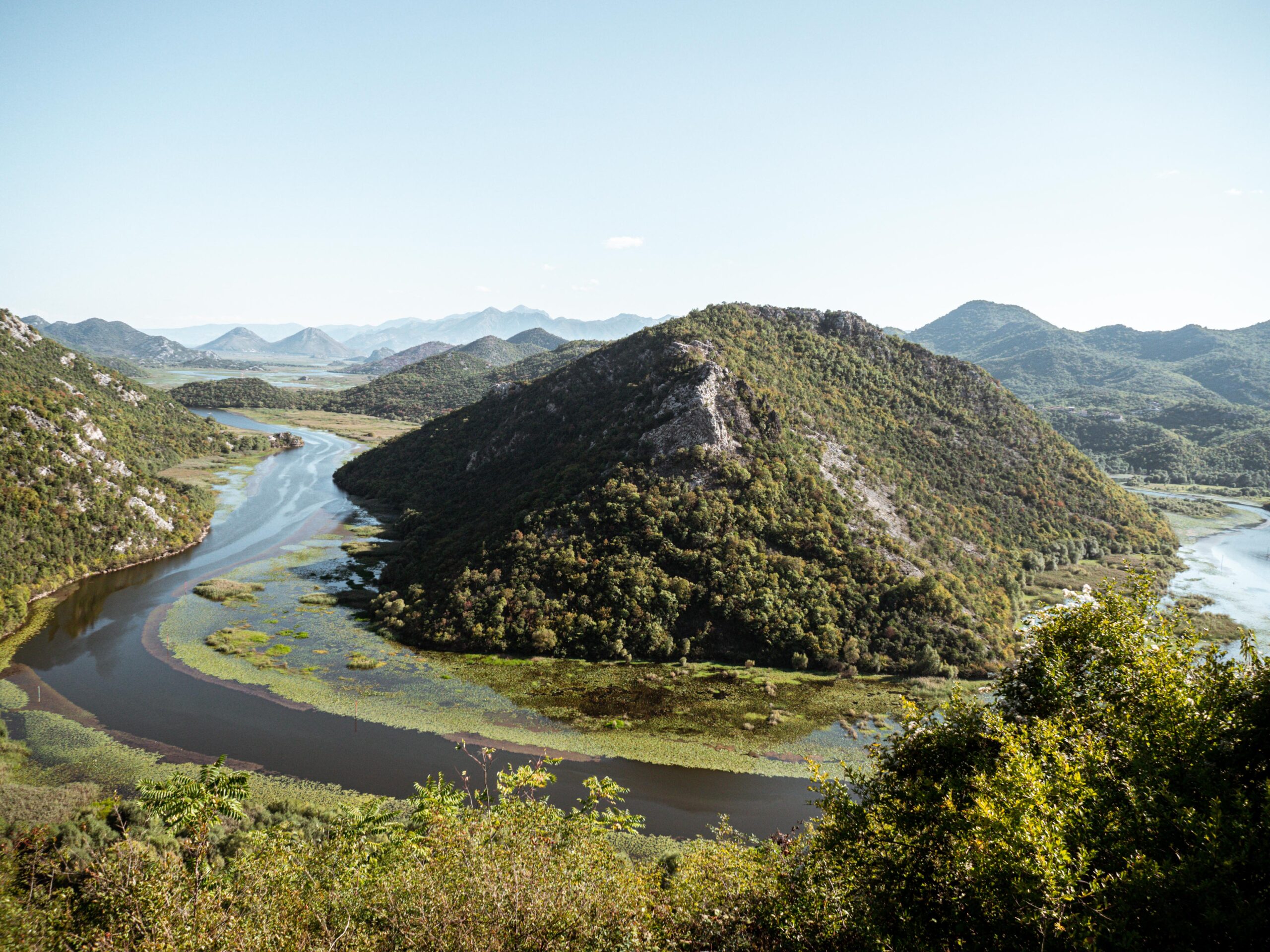
It was founded in 1952 and the due to the alpine and at the same time Mediterranean climate a unique vegetation was created there. In total there are 18 glacial lakes, the Crno Jezero lake being the biggest. Some people also refer to it as black lake due to the black shimmer of the water. Depending on the amount of rain and sun, the colors can vary from intense green and blue as well.
Another impressive sight is the Tara Canyon – the largest canyon of Europe with a depth of 1.600m. The eponym is the longest river of Montenegro called Tara on which you can go rafting in the summer months.
Bosnia and Herzegovina
Sarajevo
Our next country in the Balkans was Bosnia and Herzegovina, where we went directly to the capital Sarajevo. It’s a city that is filled with tragic history and yet unites eastern and western values in a peaceful way.
In 1914 the assassination on the heir to the Austro-Hungarian throne happened in Sarajevo and is considered the trigger of the First World War. Years later during the Bosnian war the city was under siege and the consequences of the war are still visible nowadays.
Nonetheless, Sarajevo is an interesting city to visit, especially its old town Stari Grad. The Old Bazaar is full of life with numerous antique souvenirs, Bosnian coffee, and restaurants.
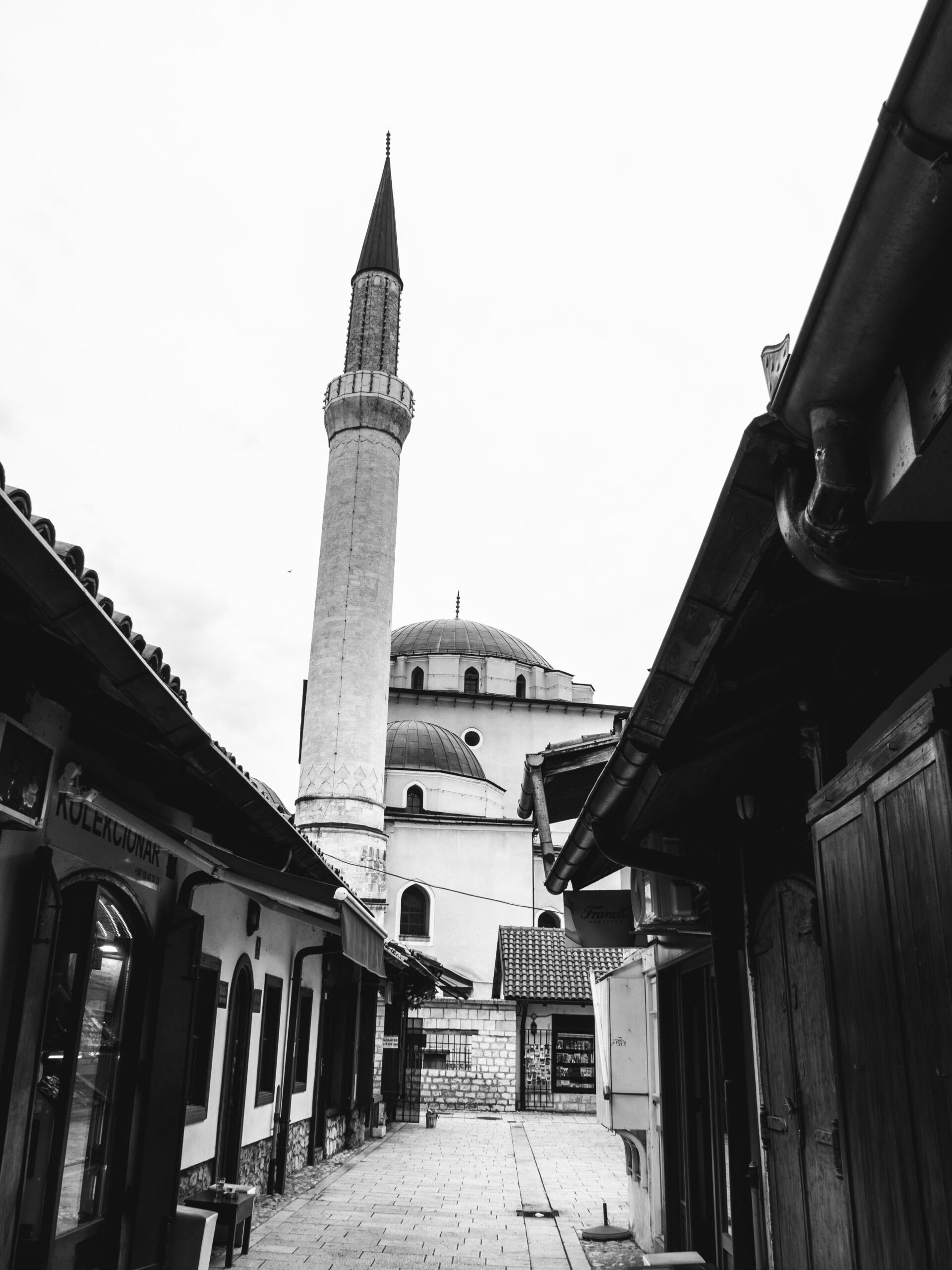
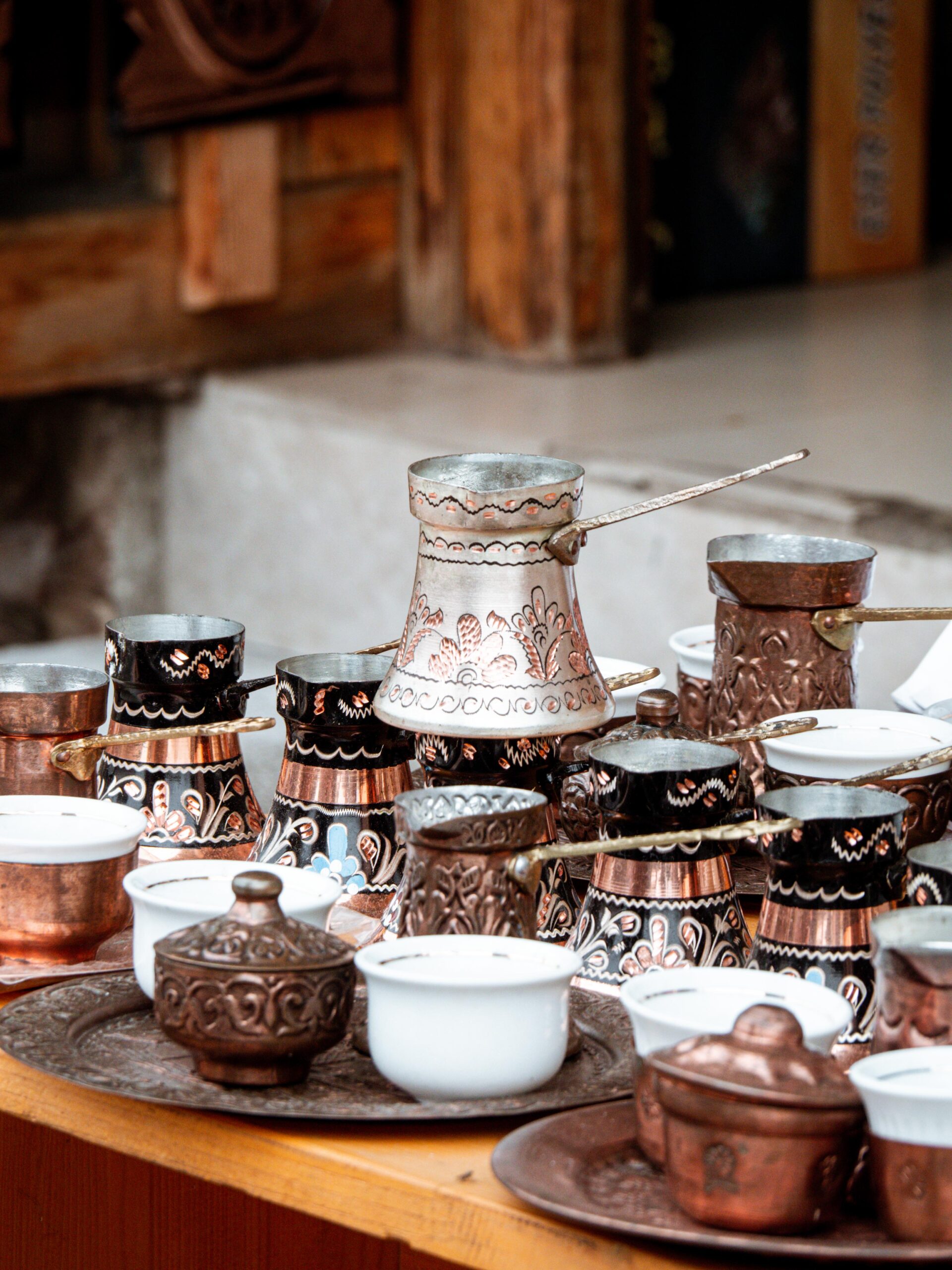
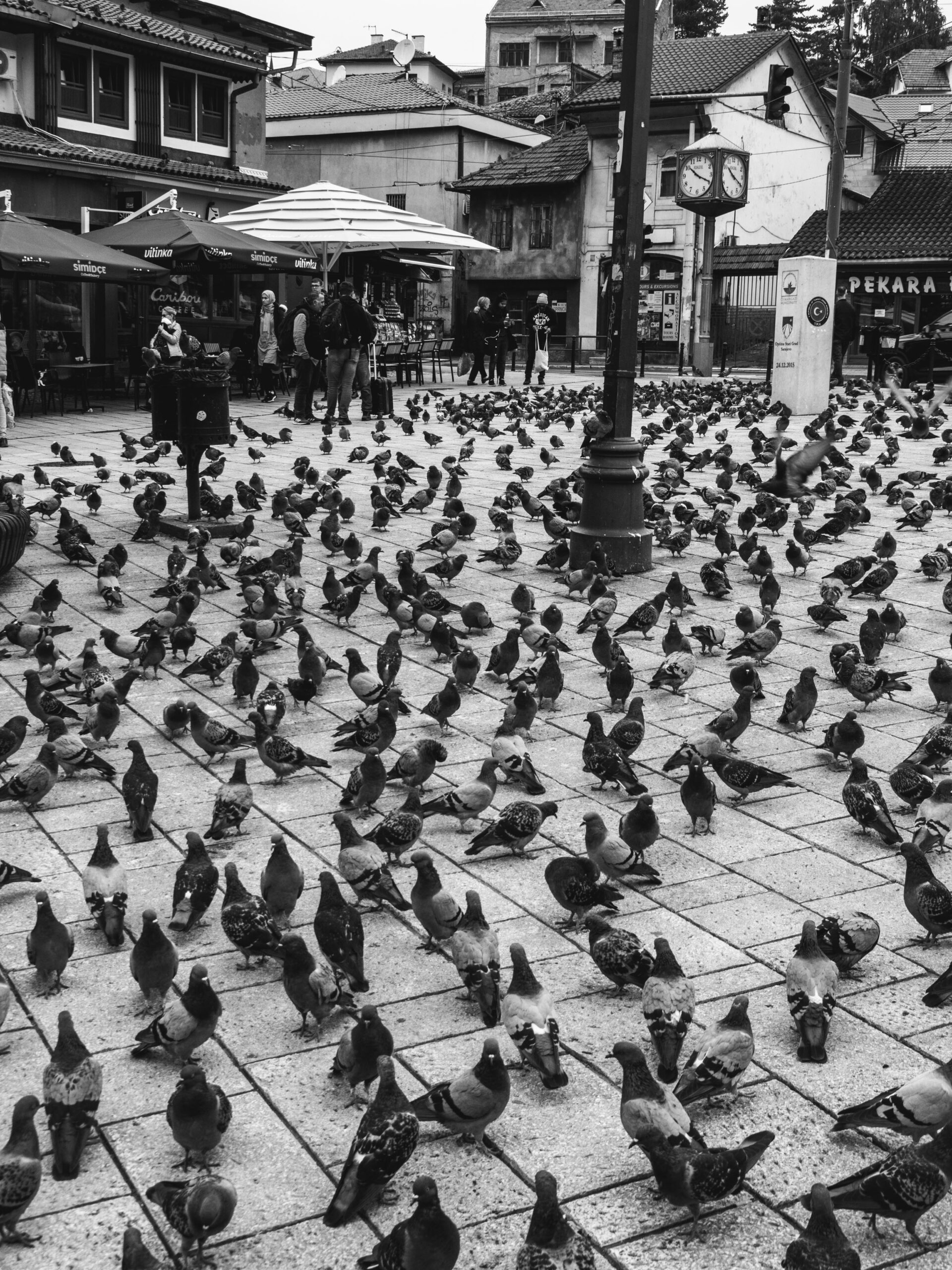
Mostar
Also, the fifth largest city of Bosnia still shows the consequences of the war. New rebuilt houses stand next to ruins and in some house walls you can see bullet holes. During the war the old bridge Stari Most above the green river Neretva, which is the landmark of Mostar, was destroyed as well. As sad as this is, luckily the bridge was rebuilt in 2004 and still connects both parts of Mostar. On each side there are lovely souvenir shops, little restaurants or ice cream shops.
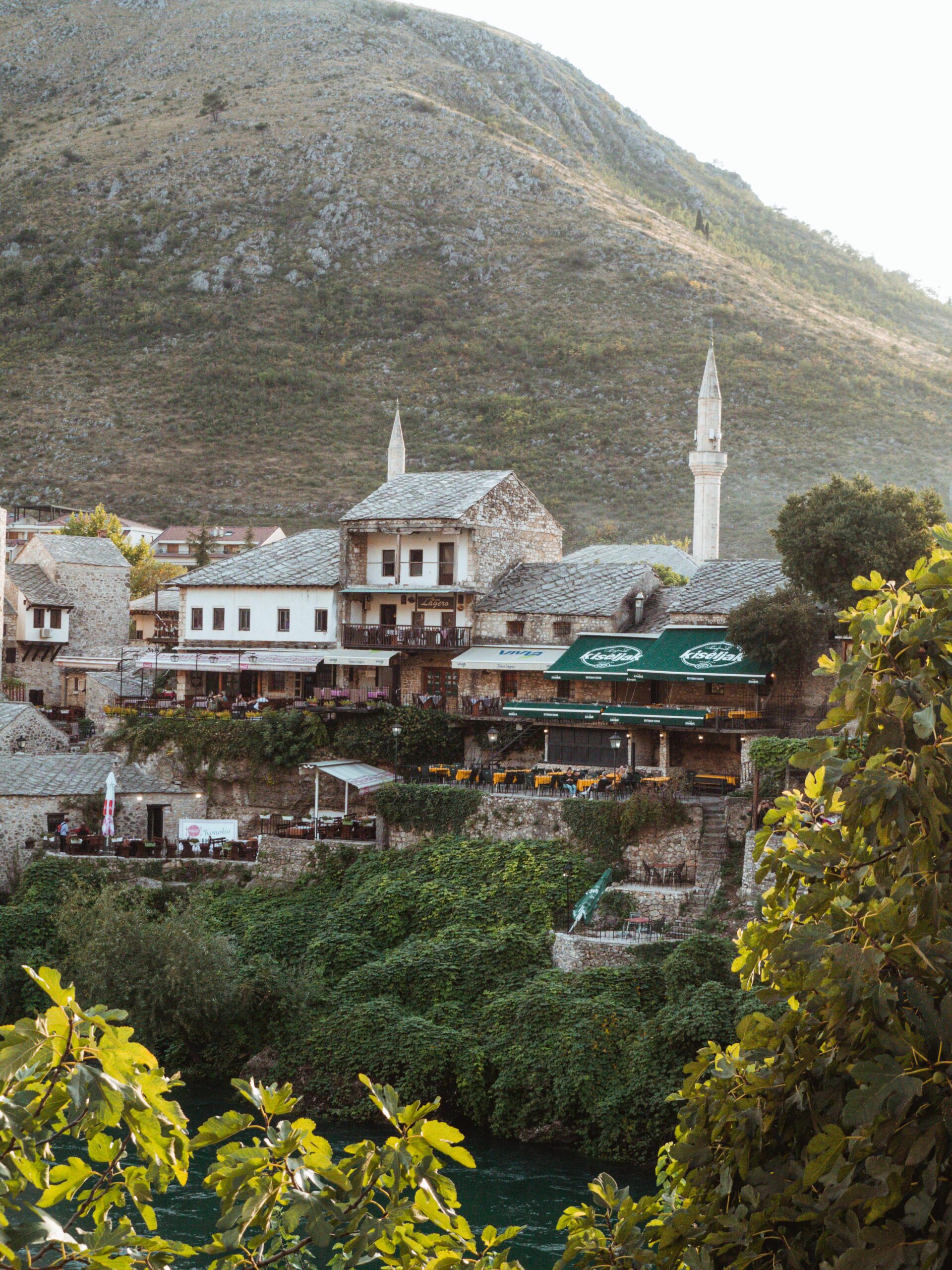
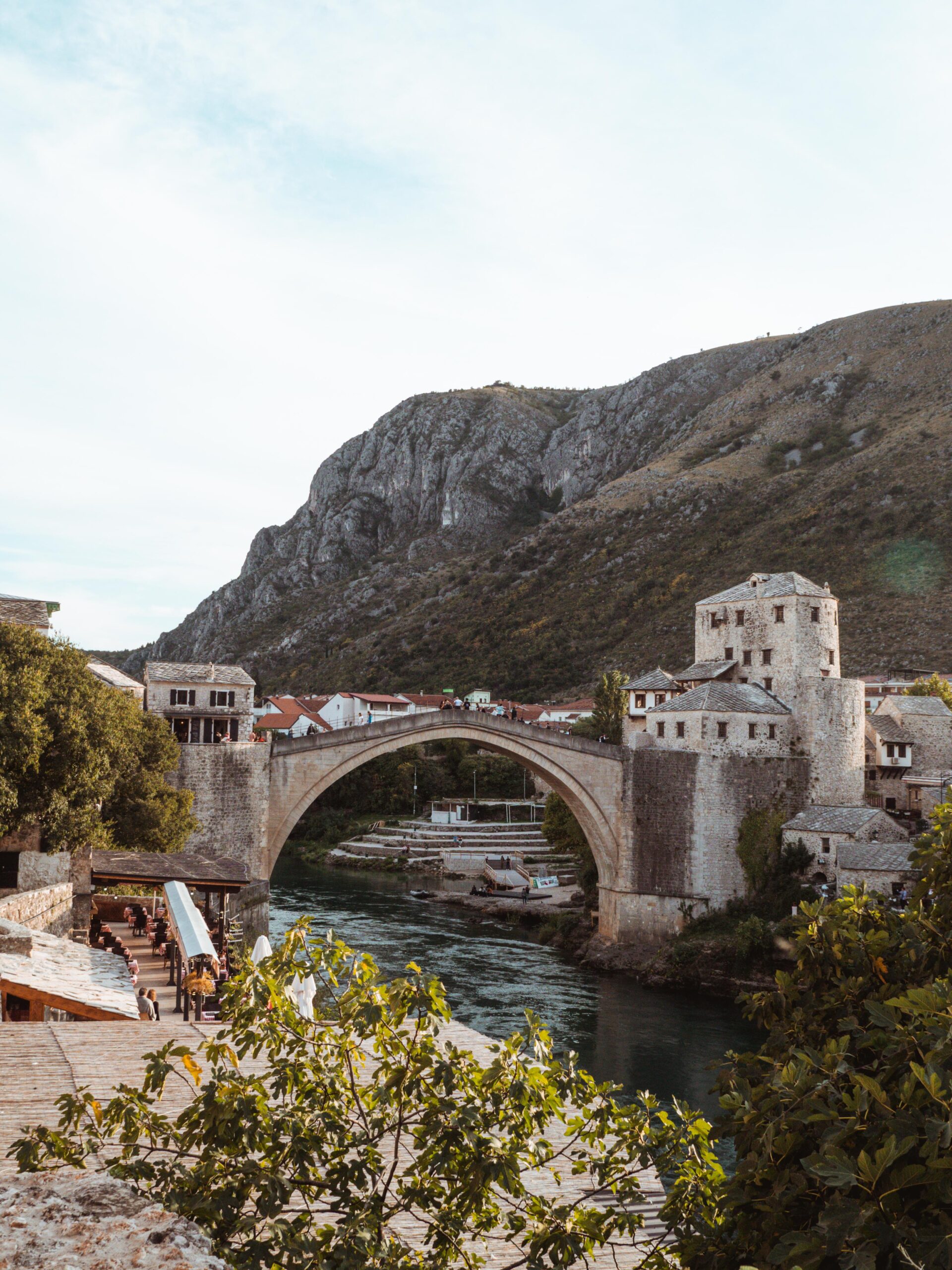
Croatia
Rijeka
The final stop was in Rijeka to split our way back to Italy in half. We spent only one night and were rewarded with an incredible sunset over the bay.
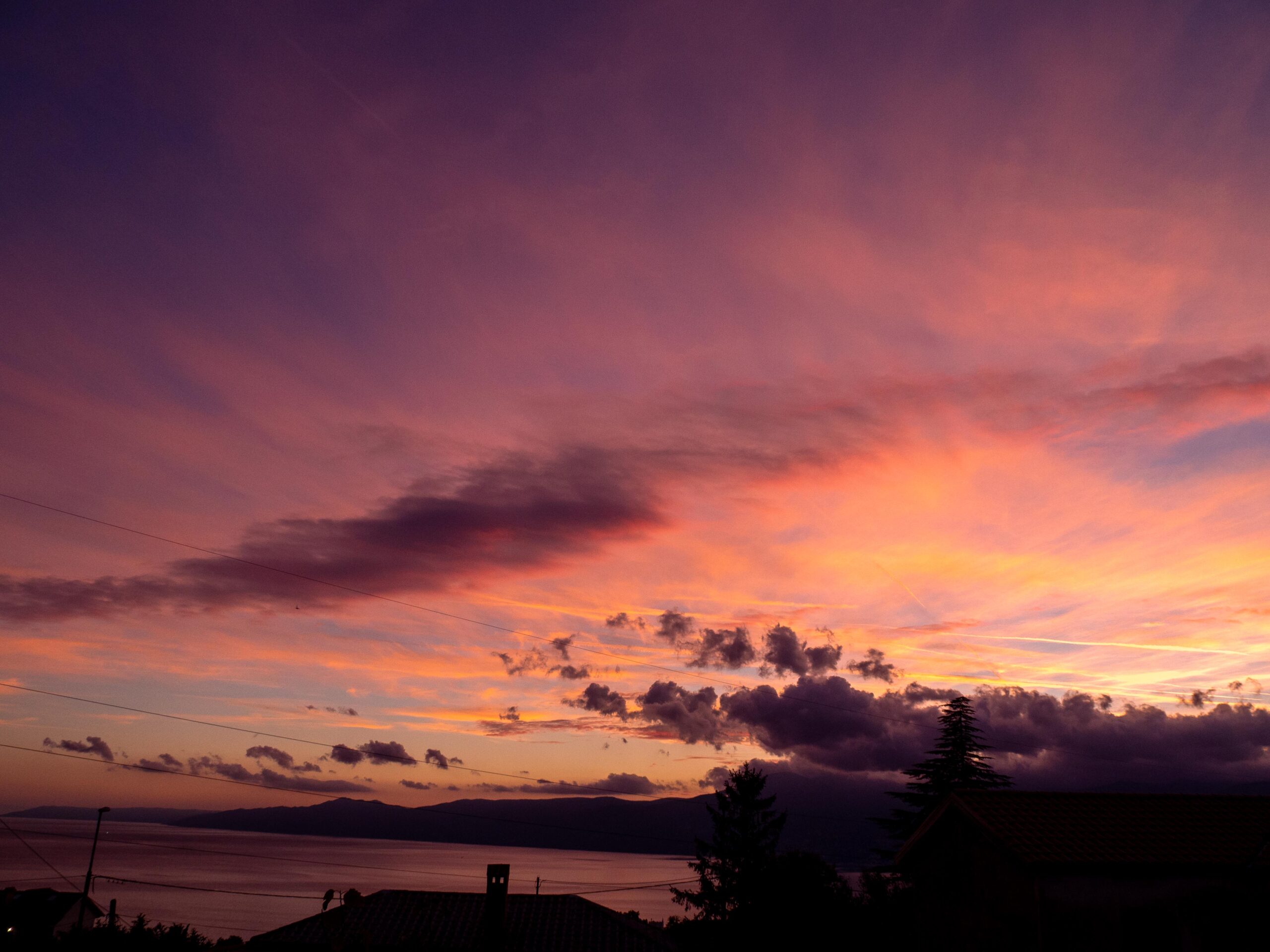
This was a month full of adventures, new countries and cultures and the perfect way to end the summer. My personal highlight of our Balkan roadtrip was Montenegro, but each country is definitely worth a visit. Hopefully this blog post helps you to plan your road trip or inspires you to visit one of the wonderful countries in the Balkan.
I have created several galleries of each country. Just click here to reach the overview of all galleries.


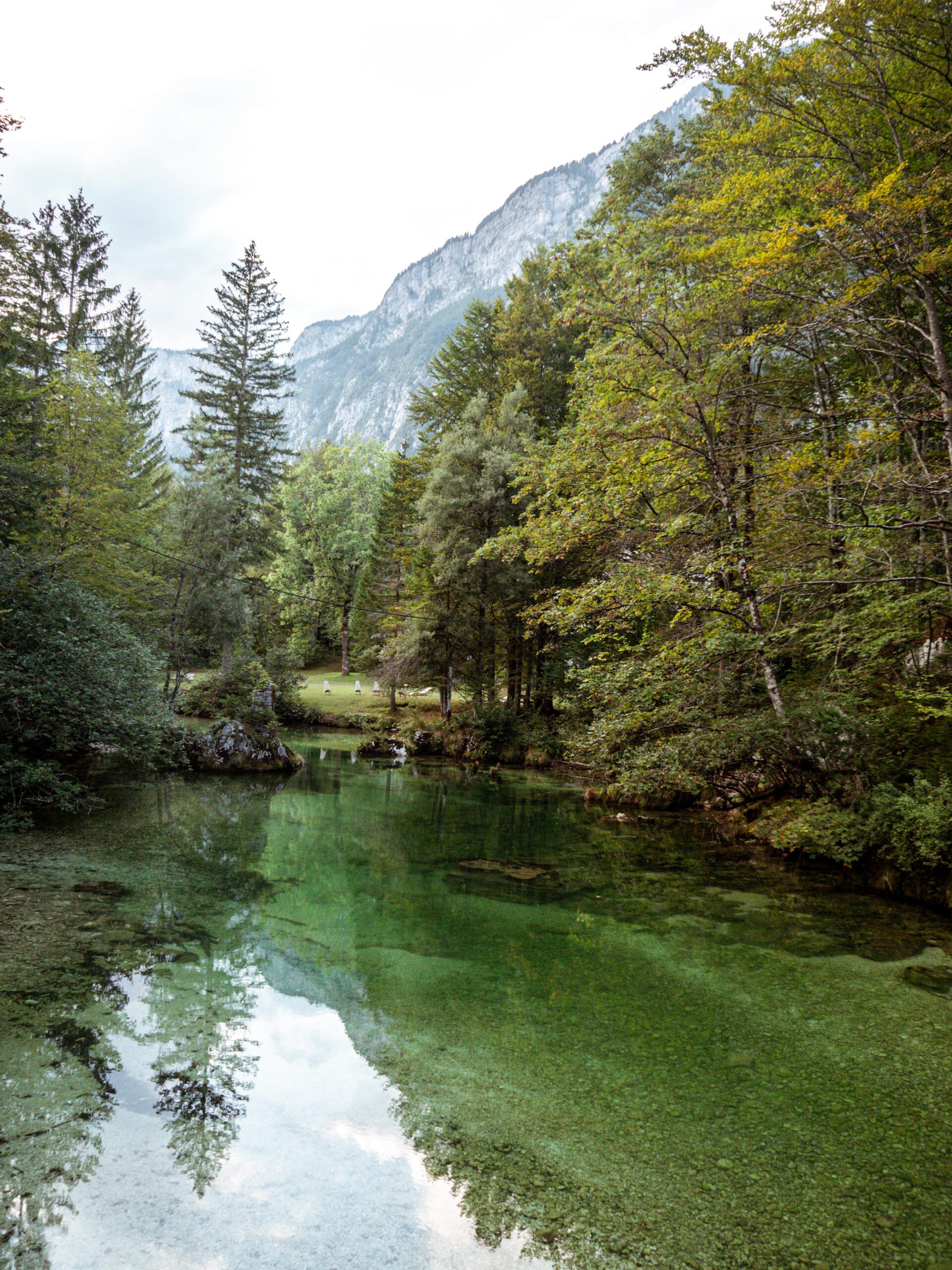
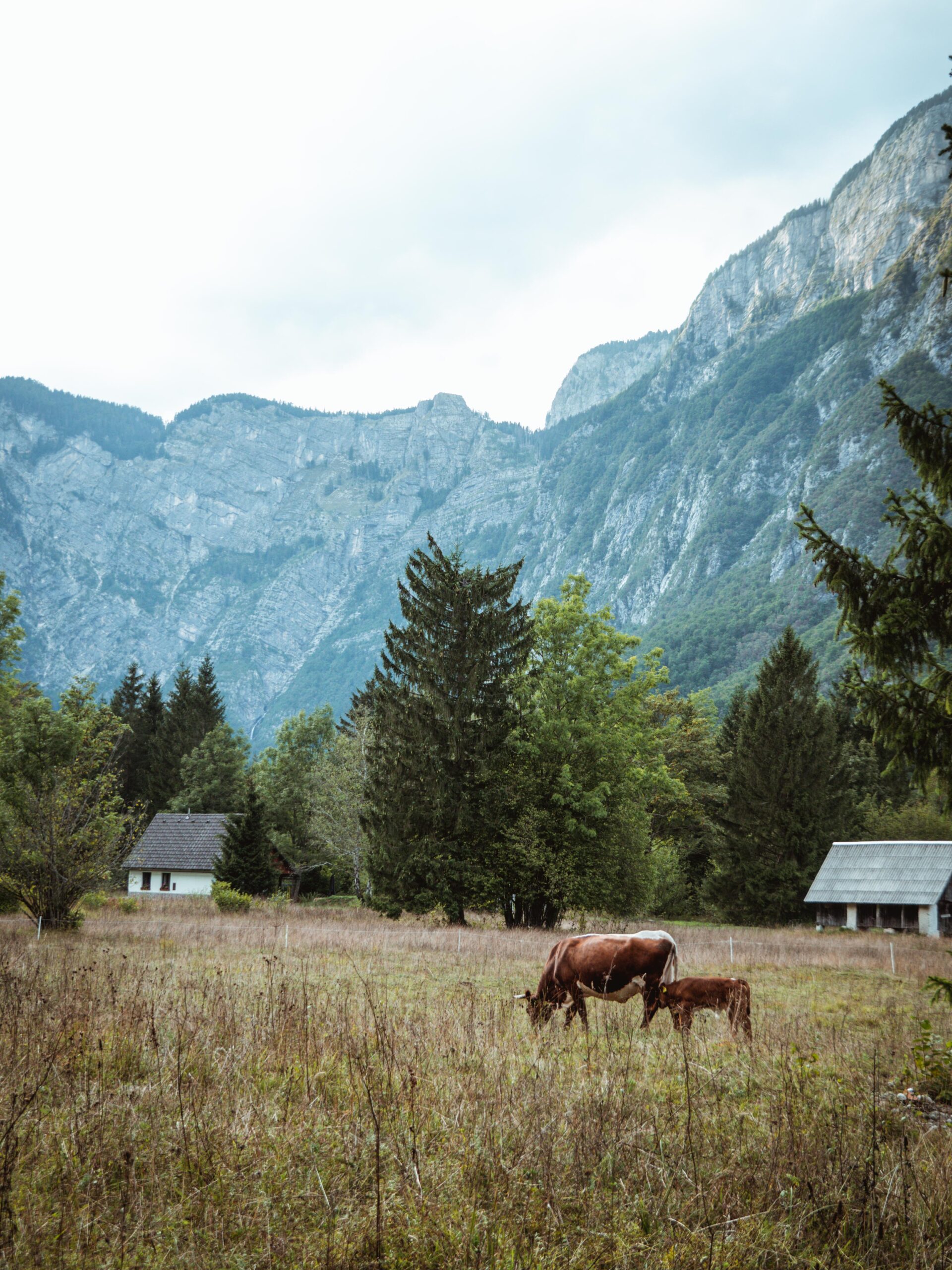
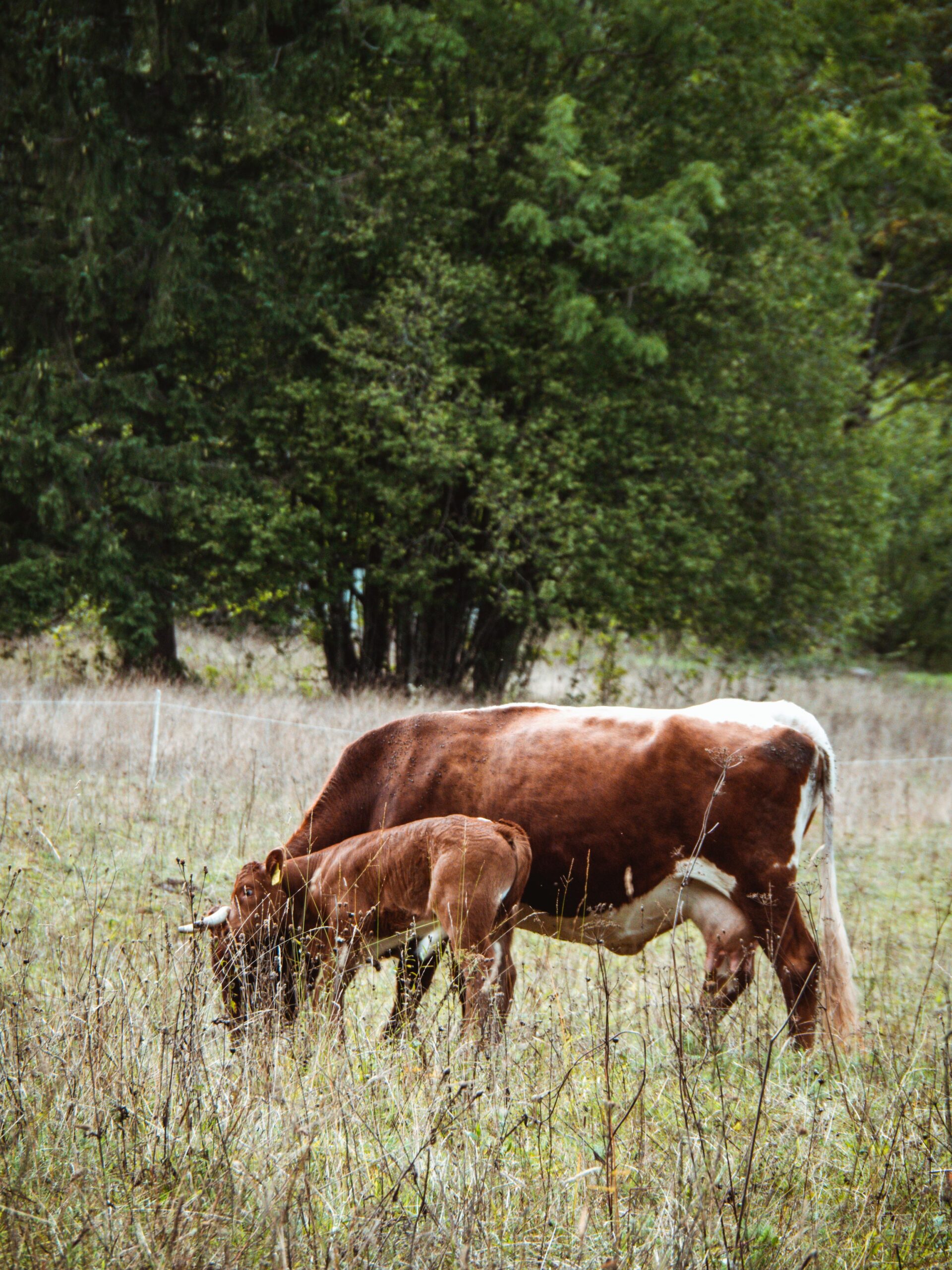
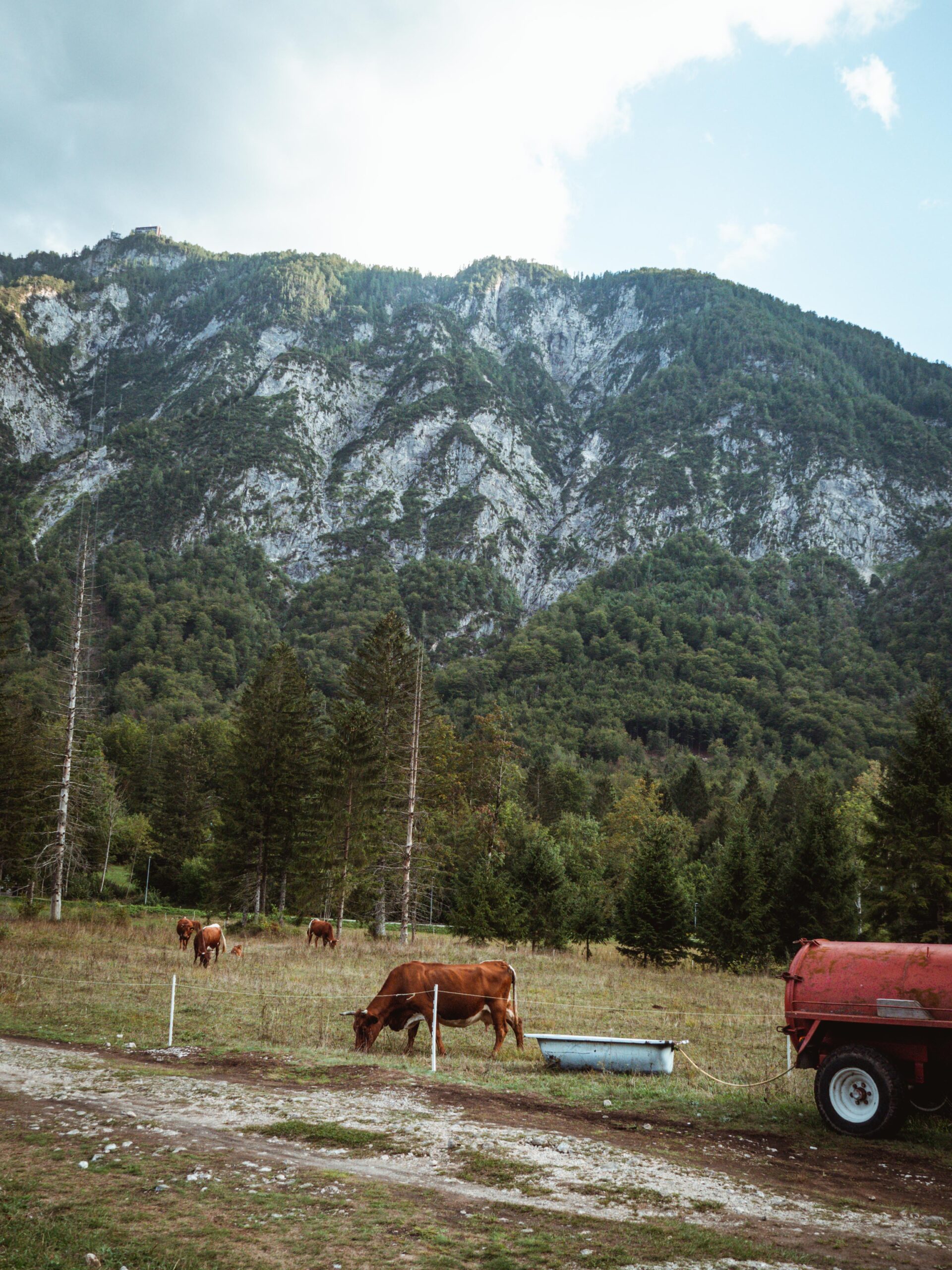
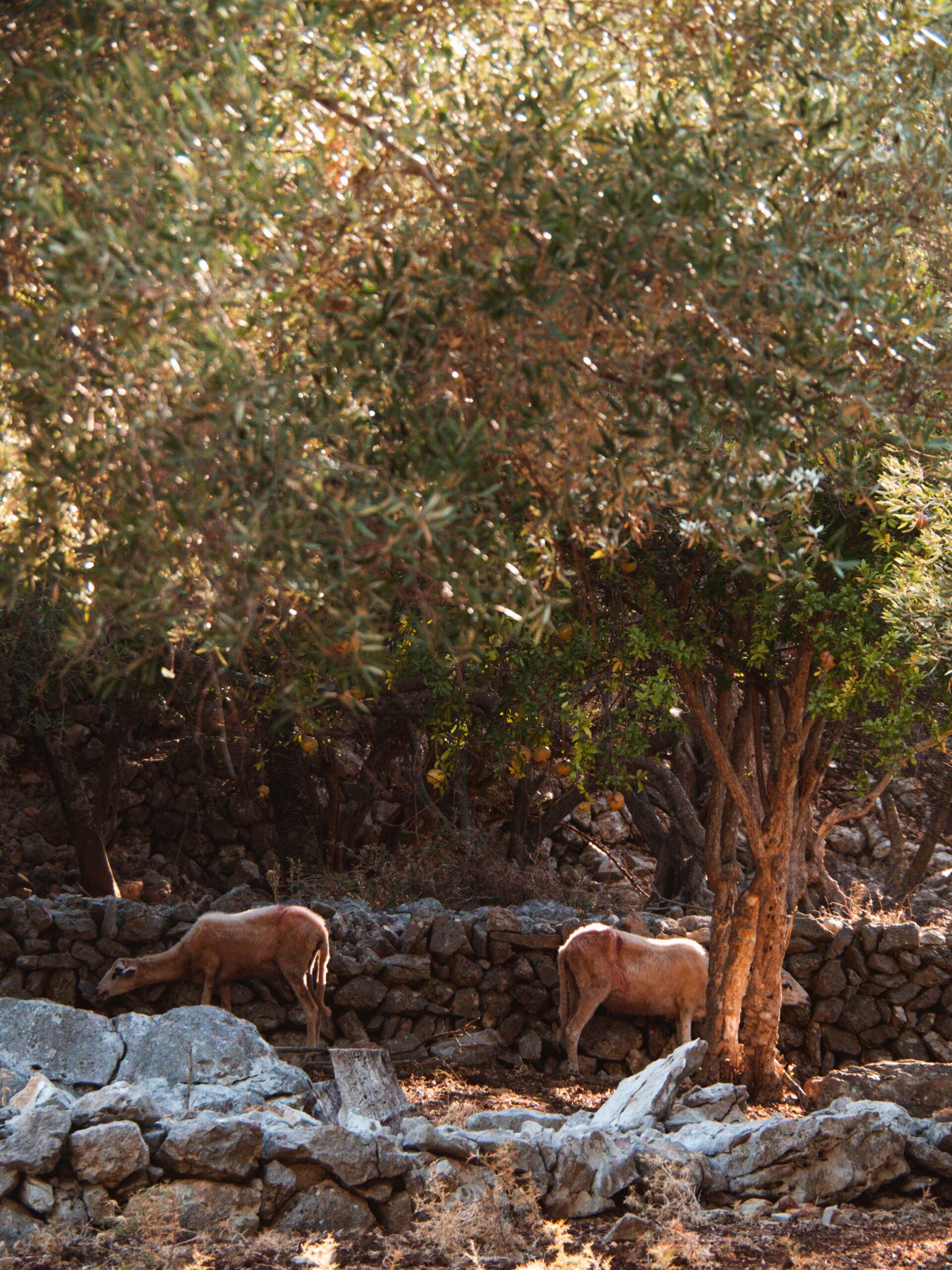
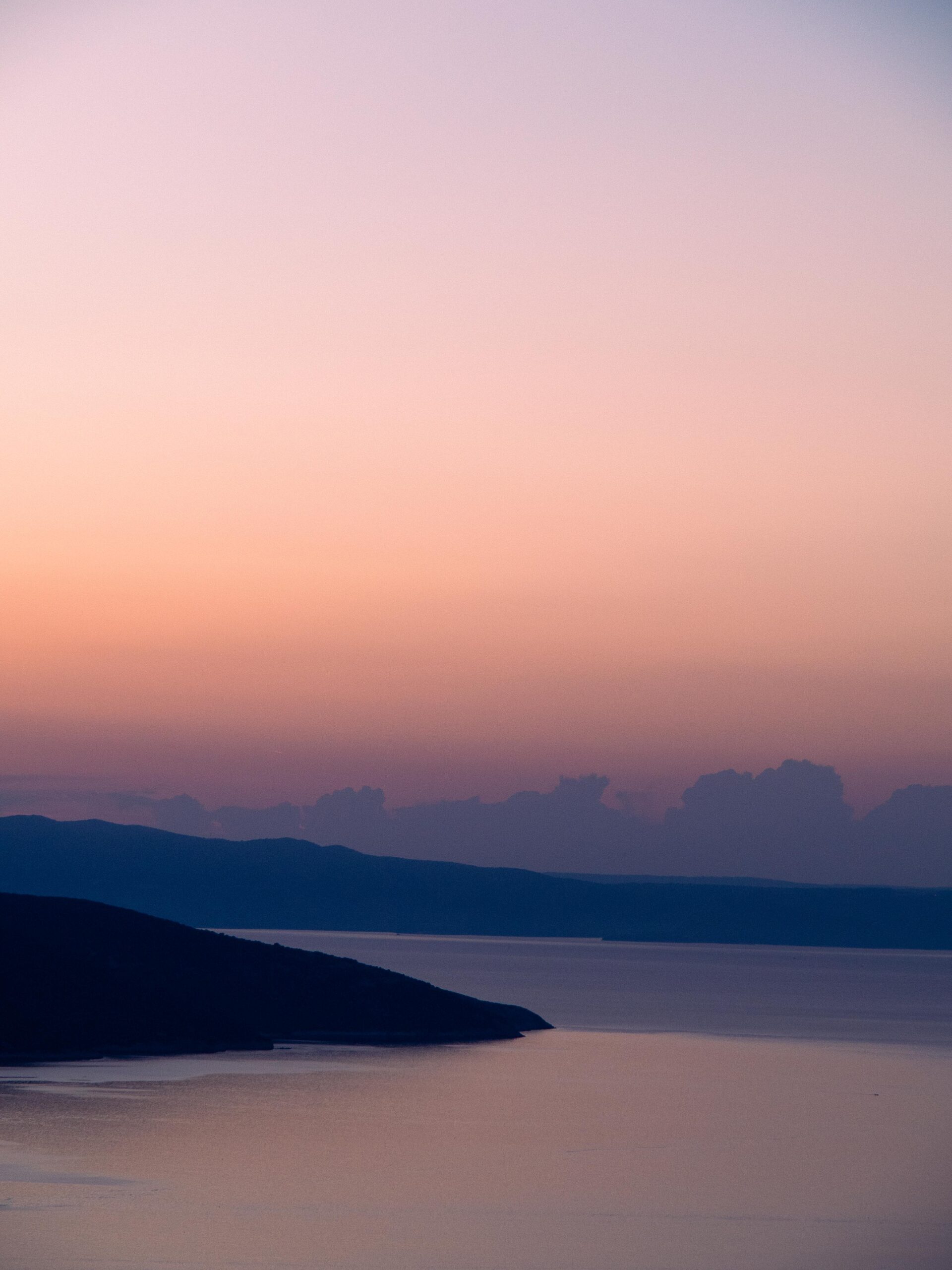
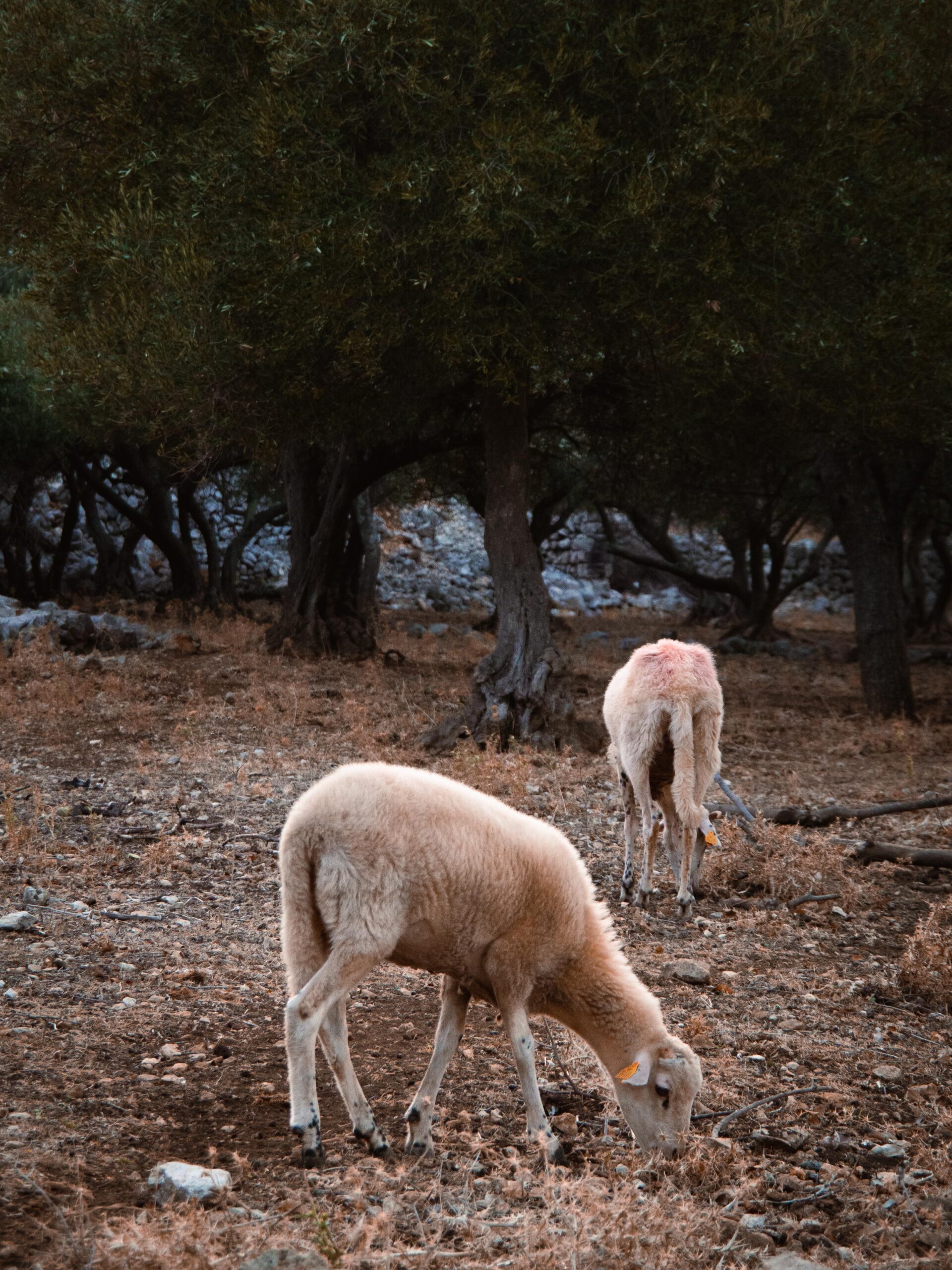
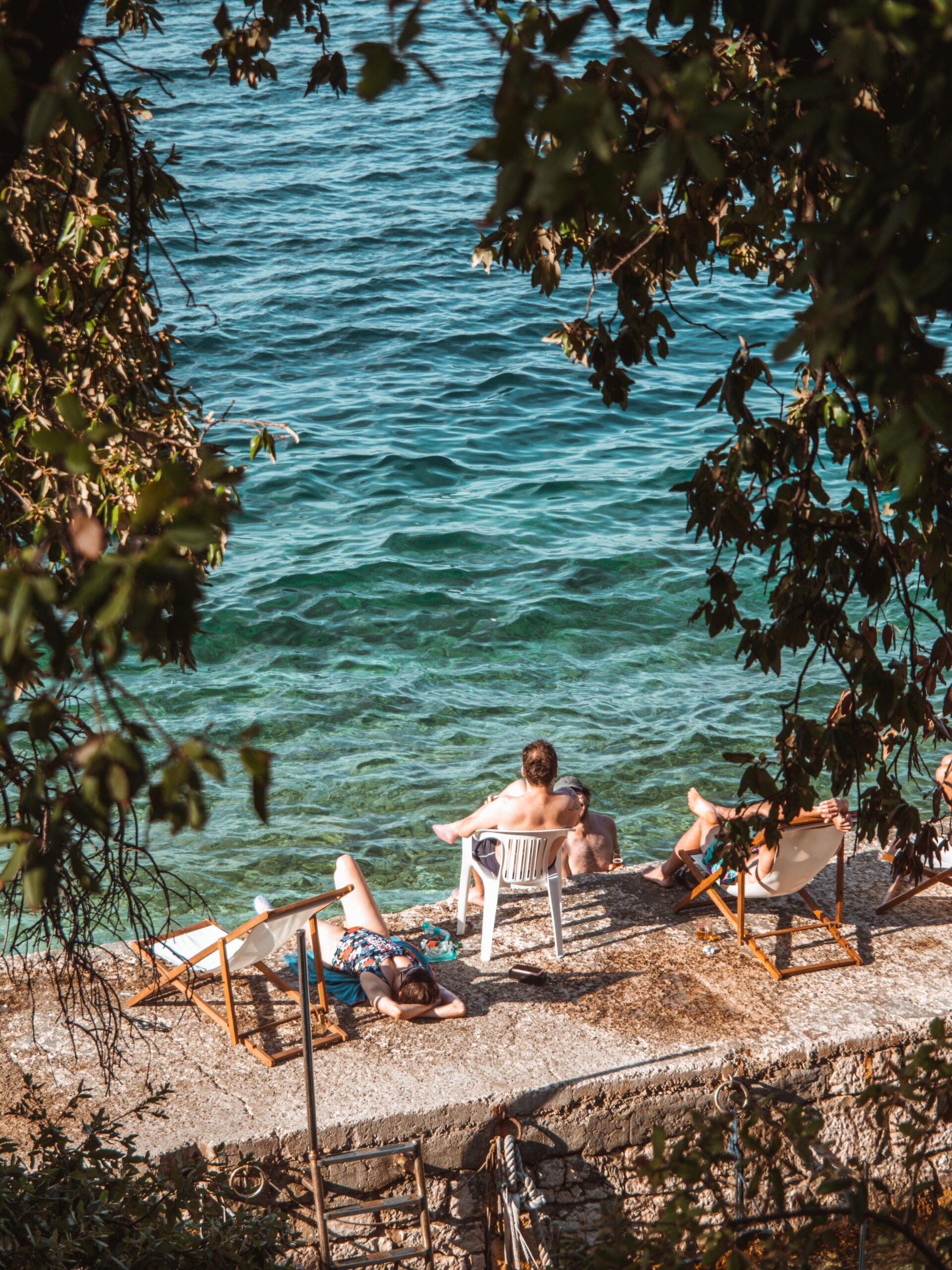
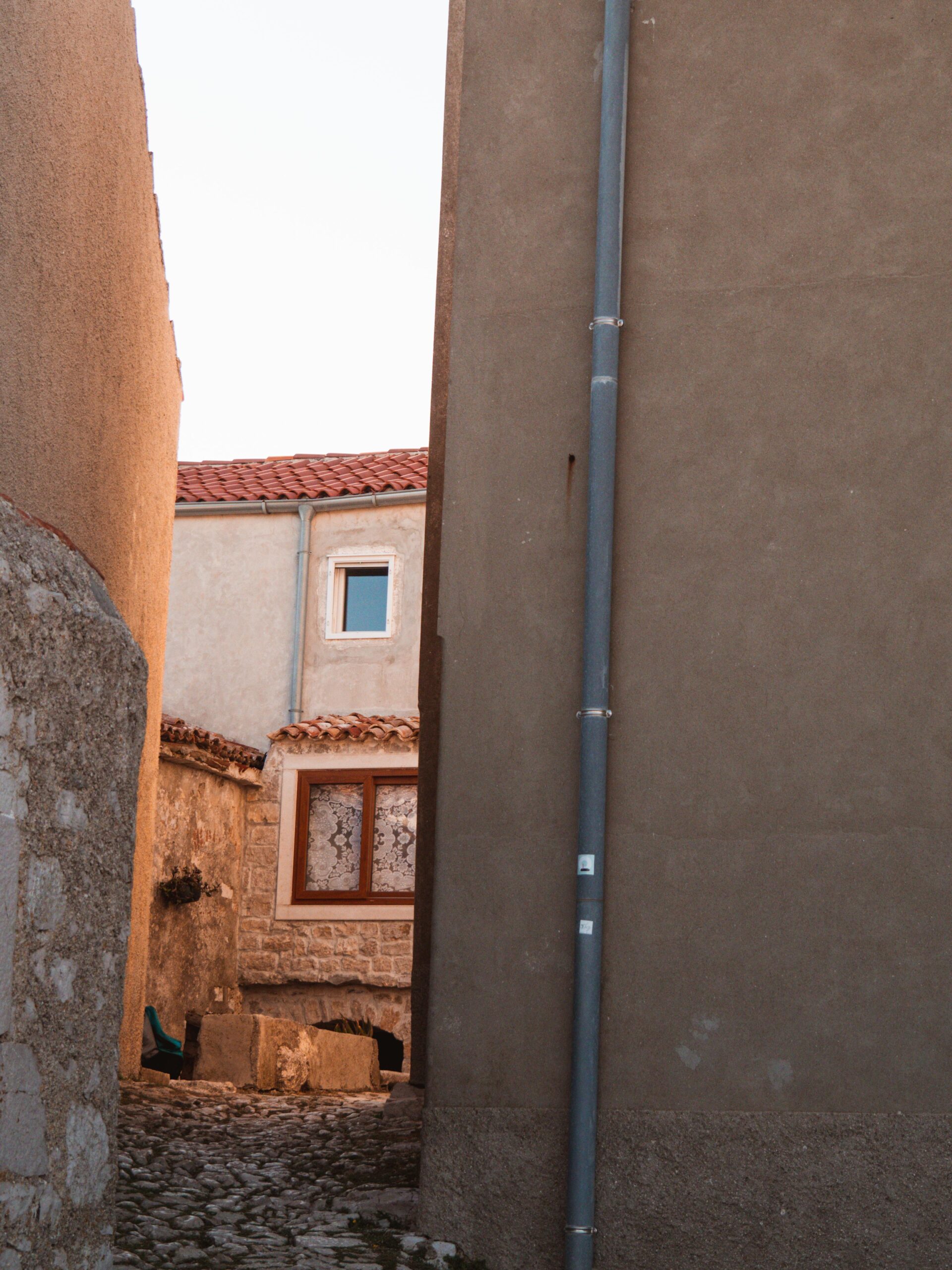
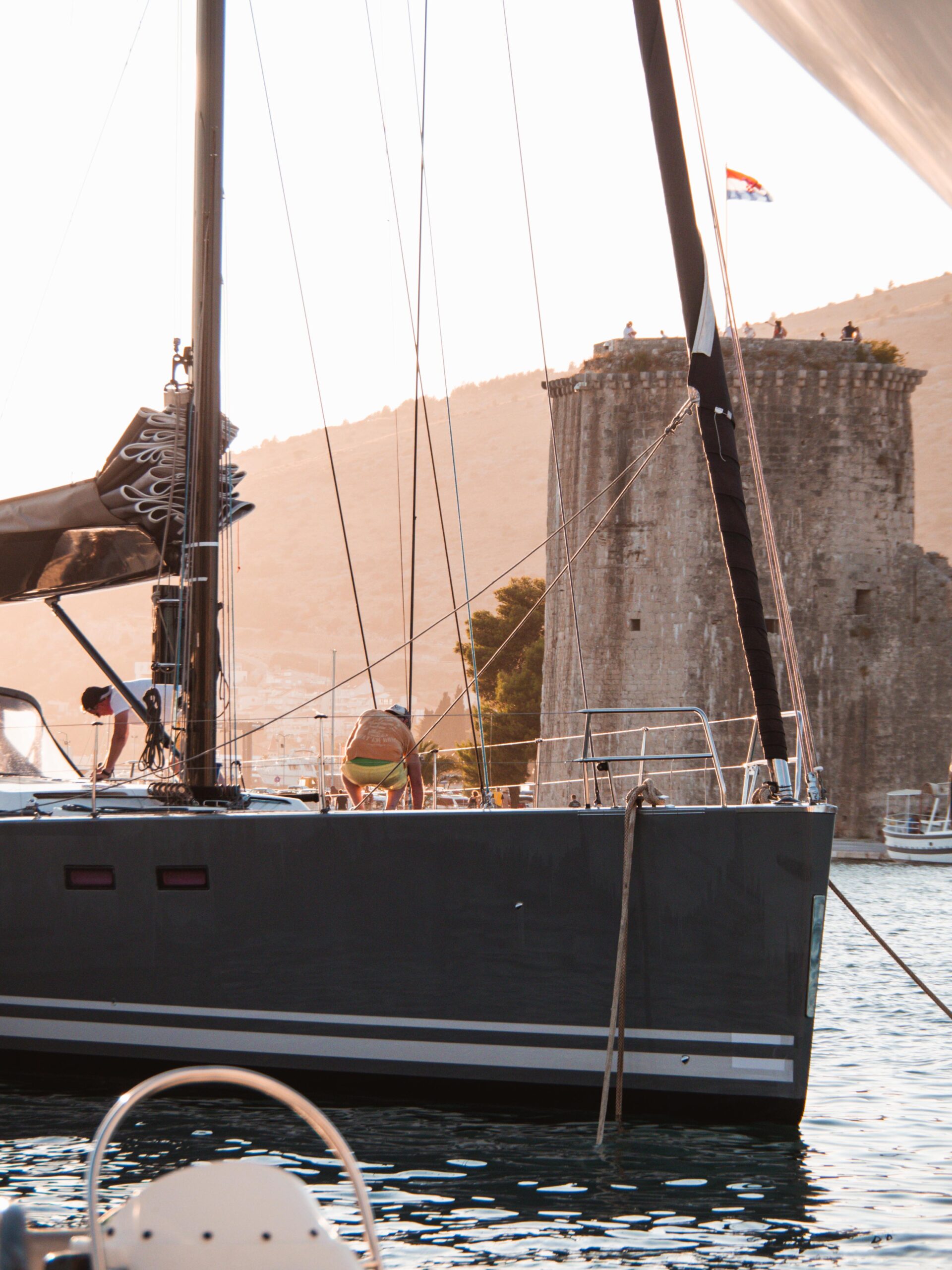
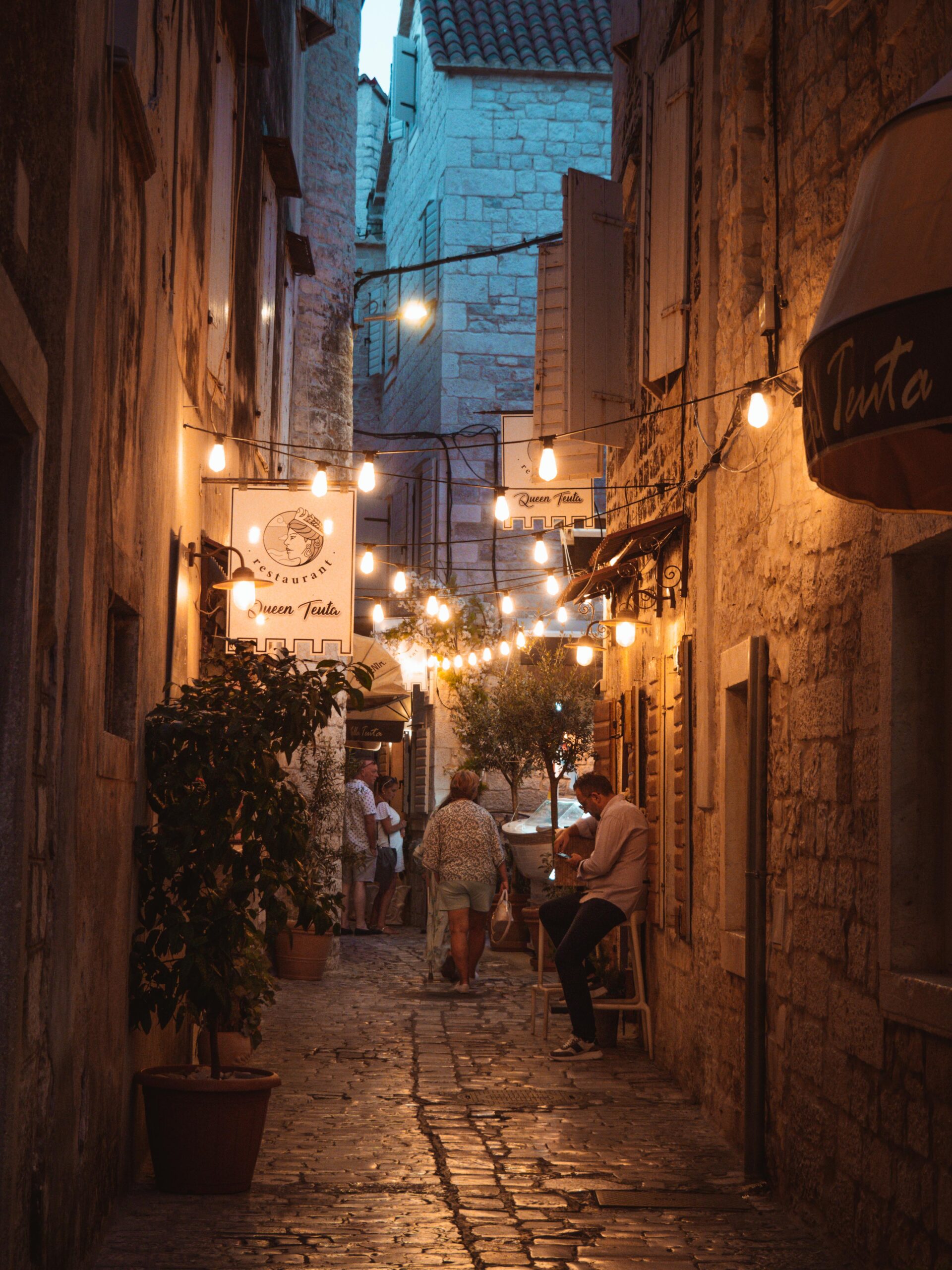
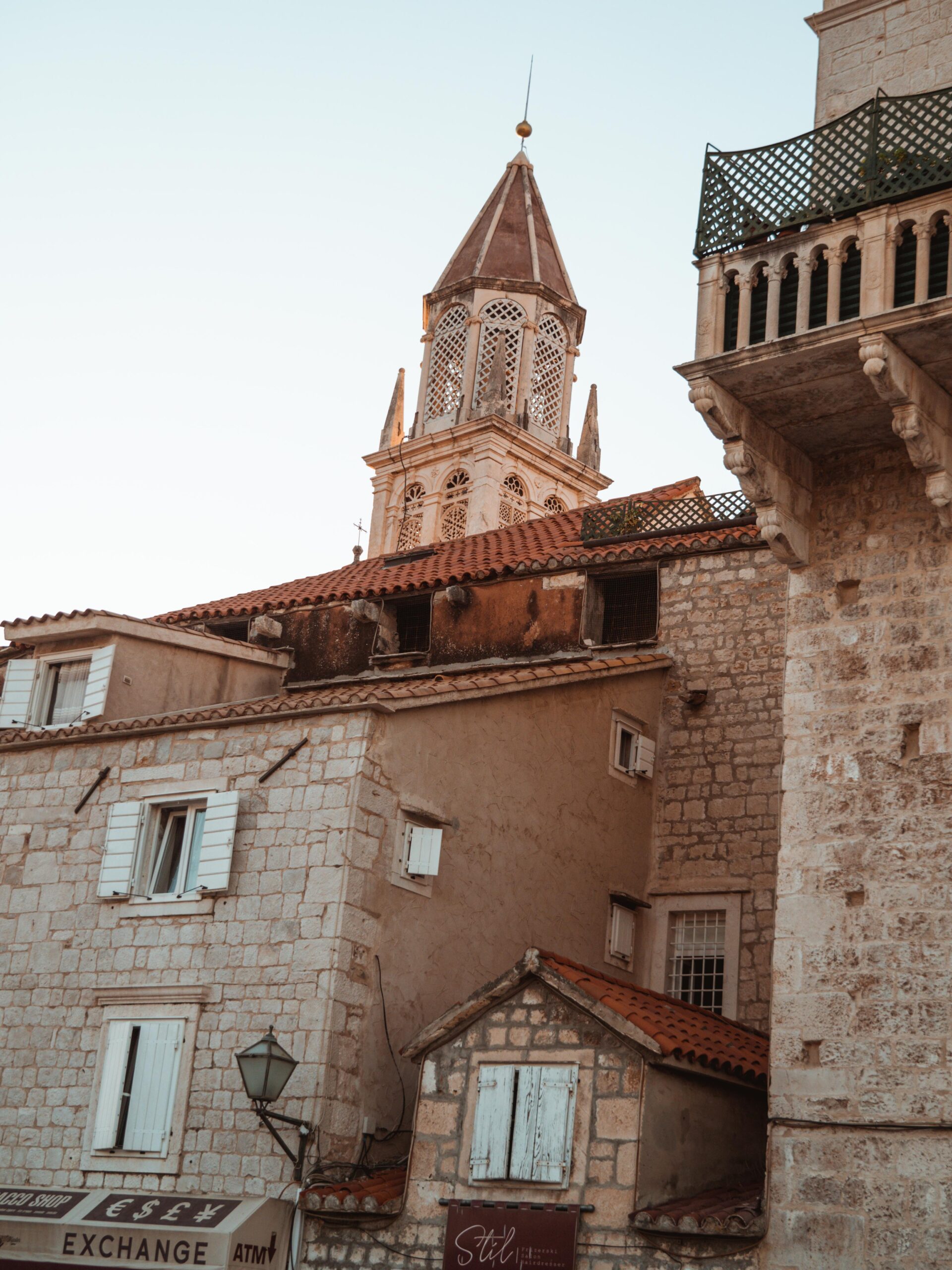
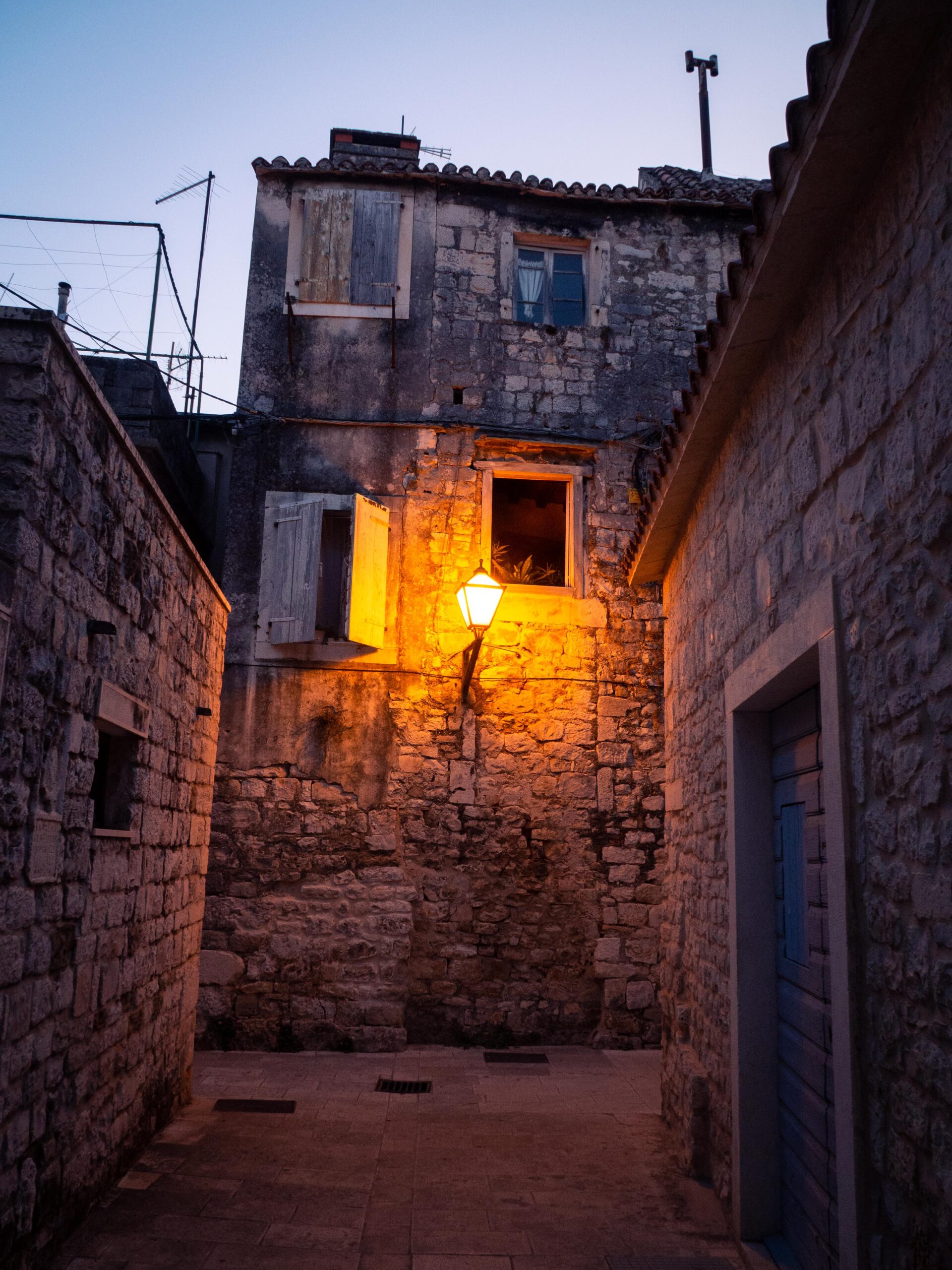
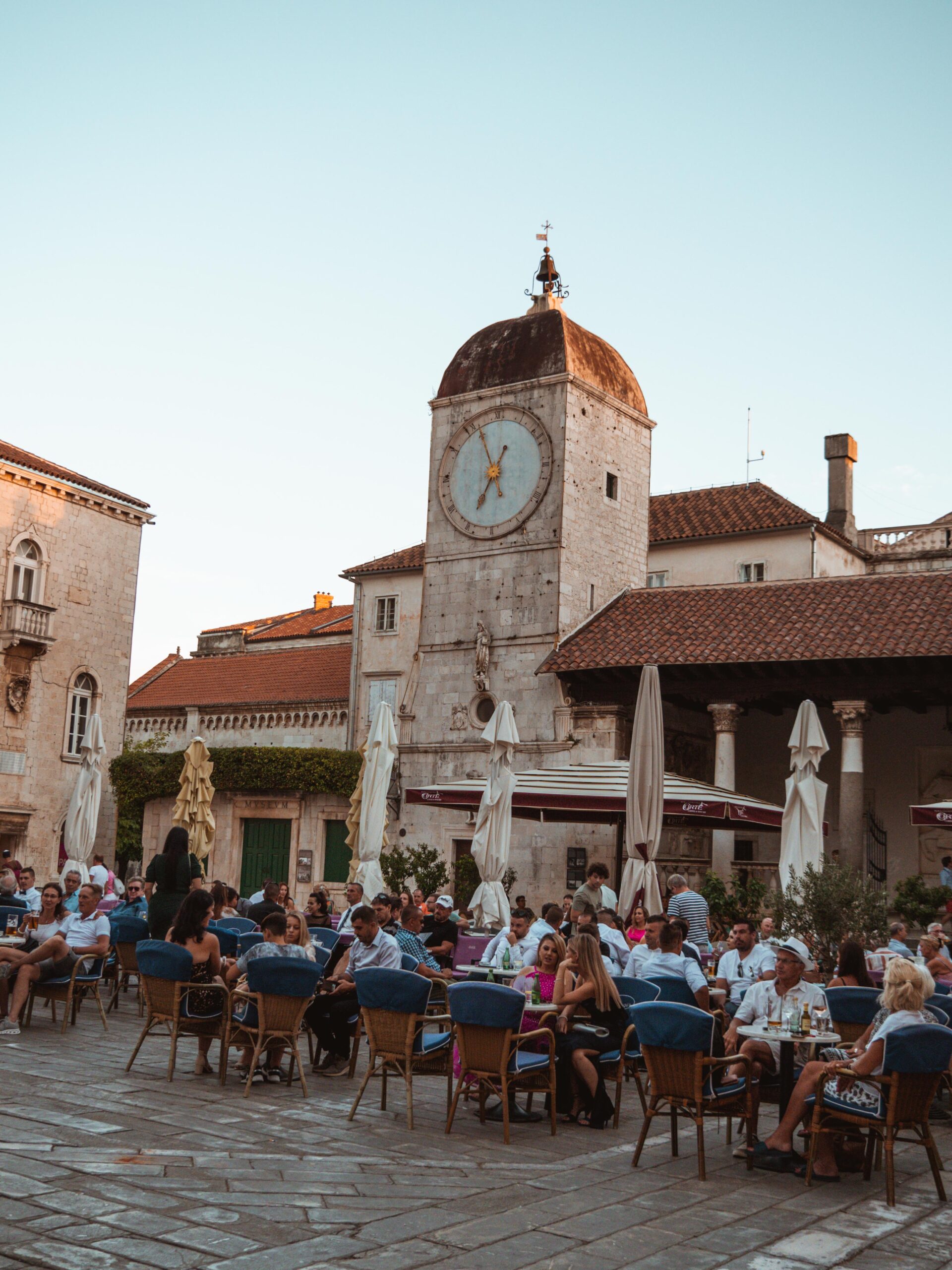

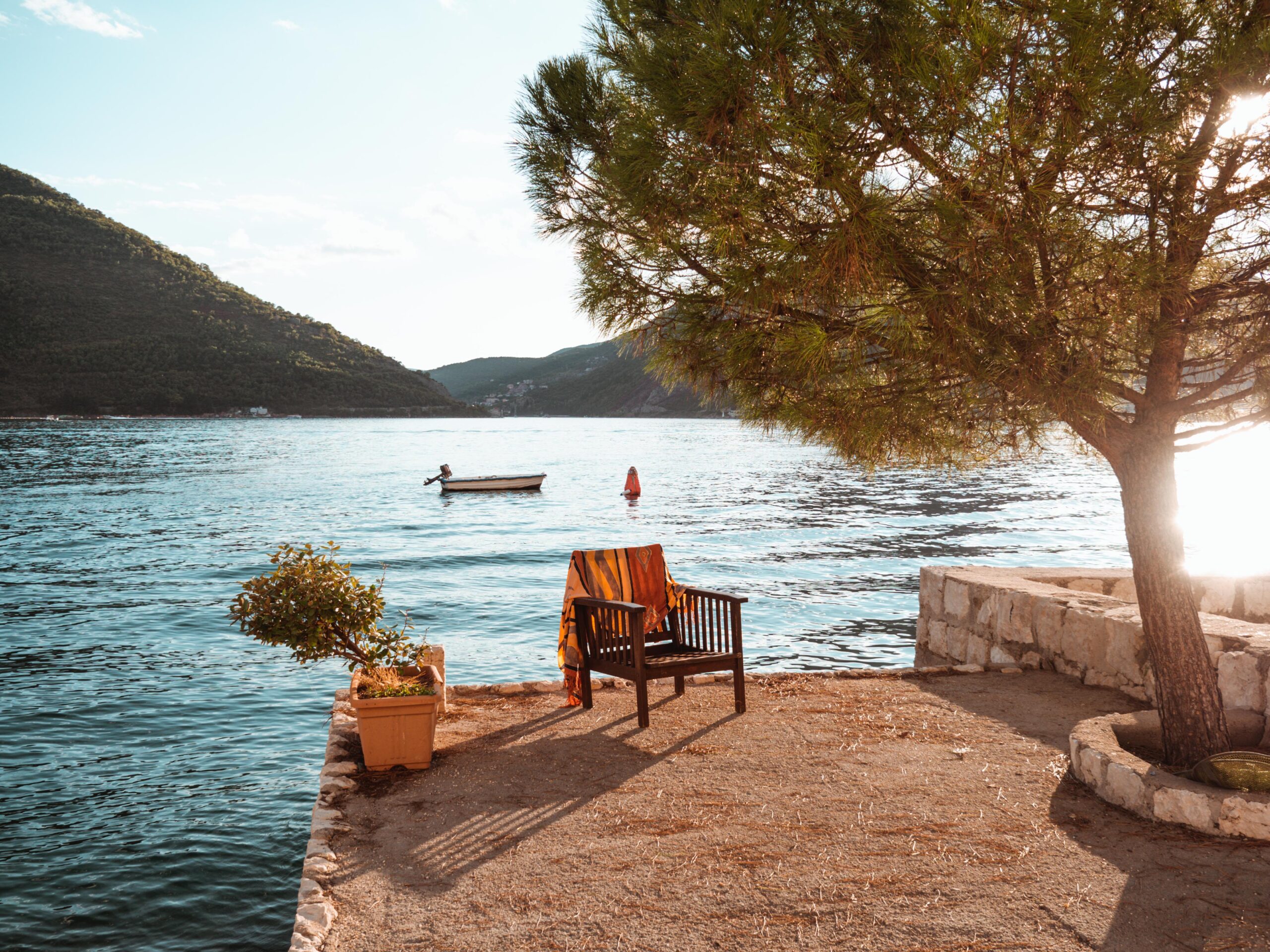


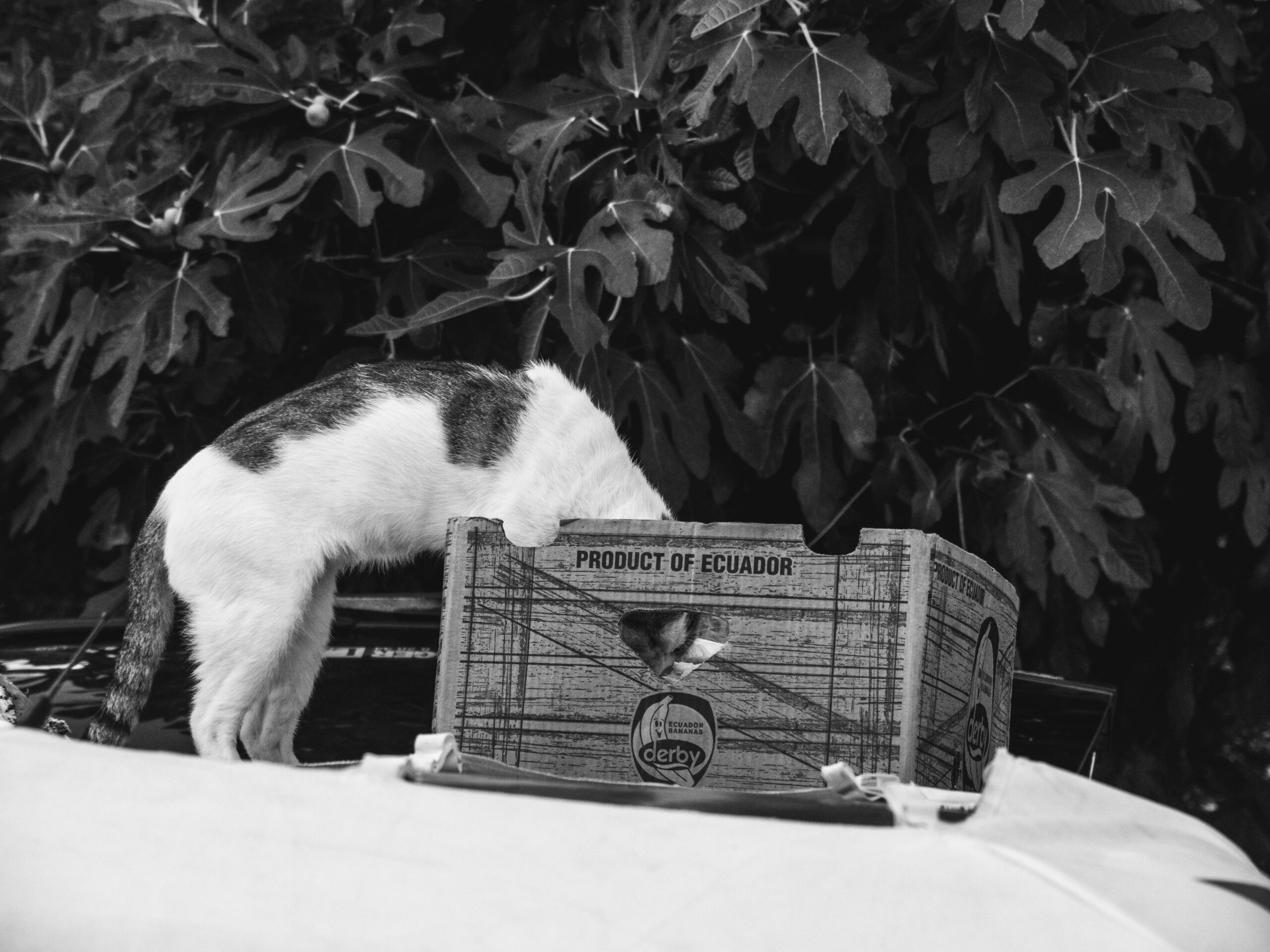
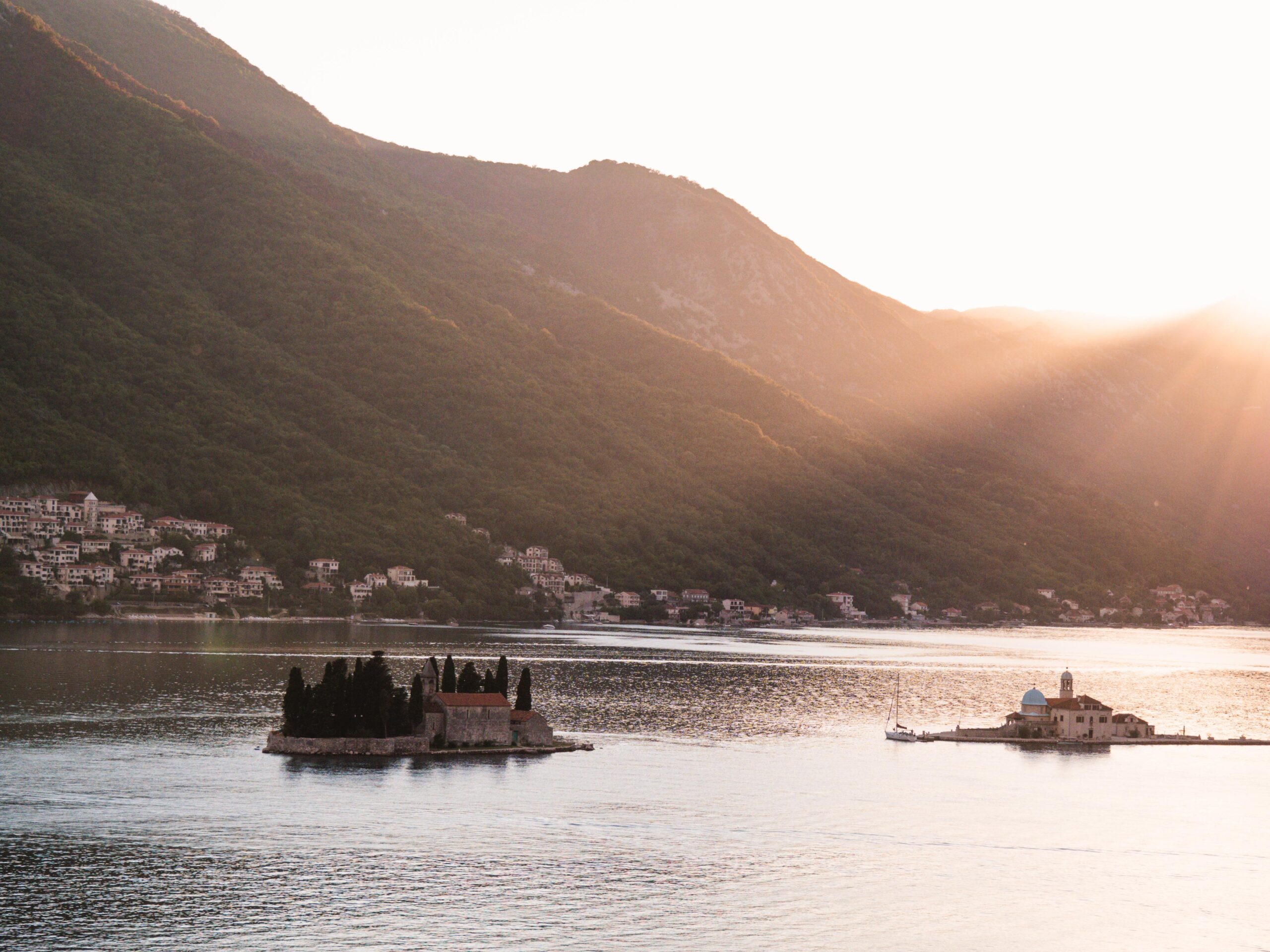

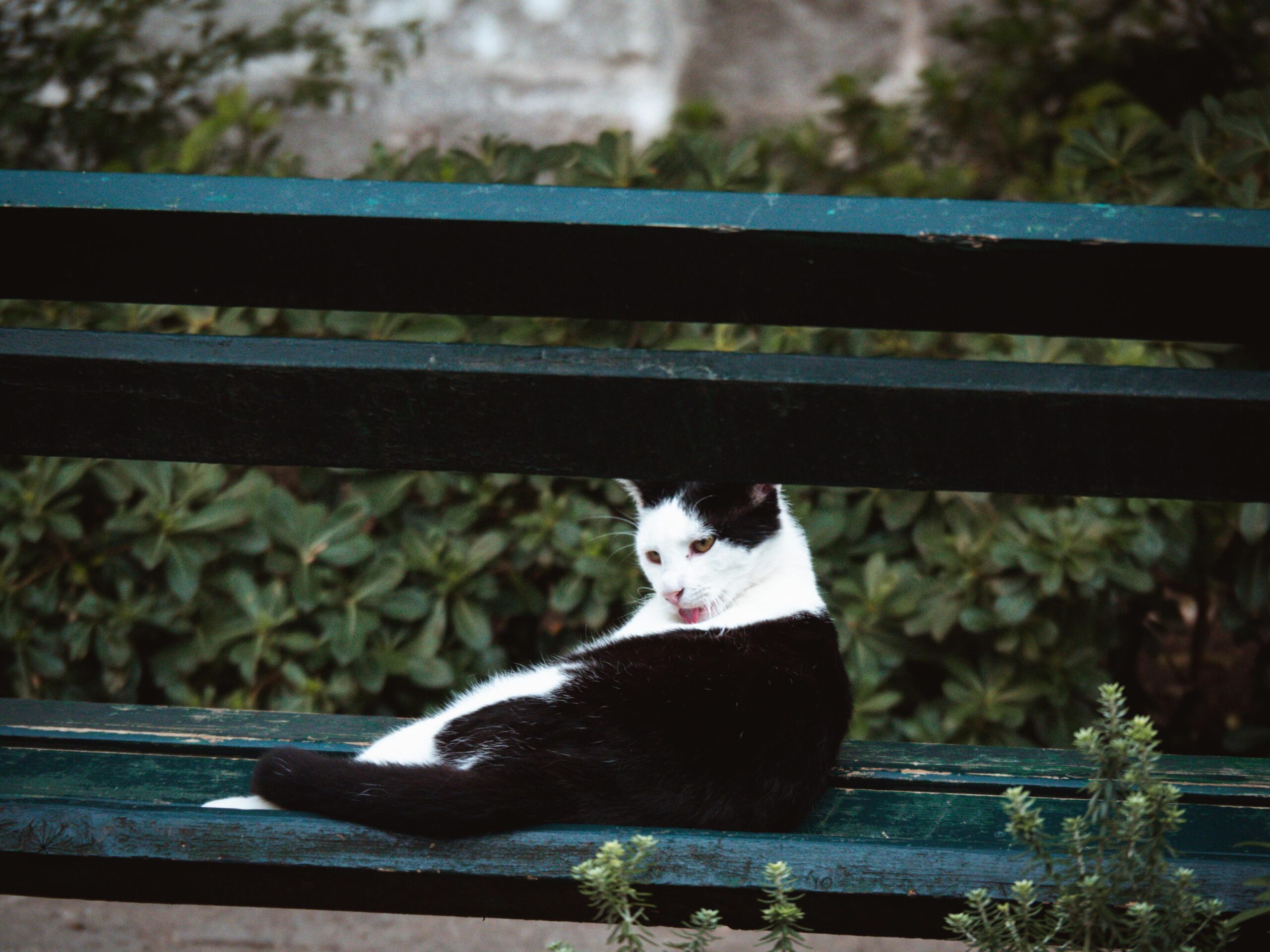
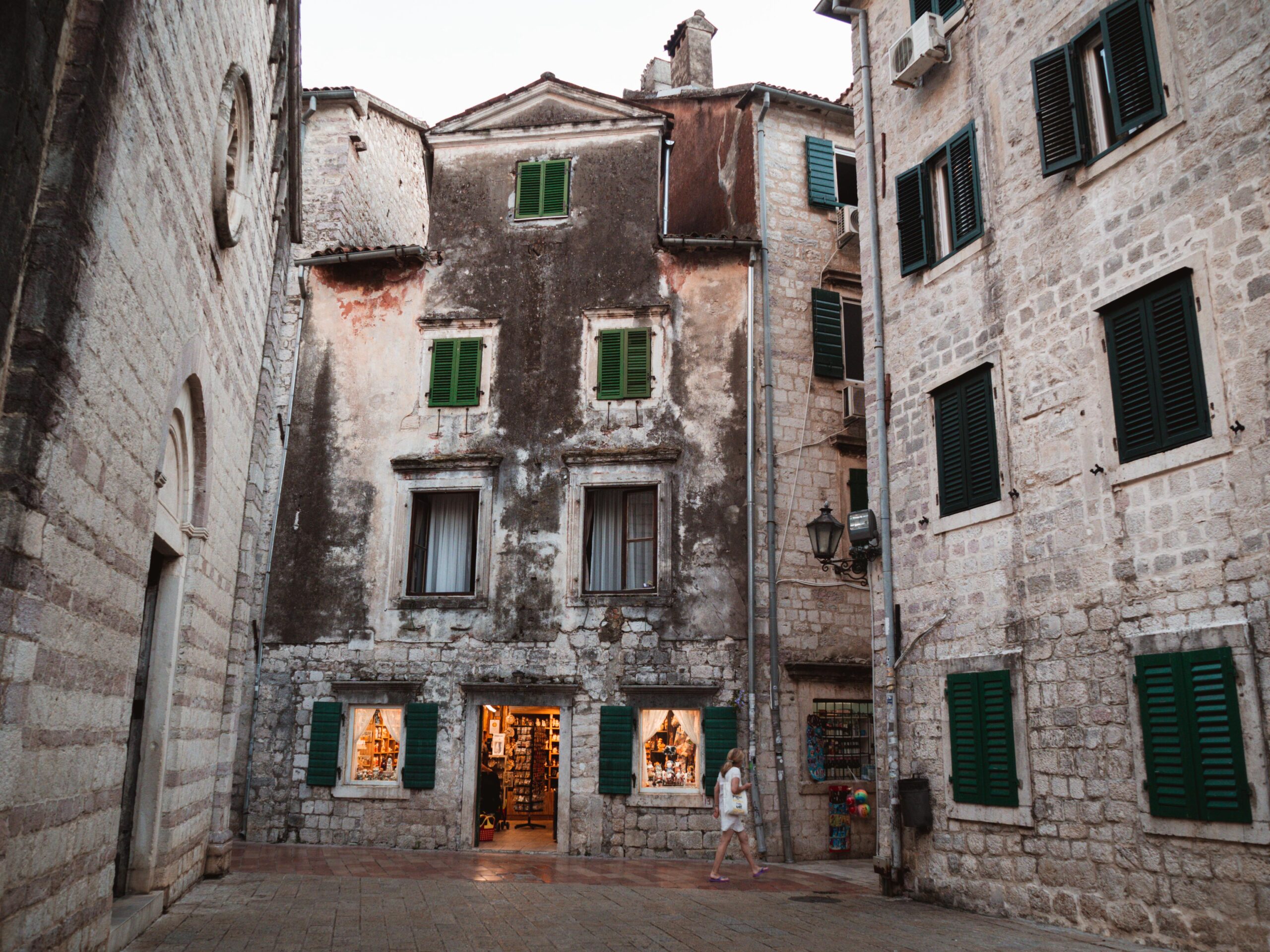


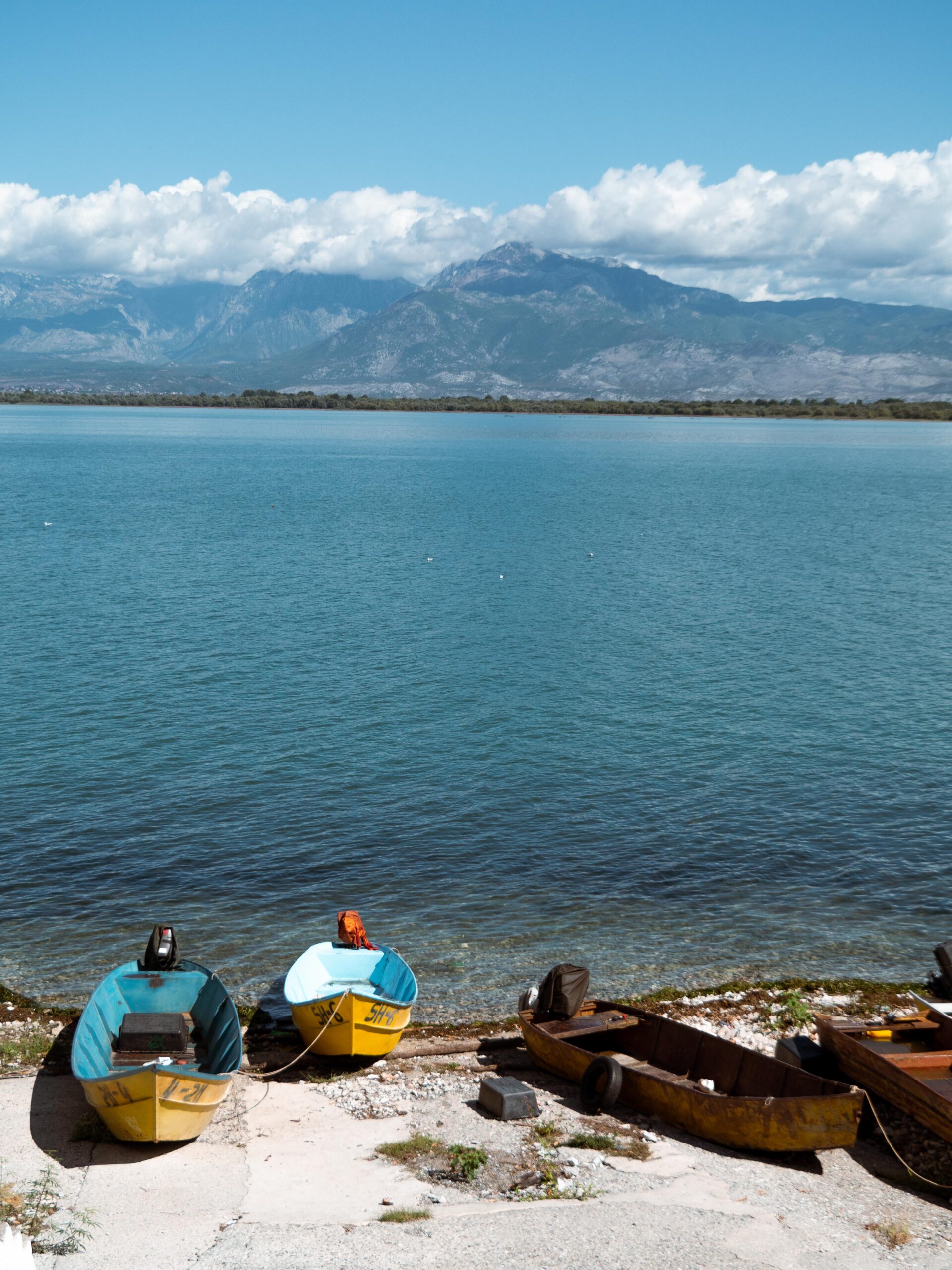
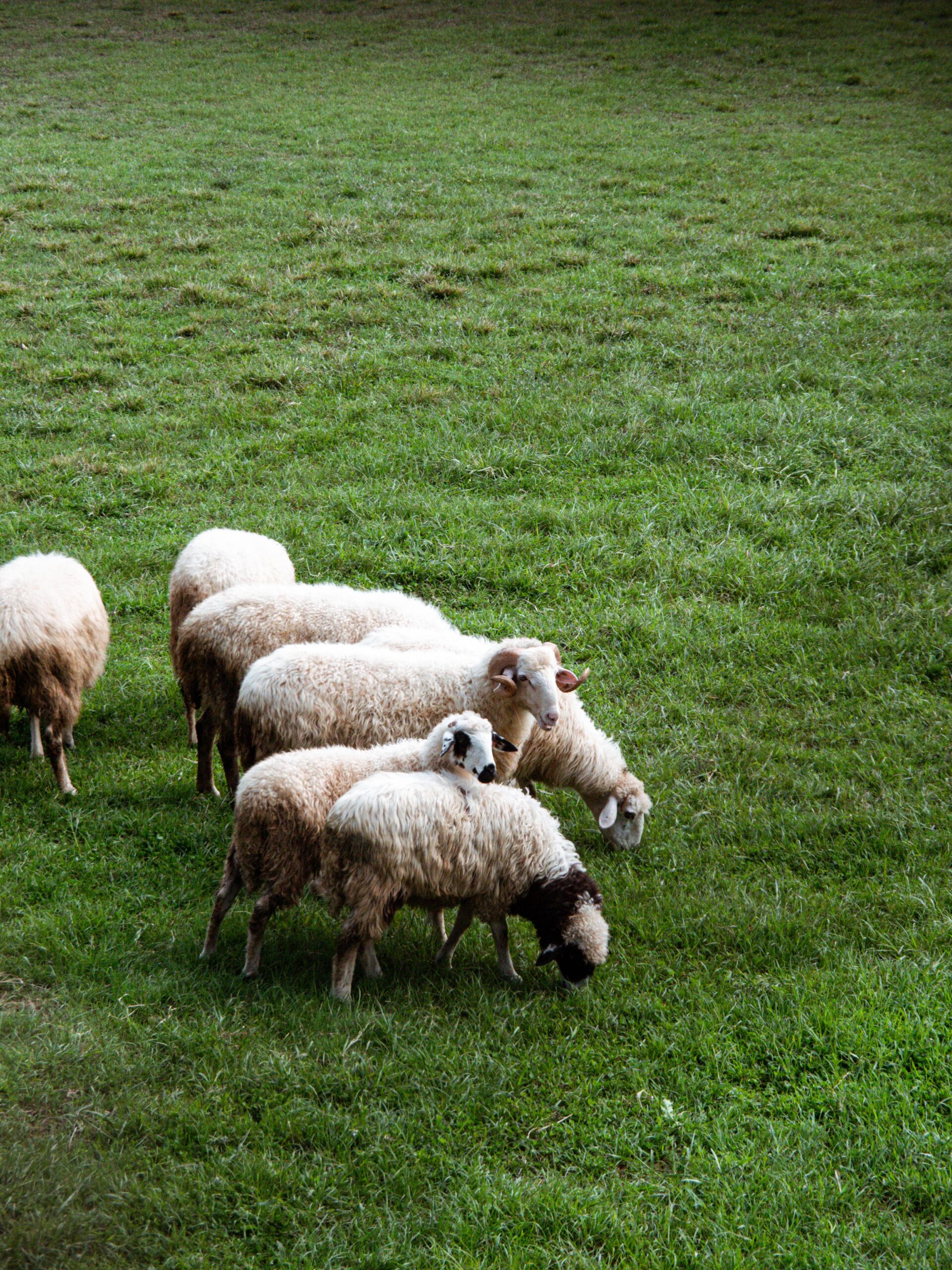
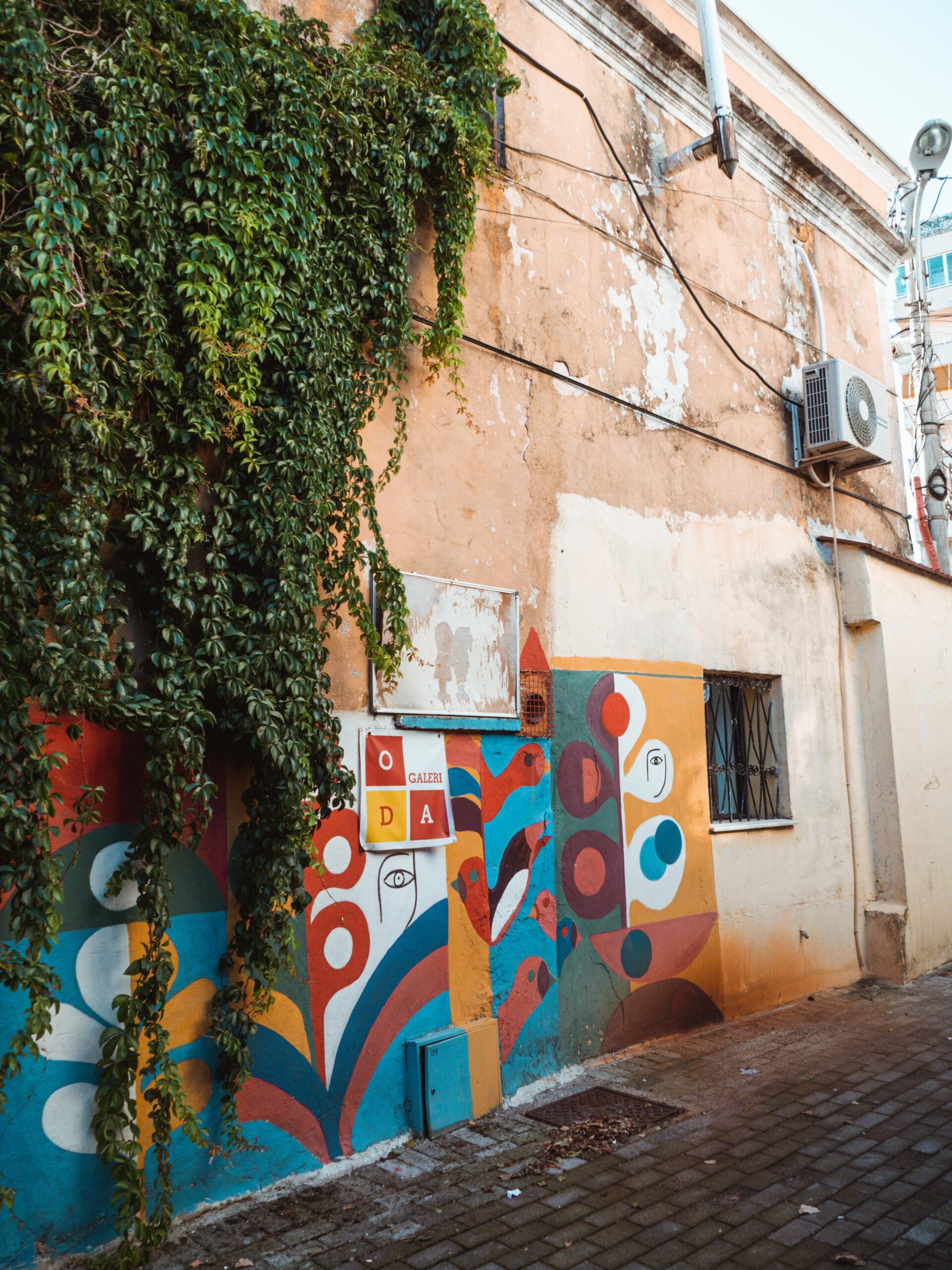
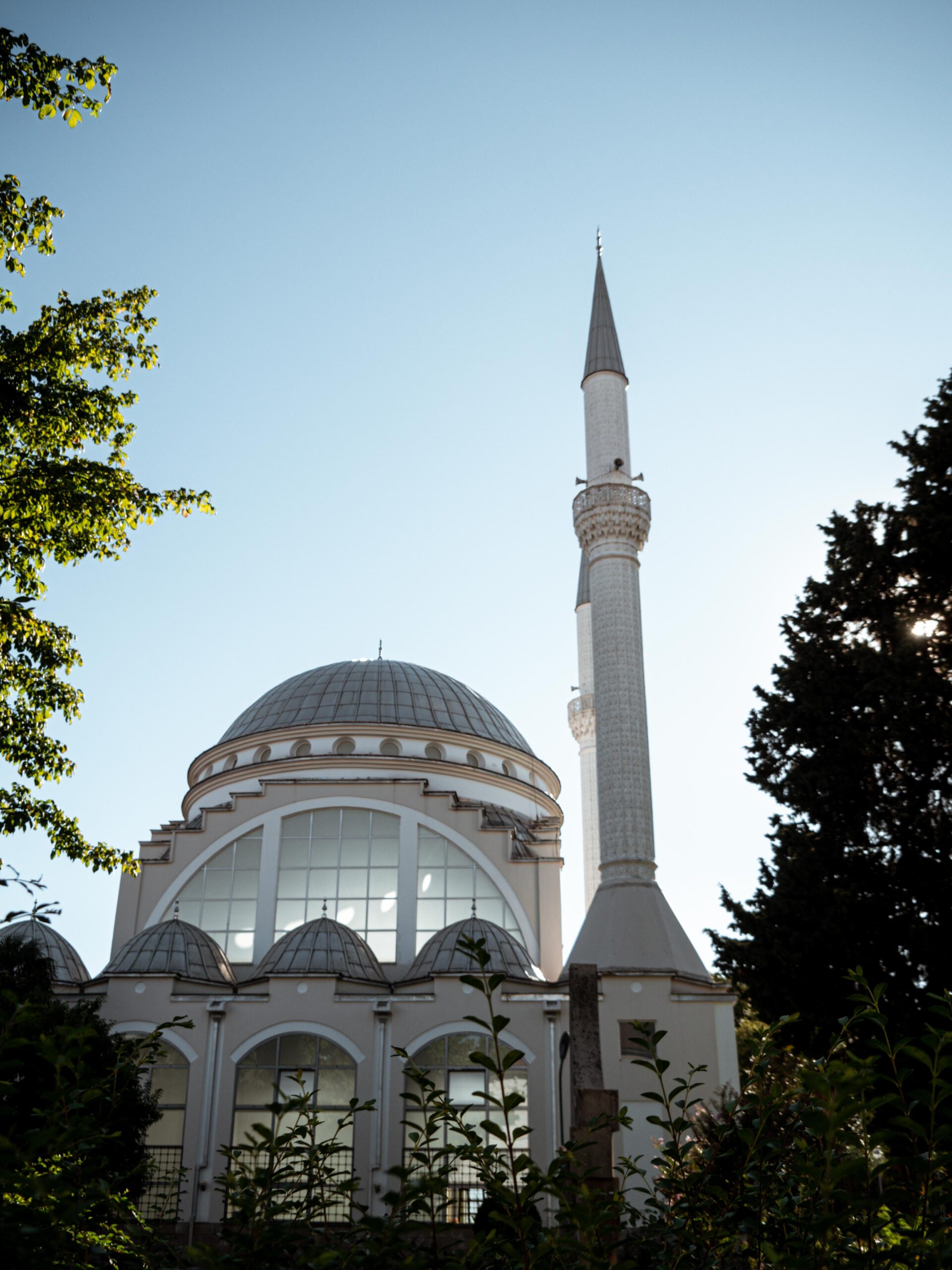
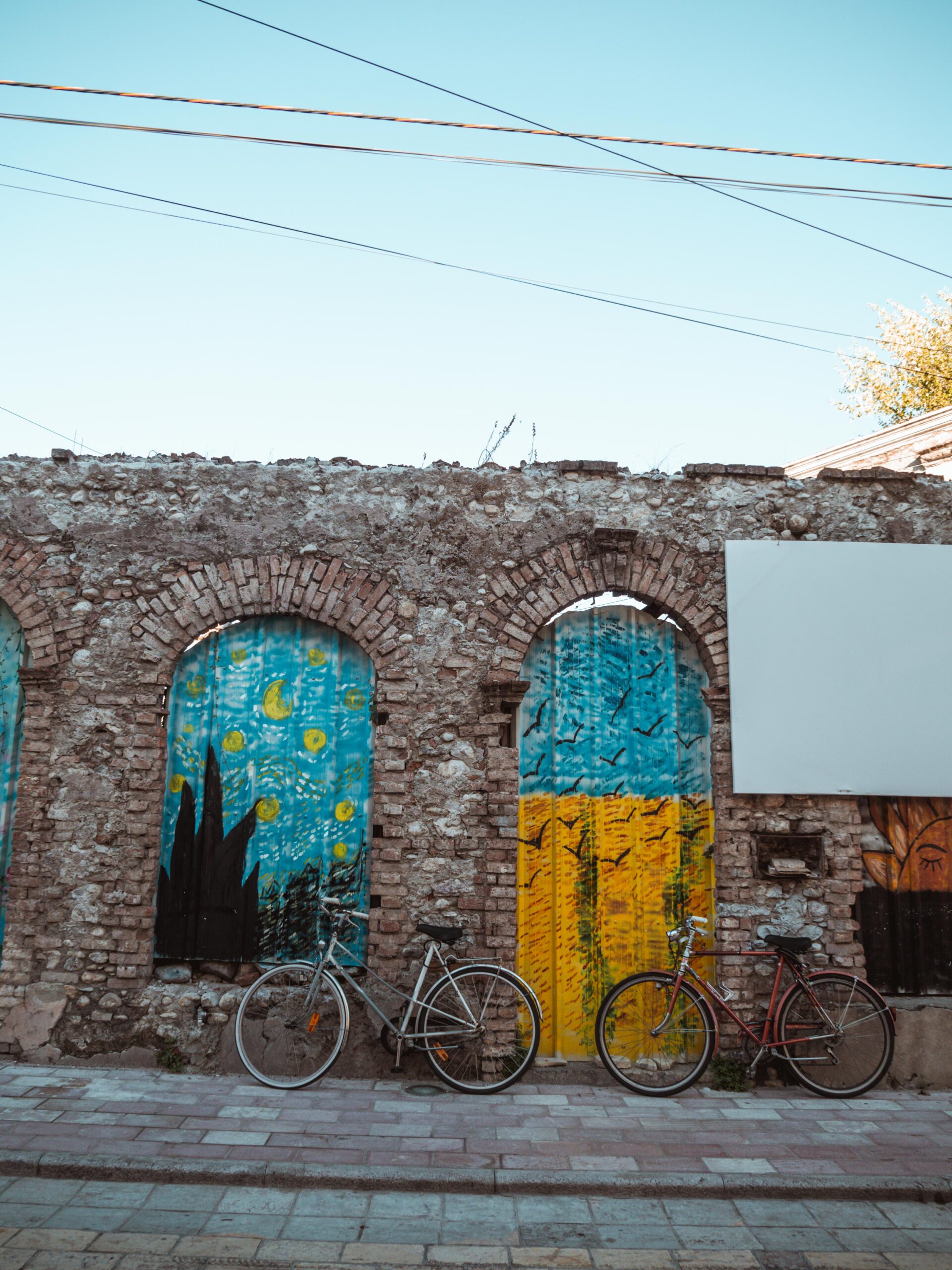
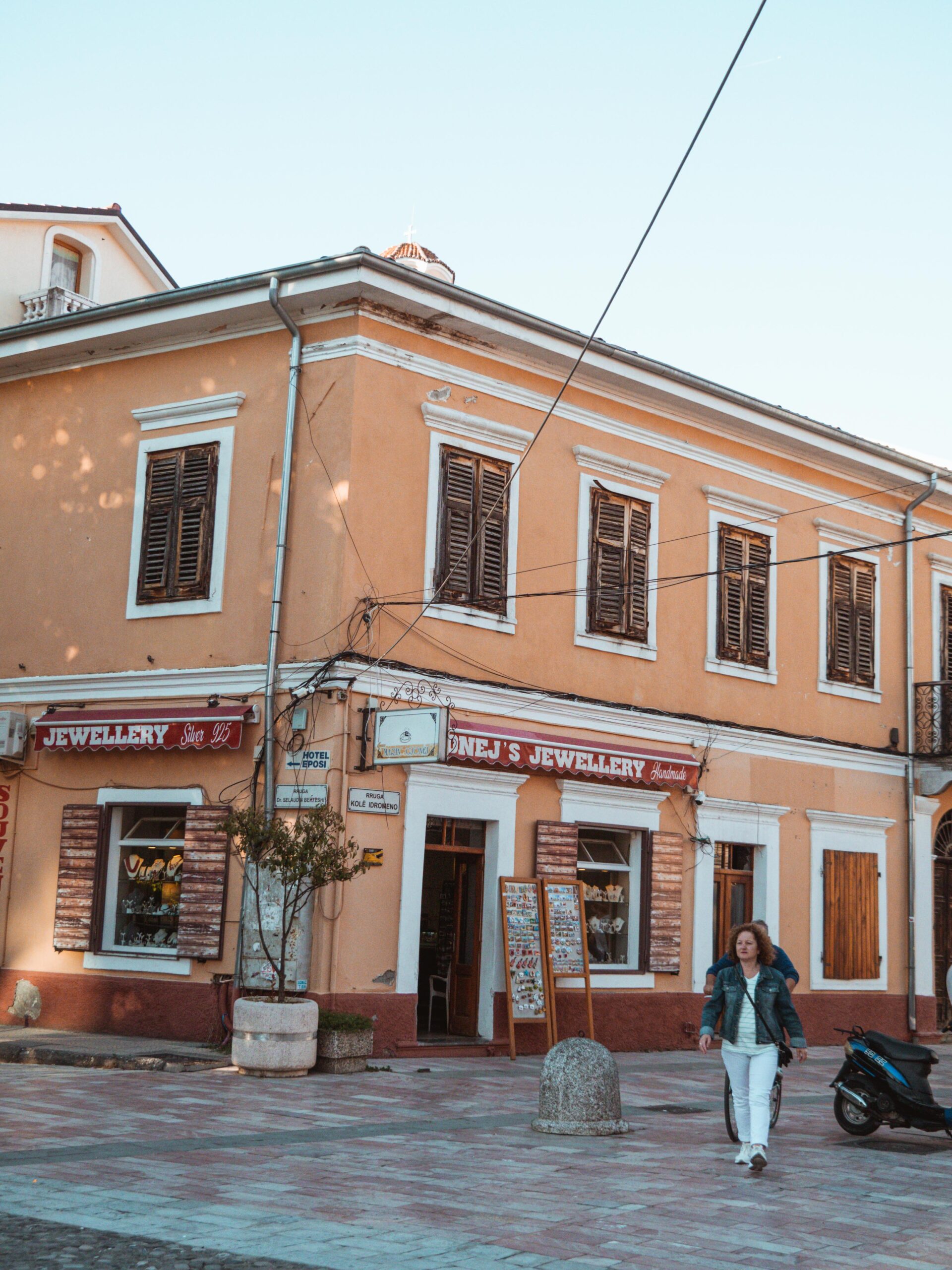

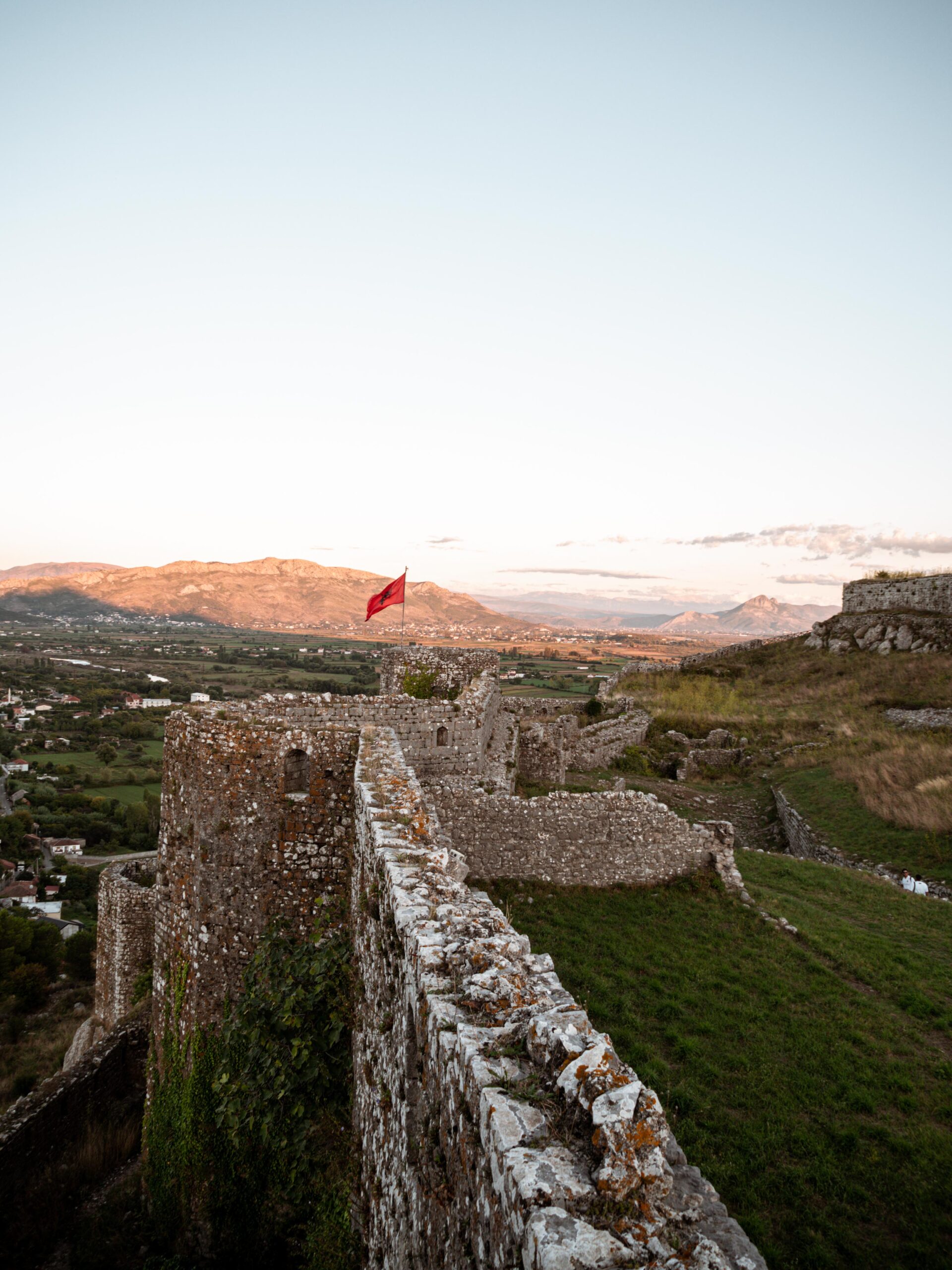
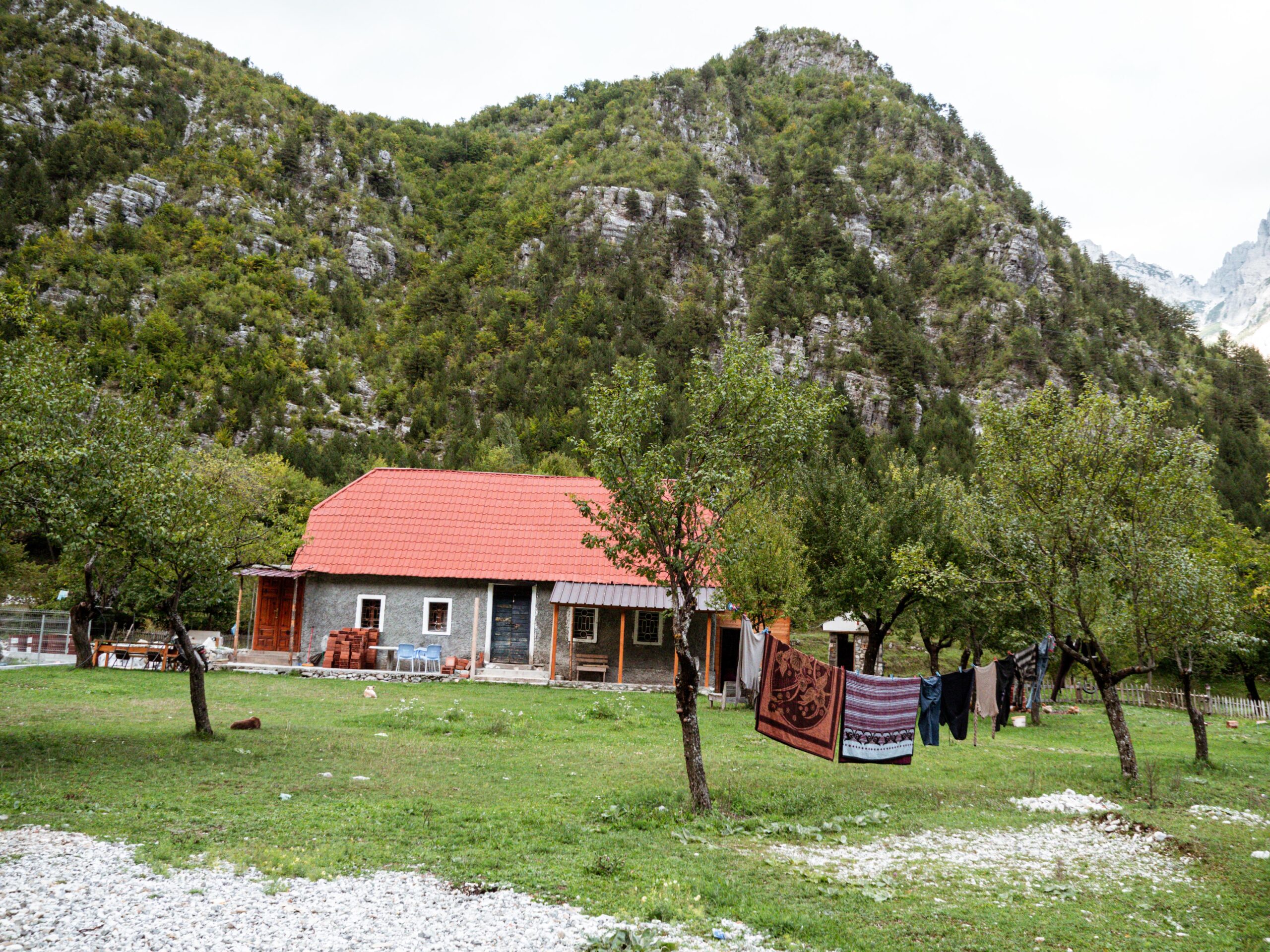

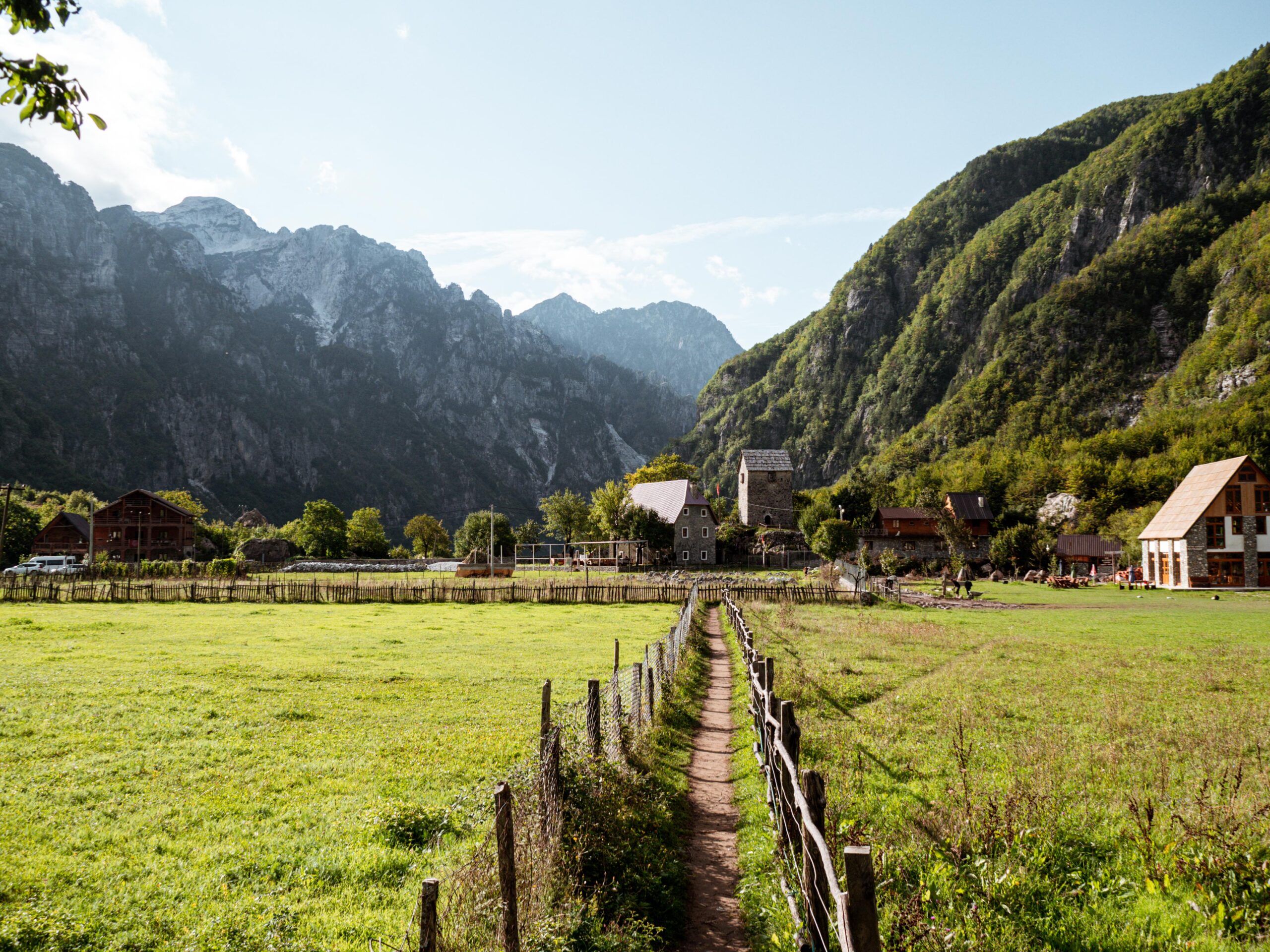


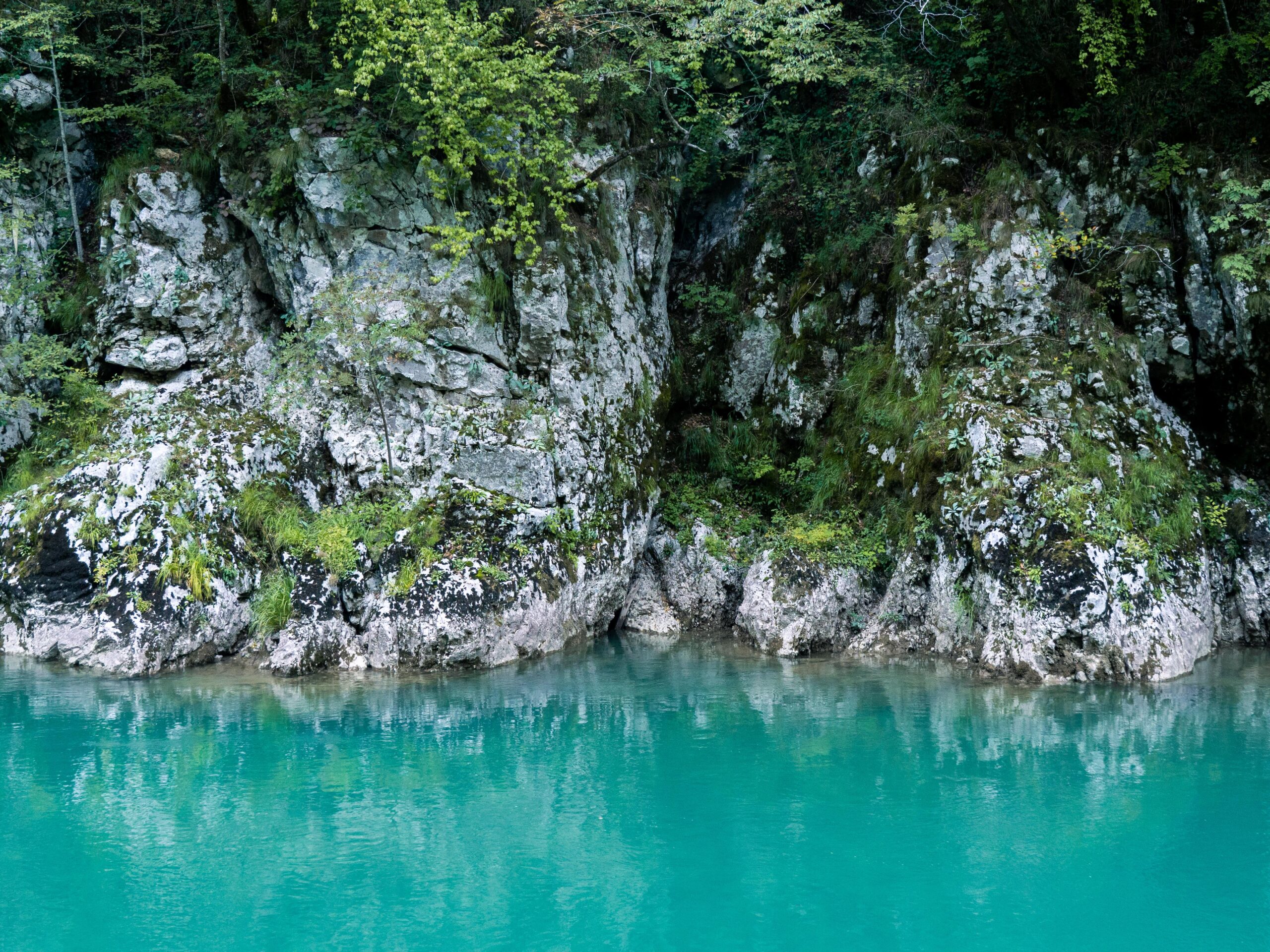

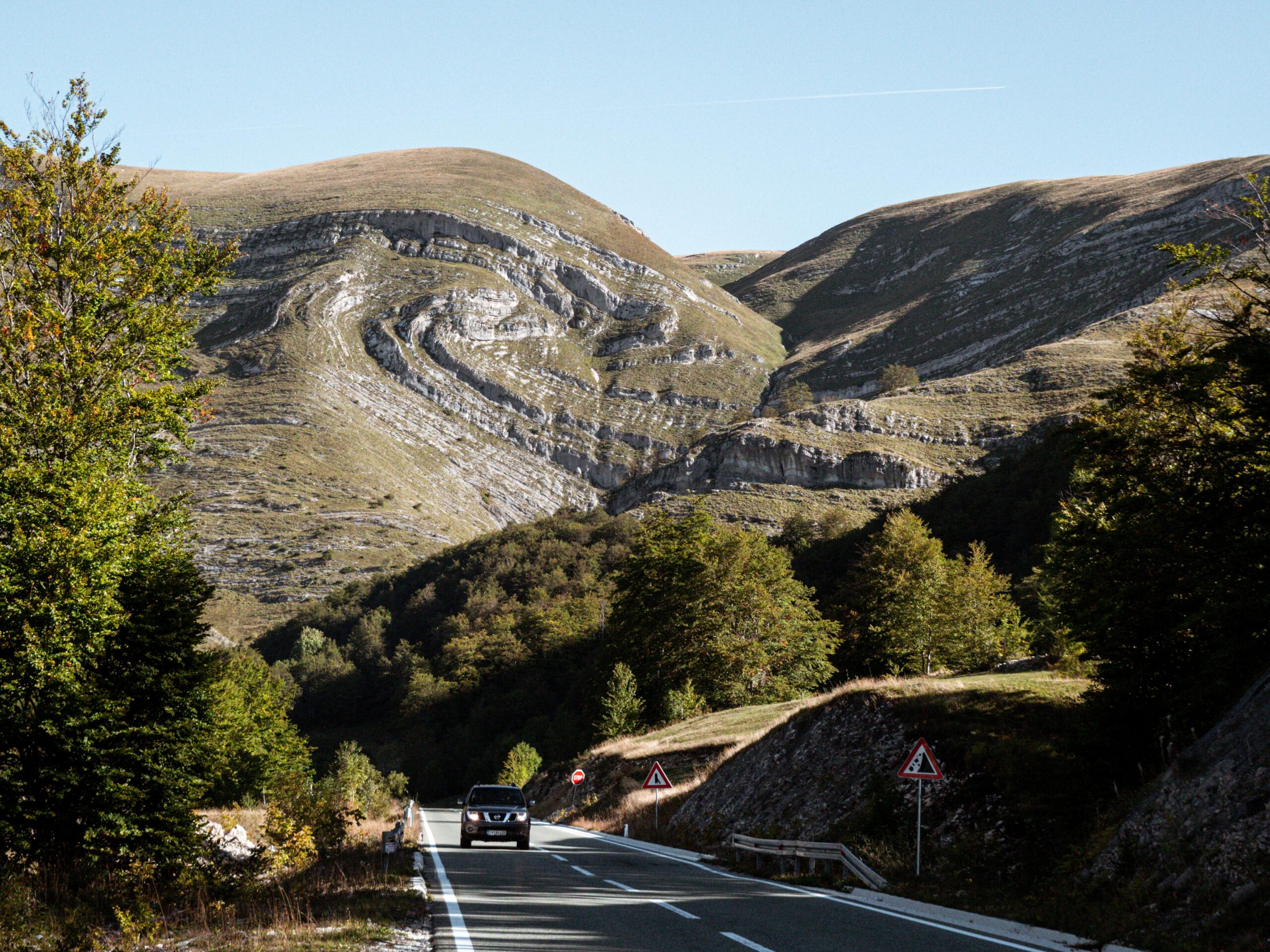
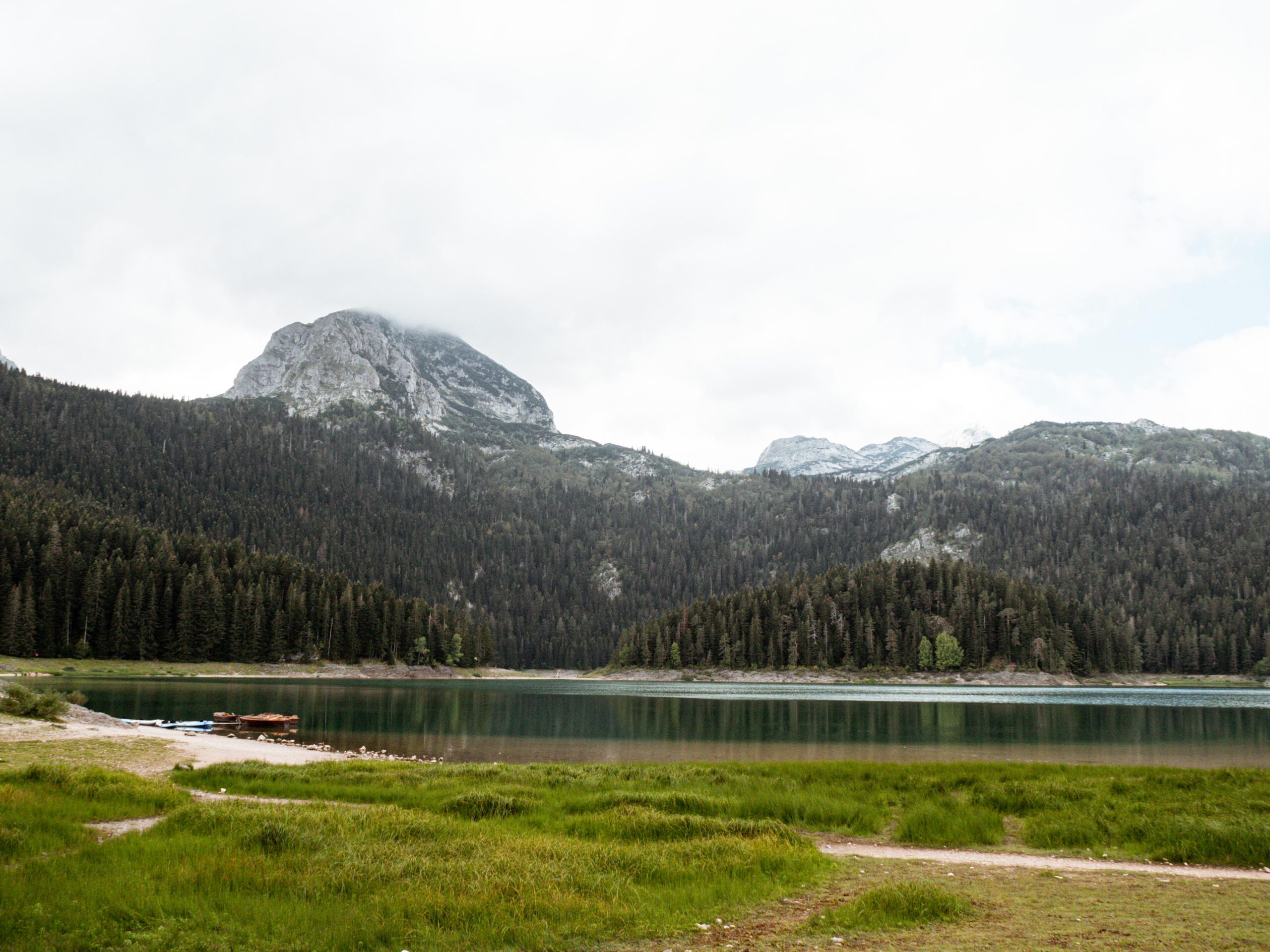
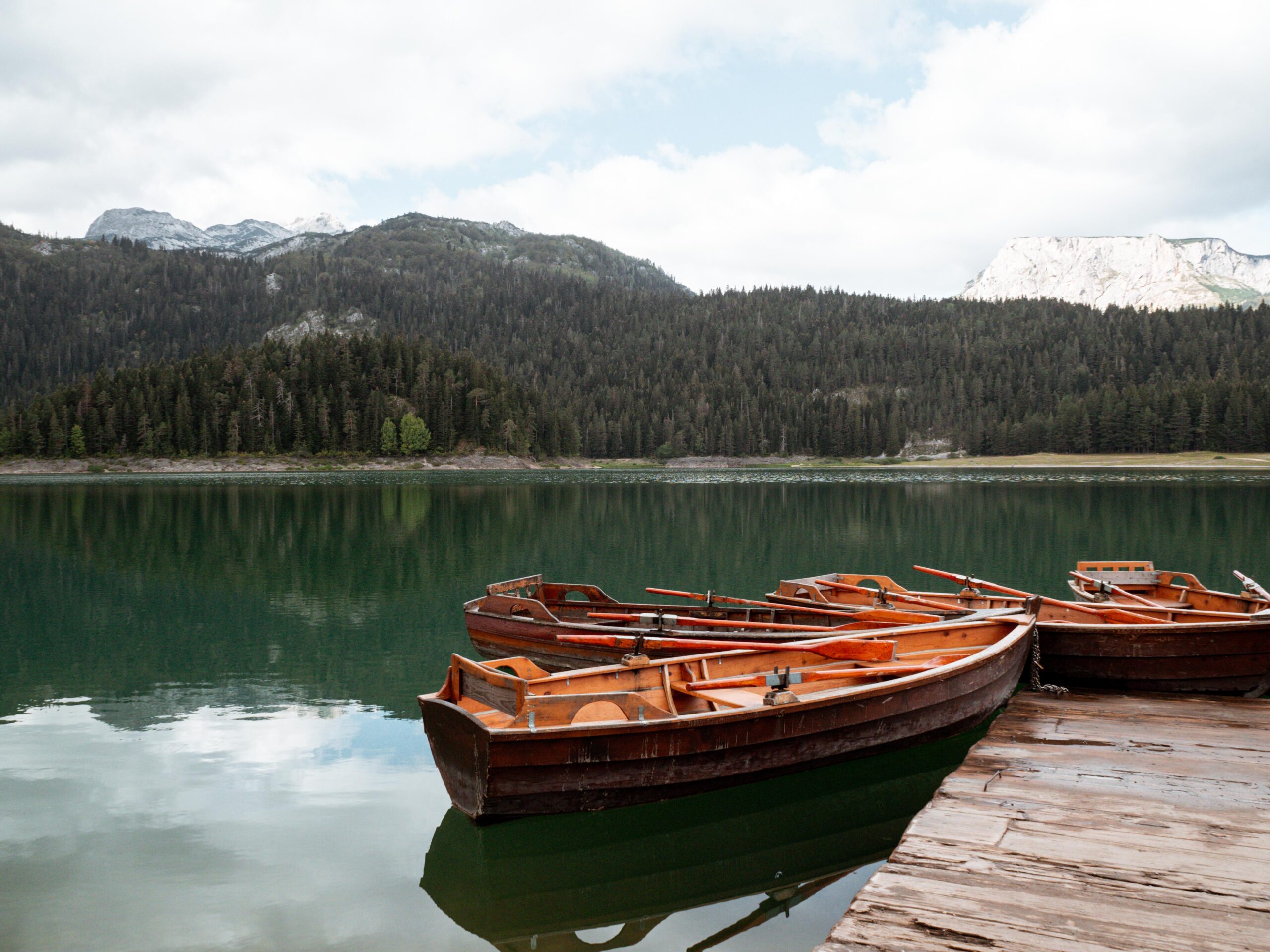
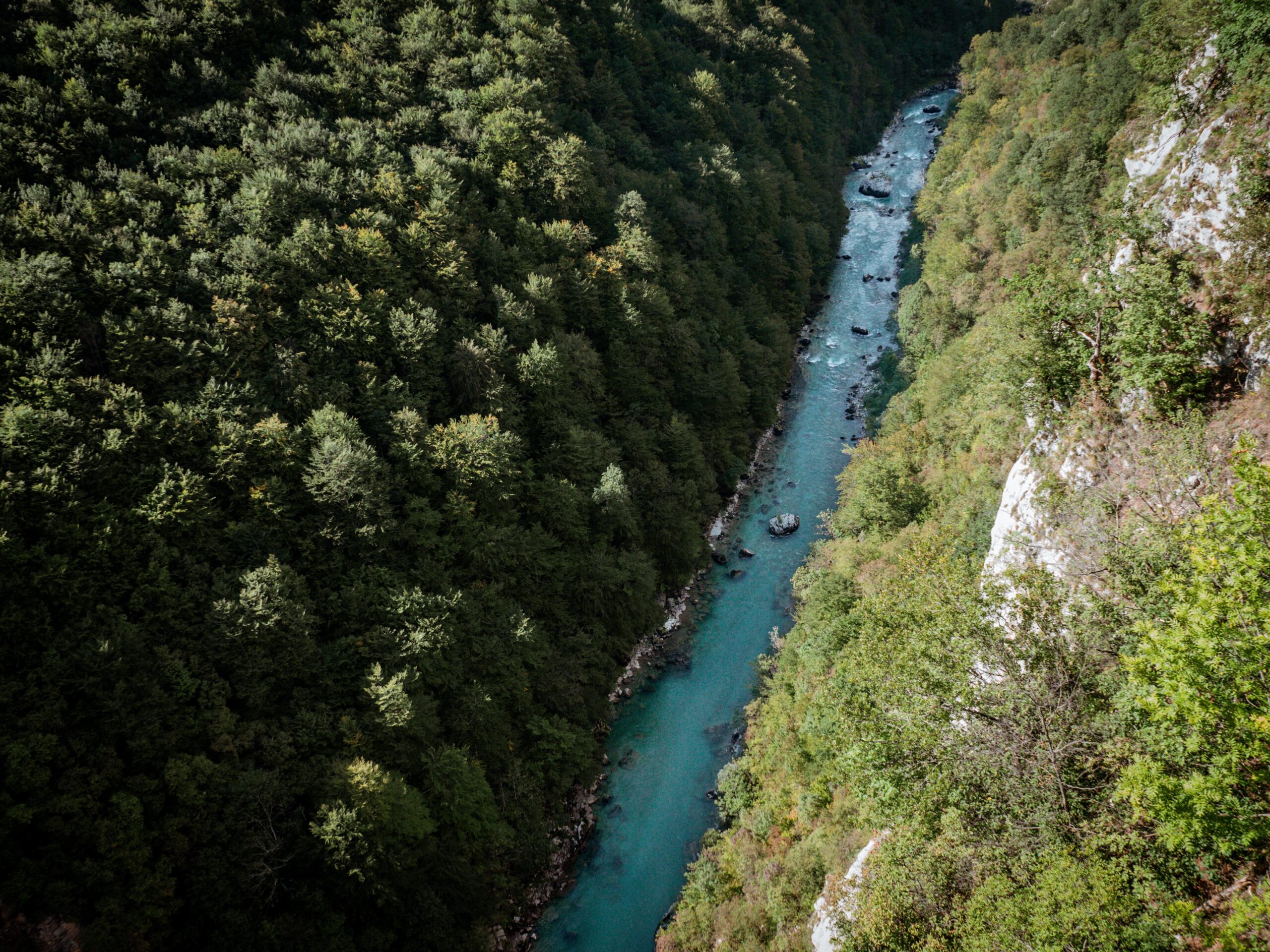



Cute creatures, history, breathtaking landscapes… ⛵️ This trip seems to have everything a travel lover desire Definitely go to my bucket list
Thanks Vera for sharing with us 🙂 also the map will be super useful. And the photos? WOW